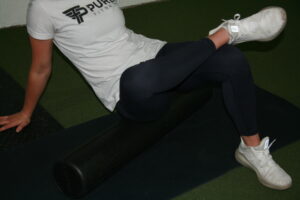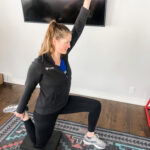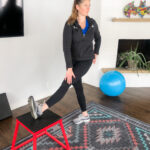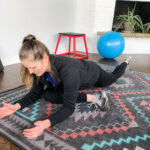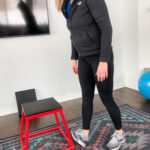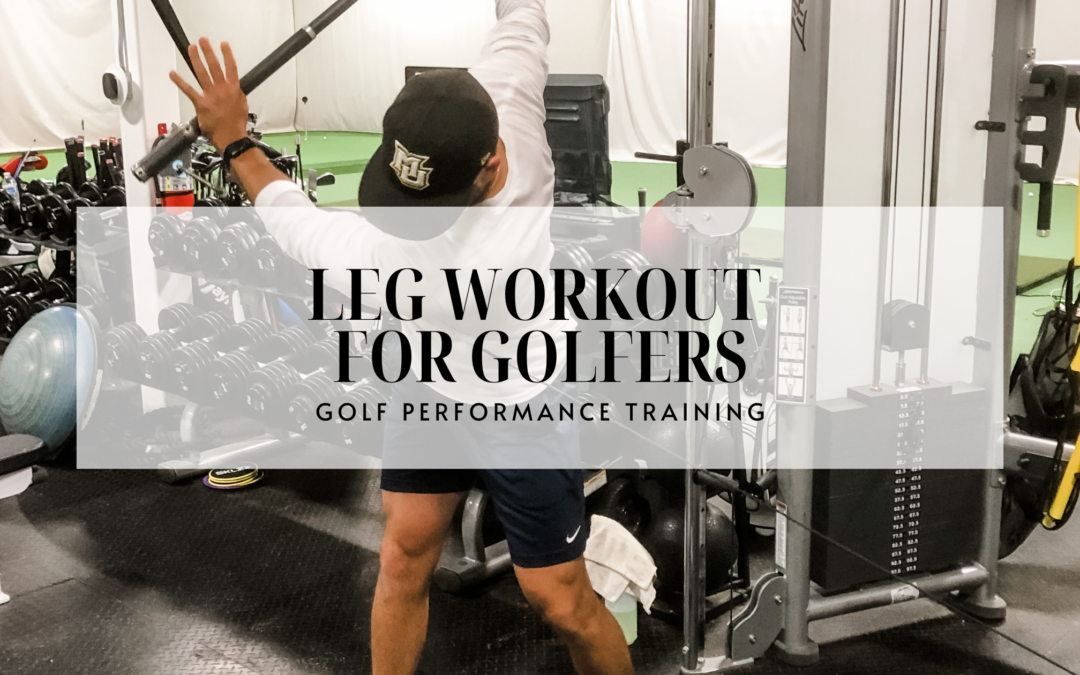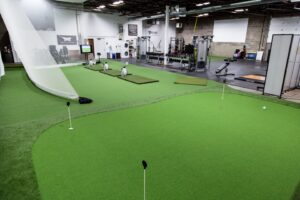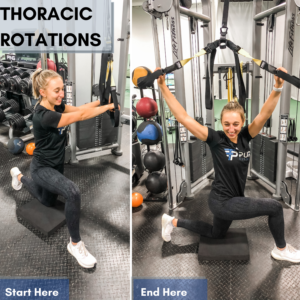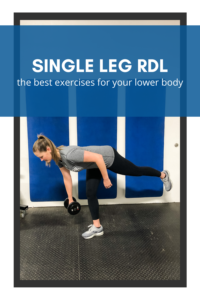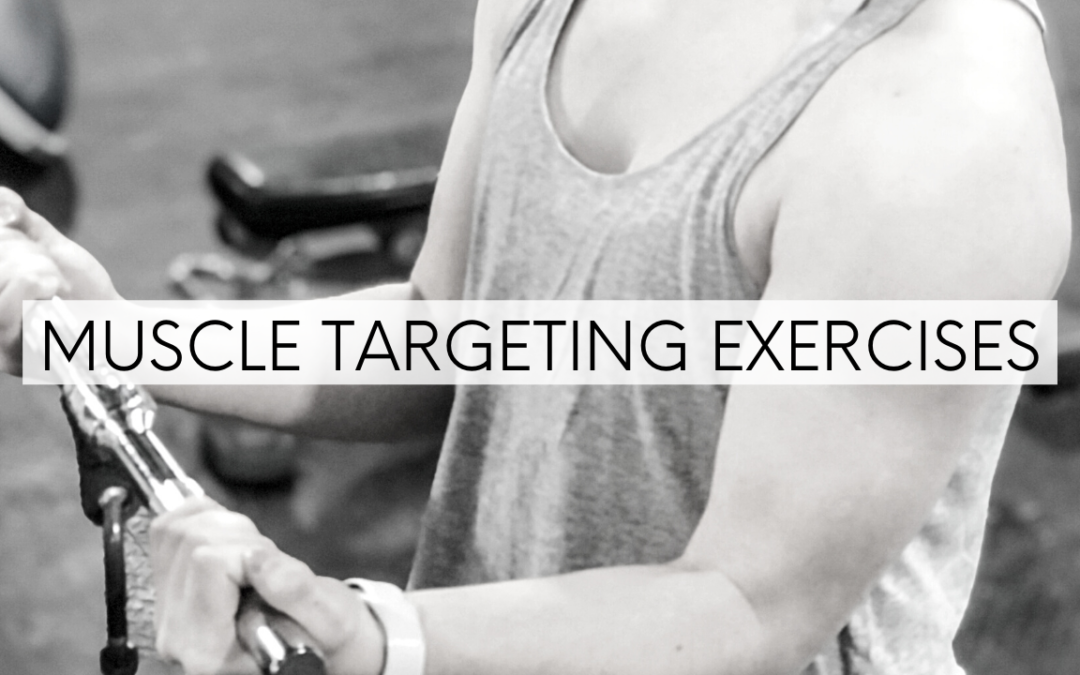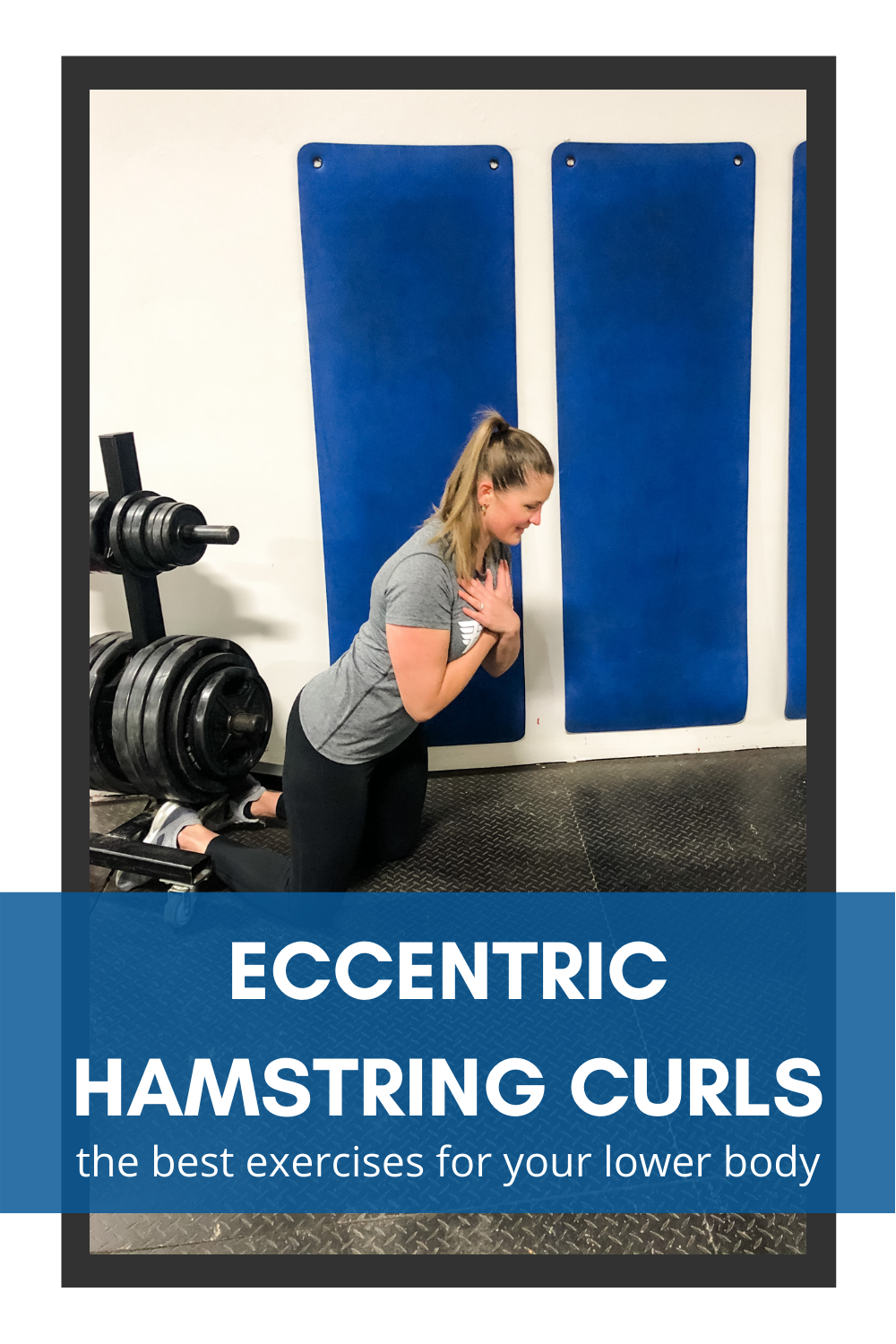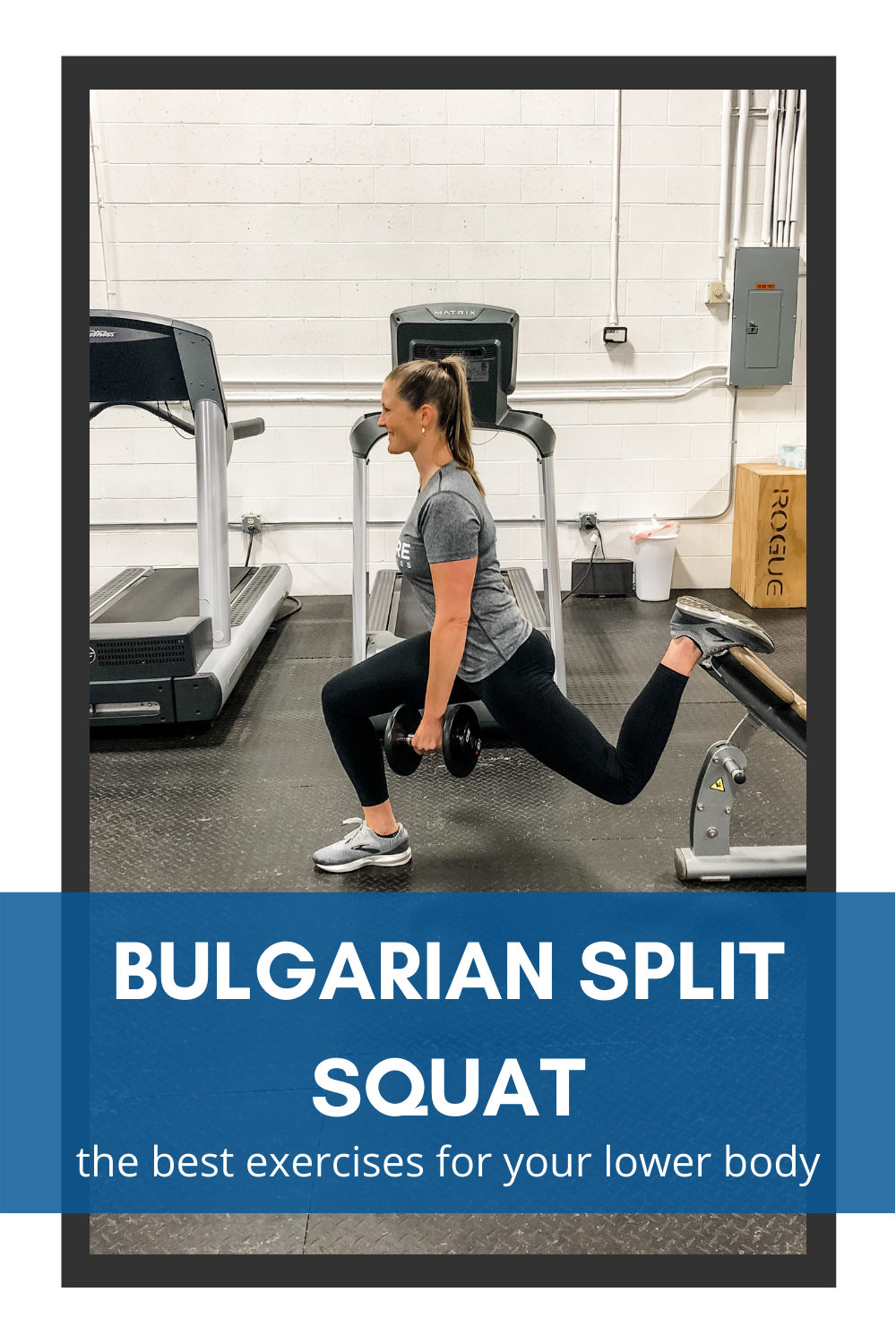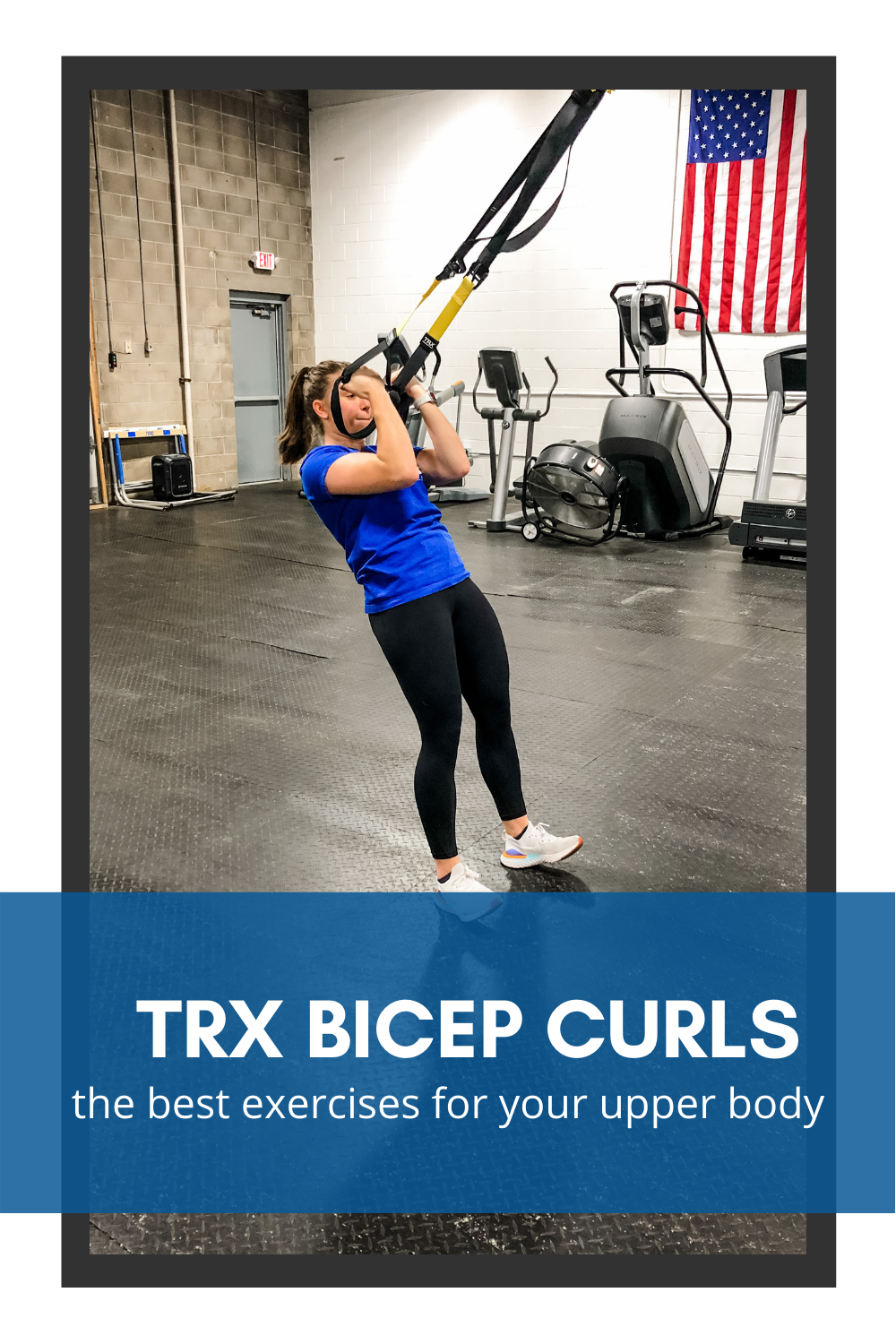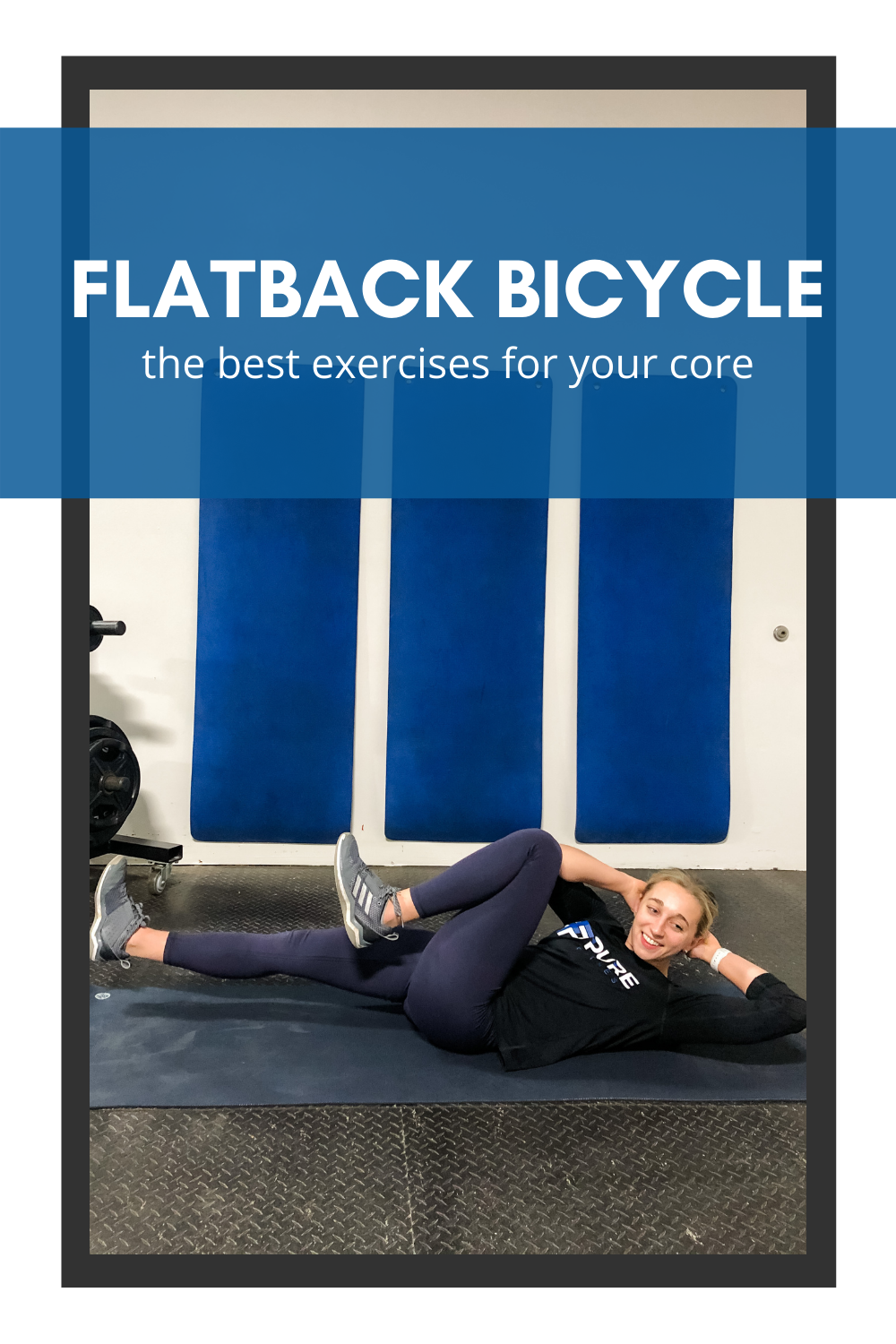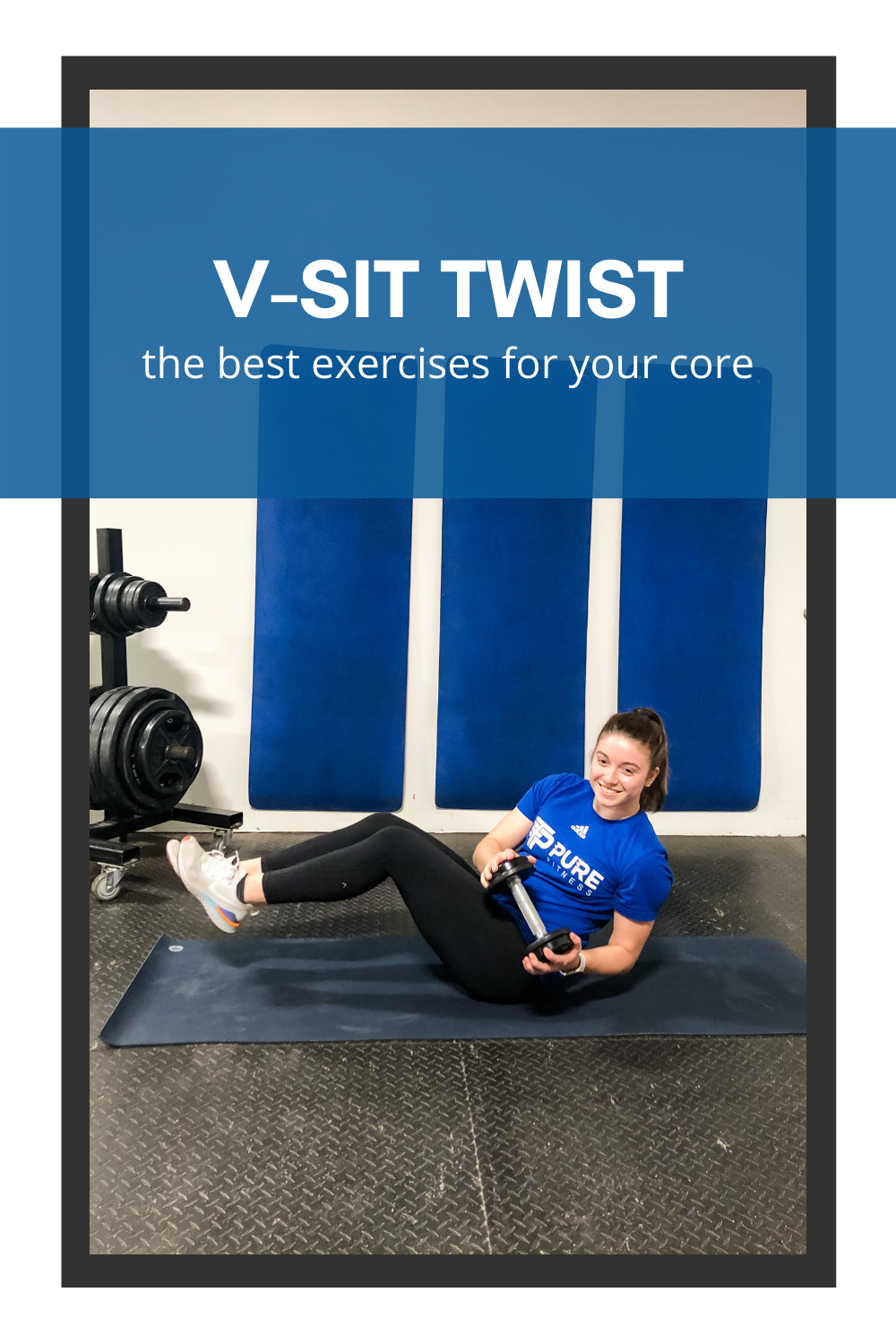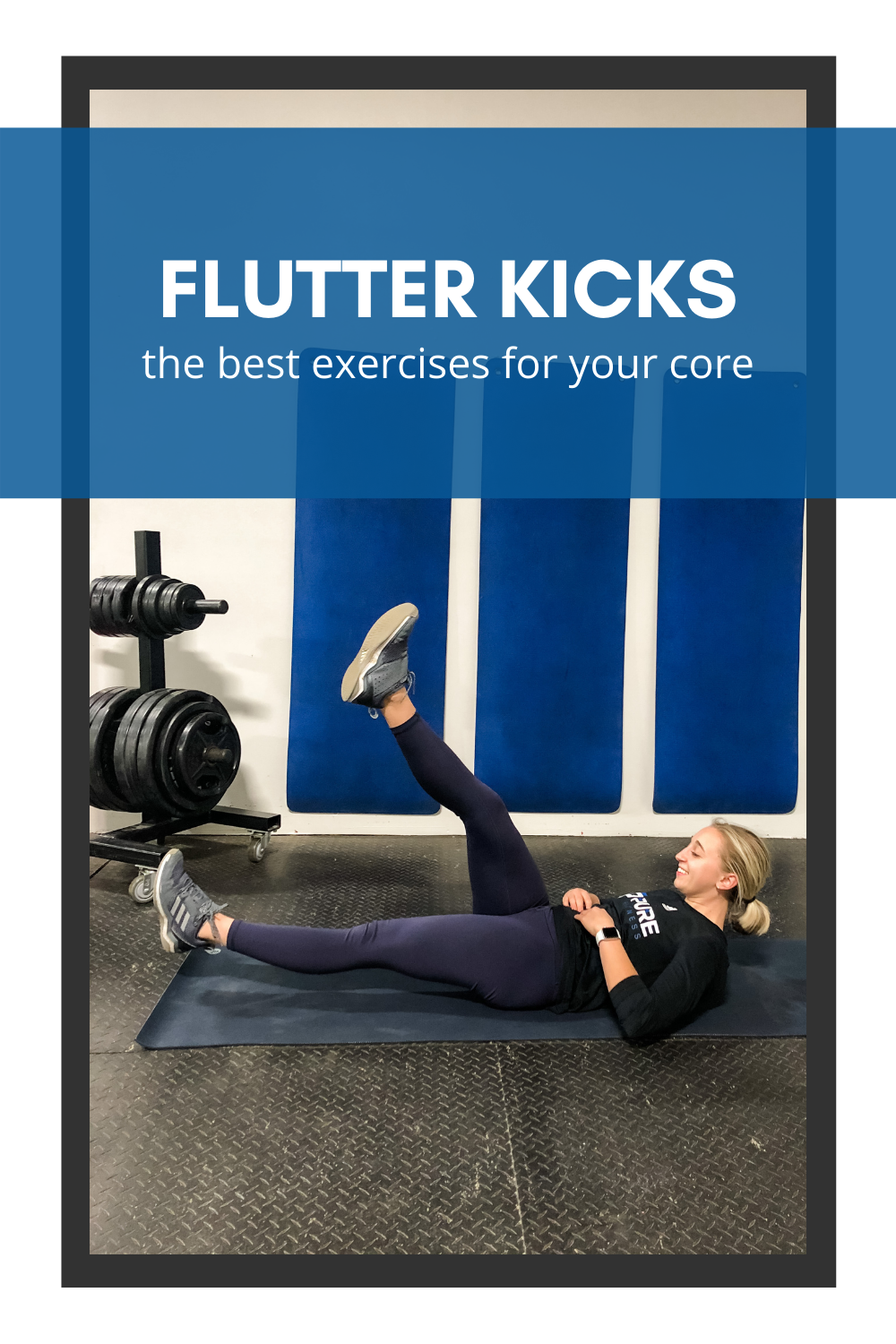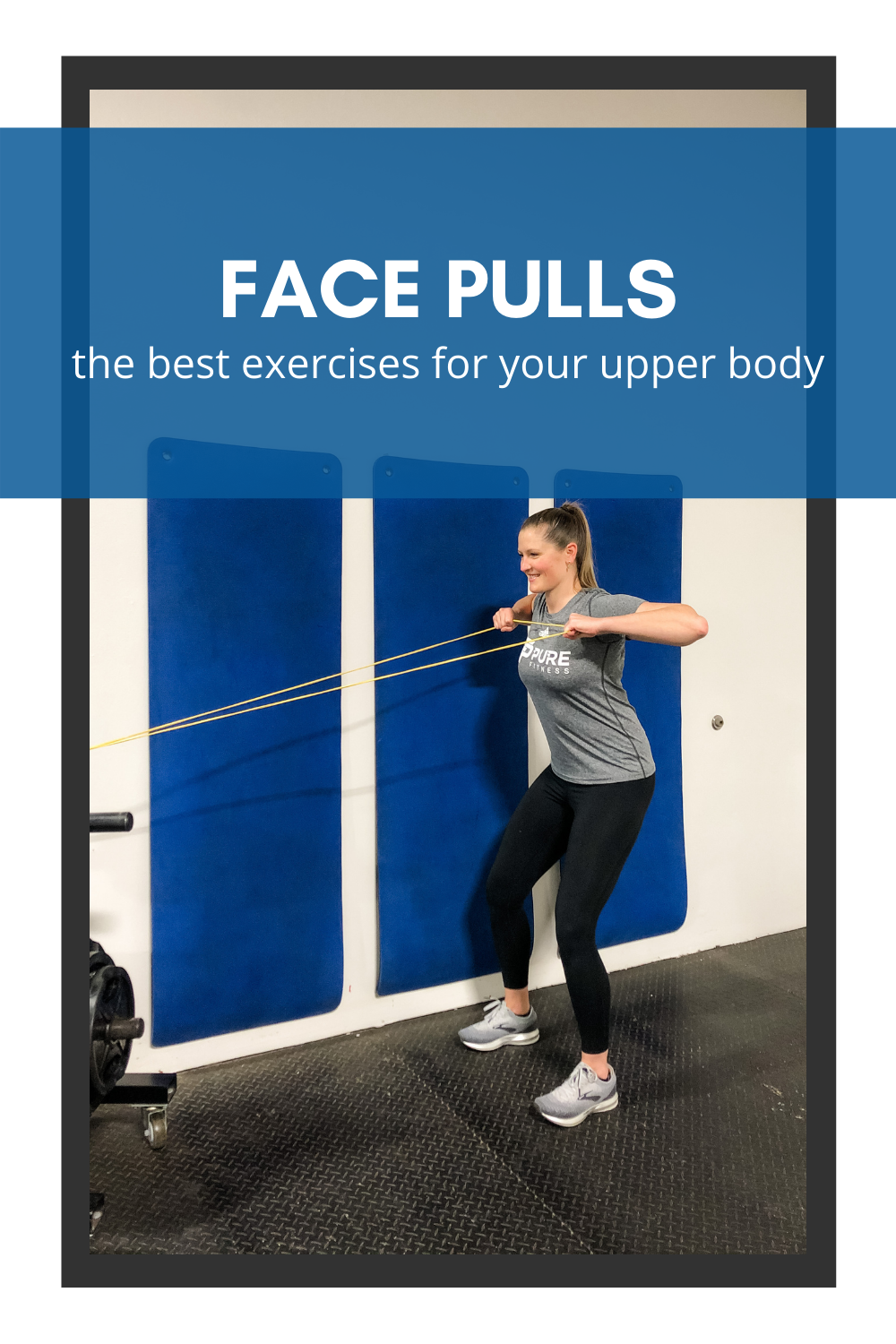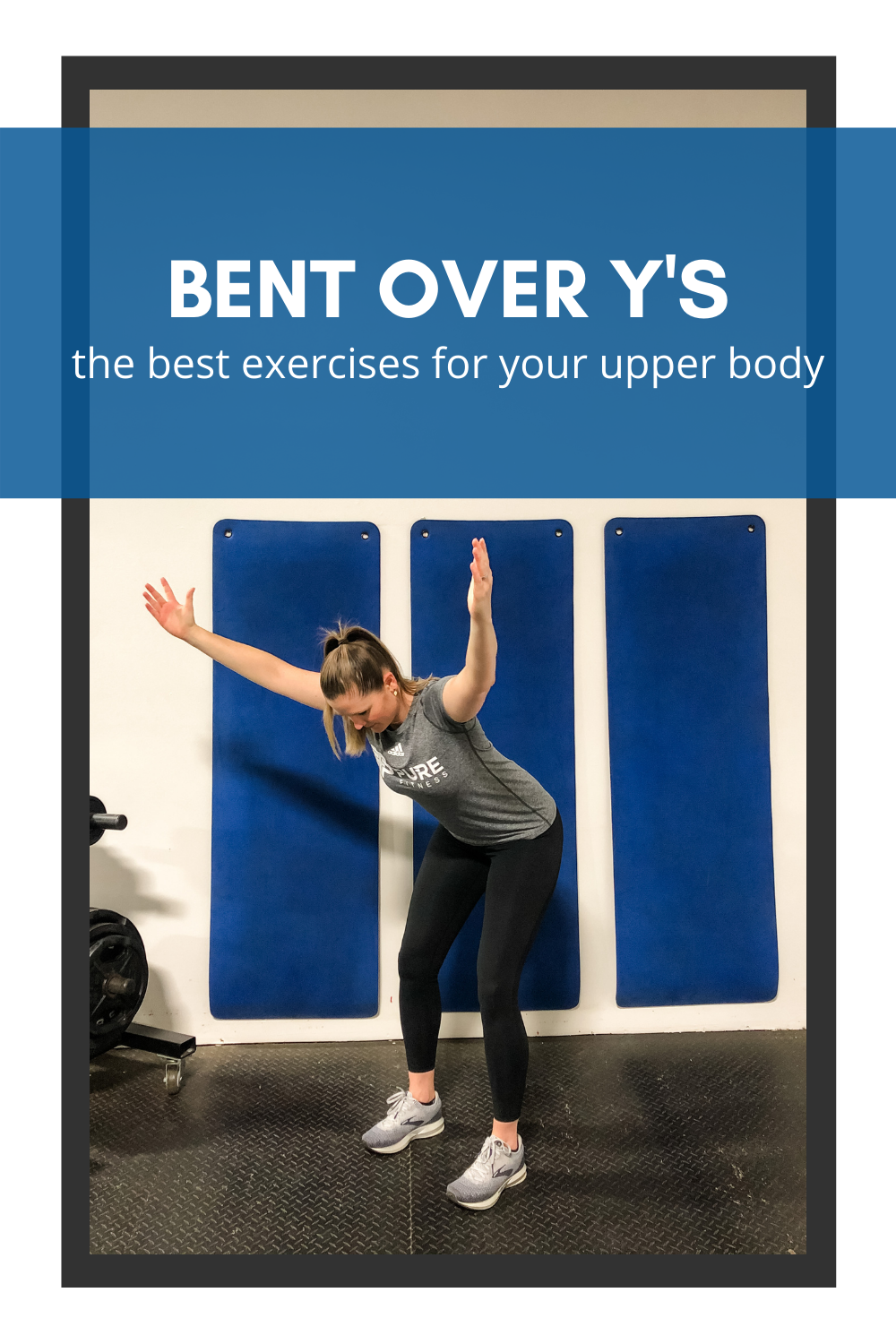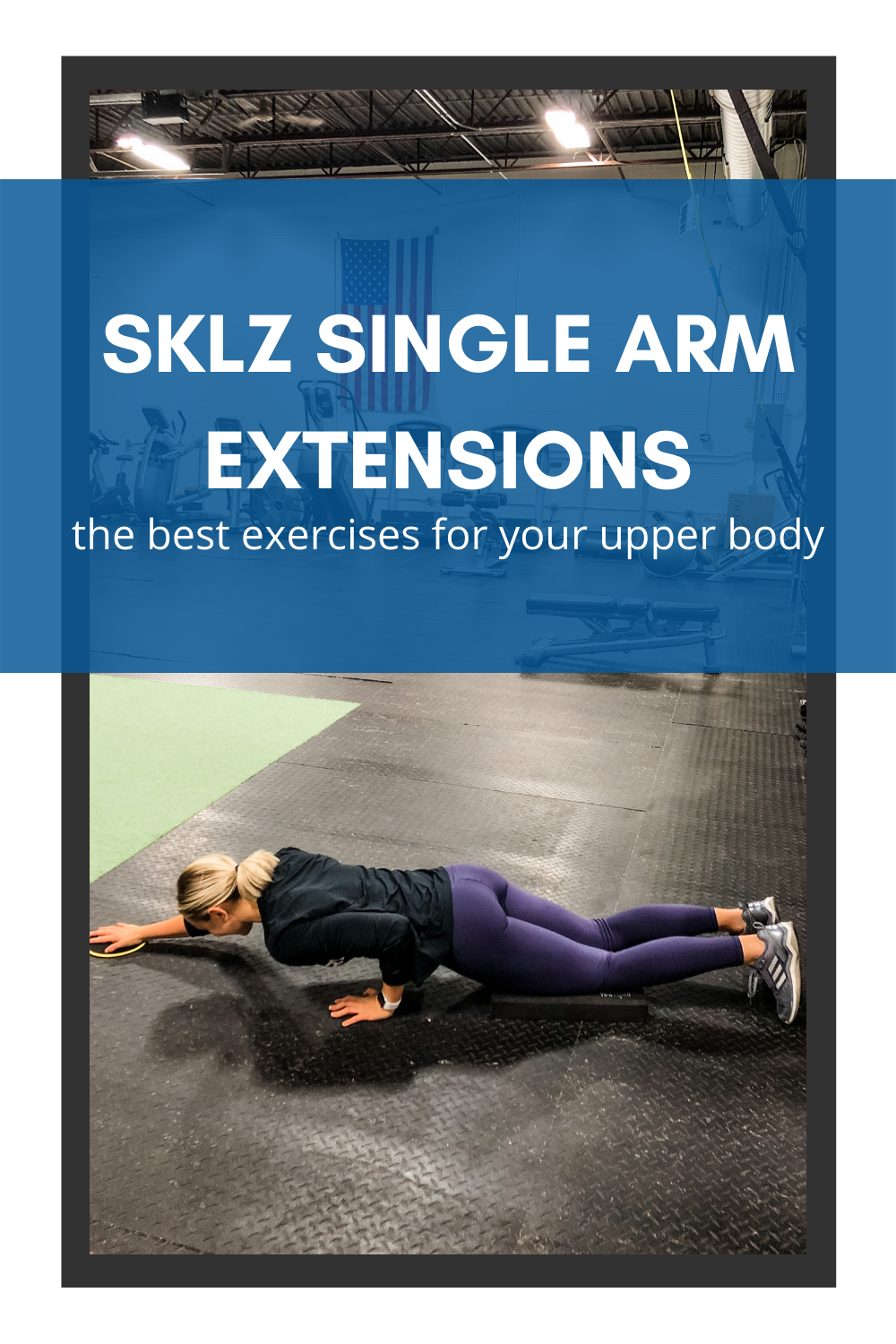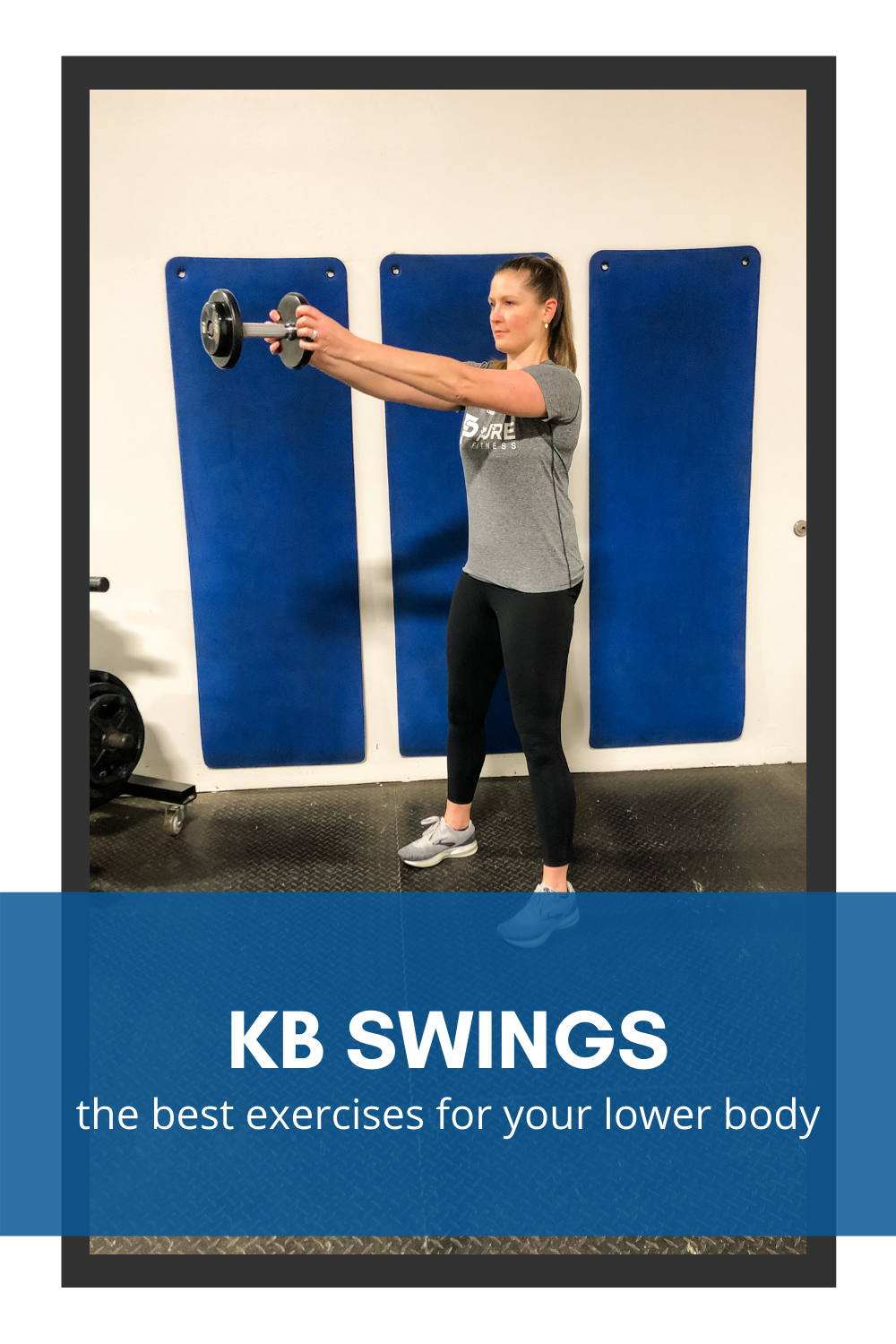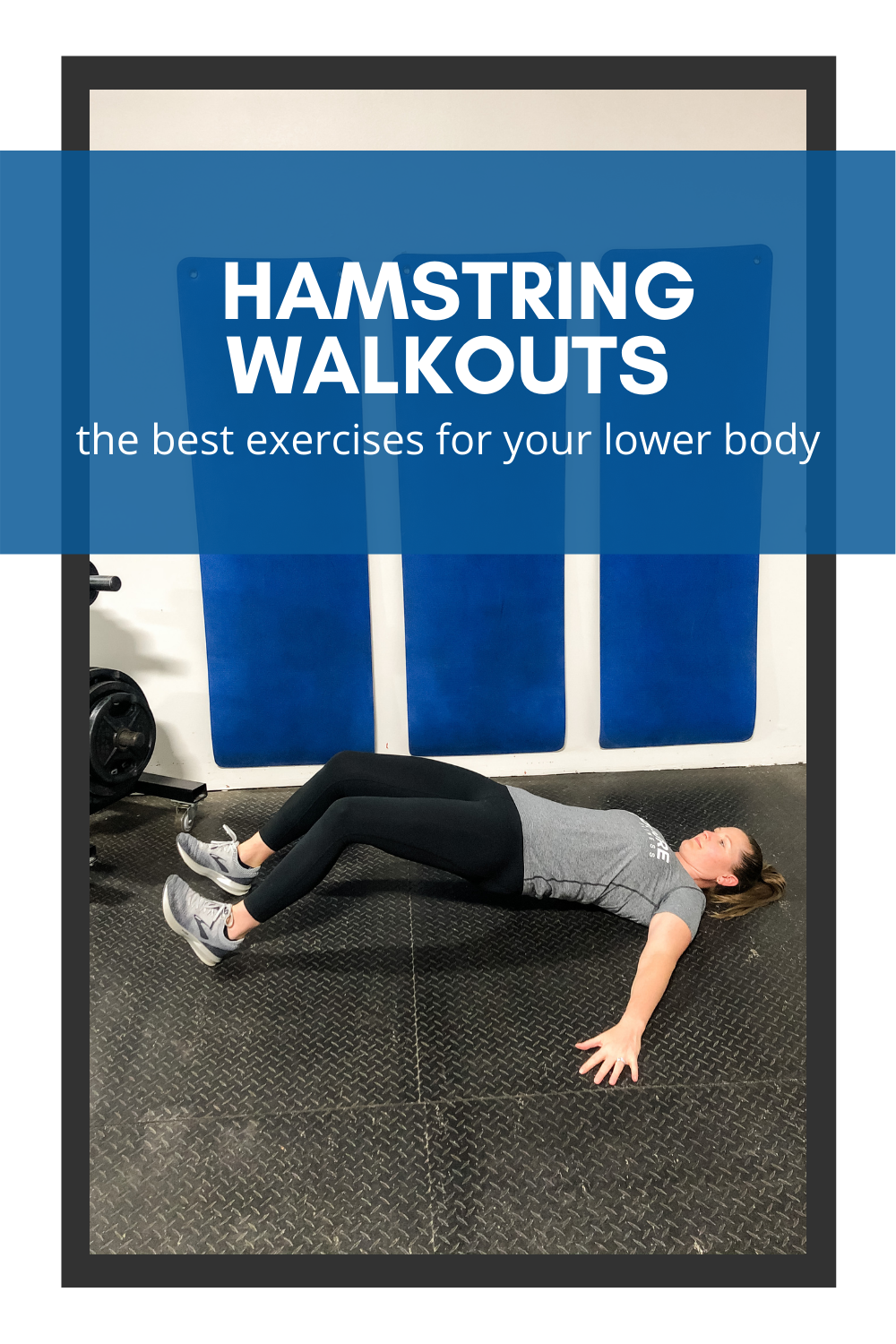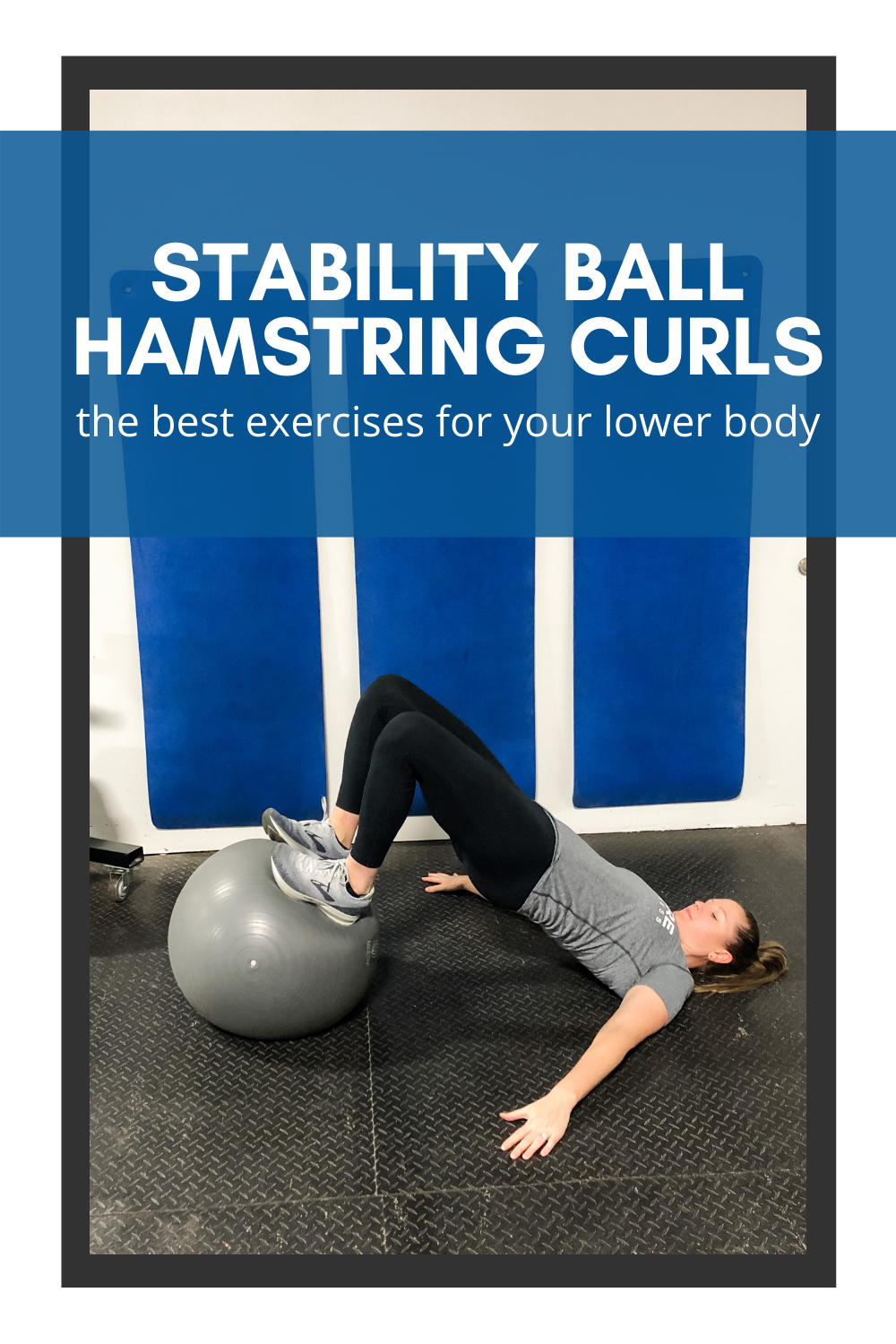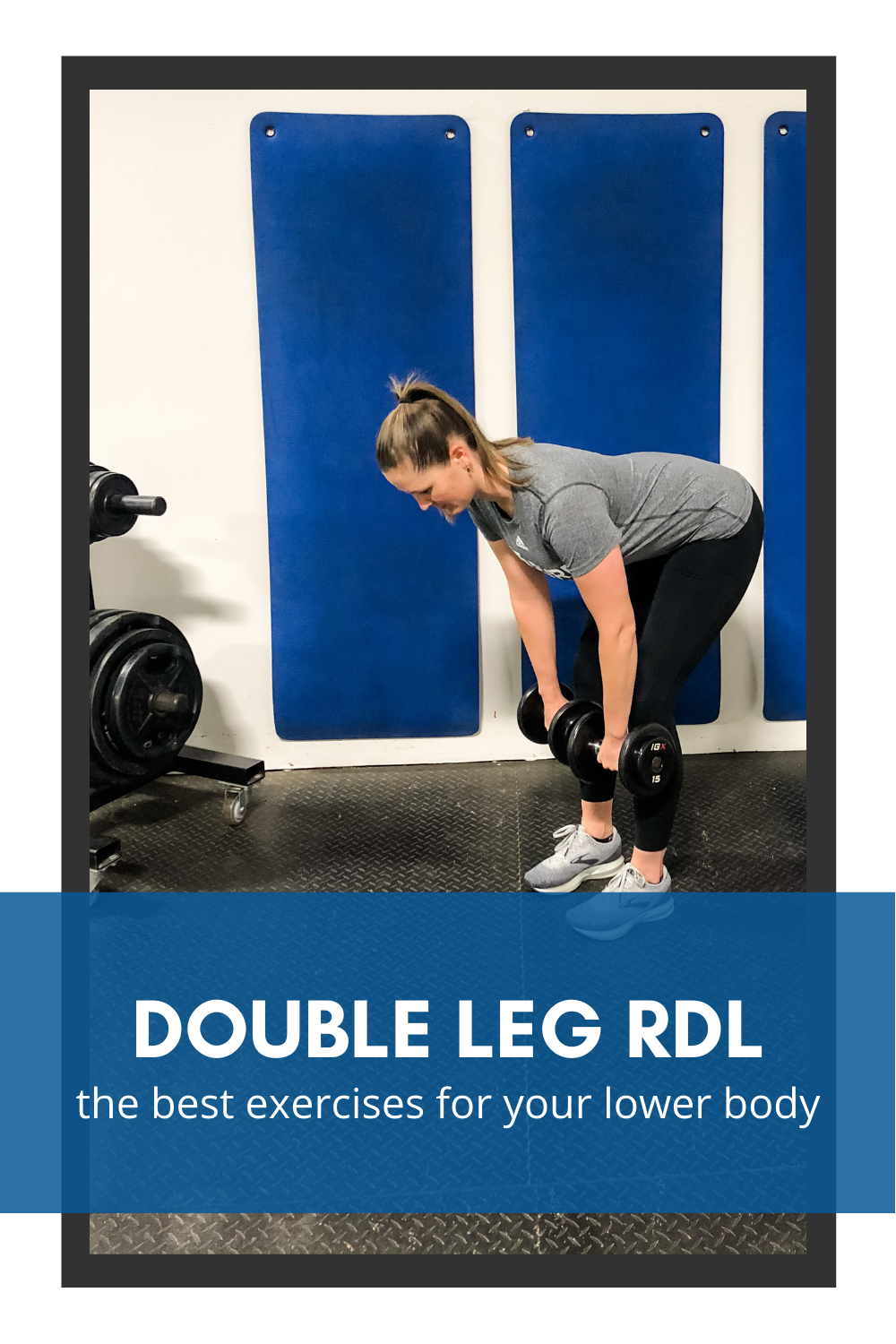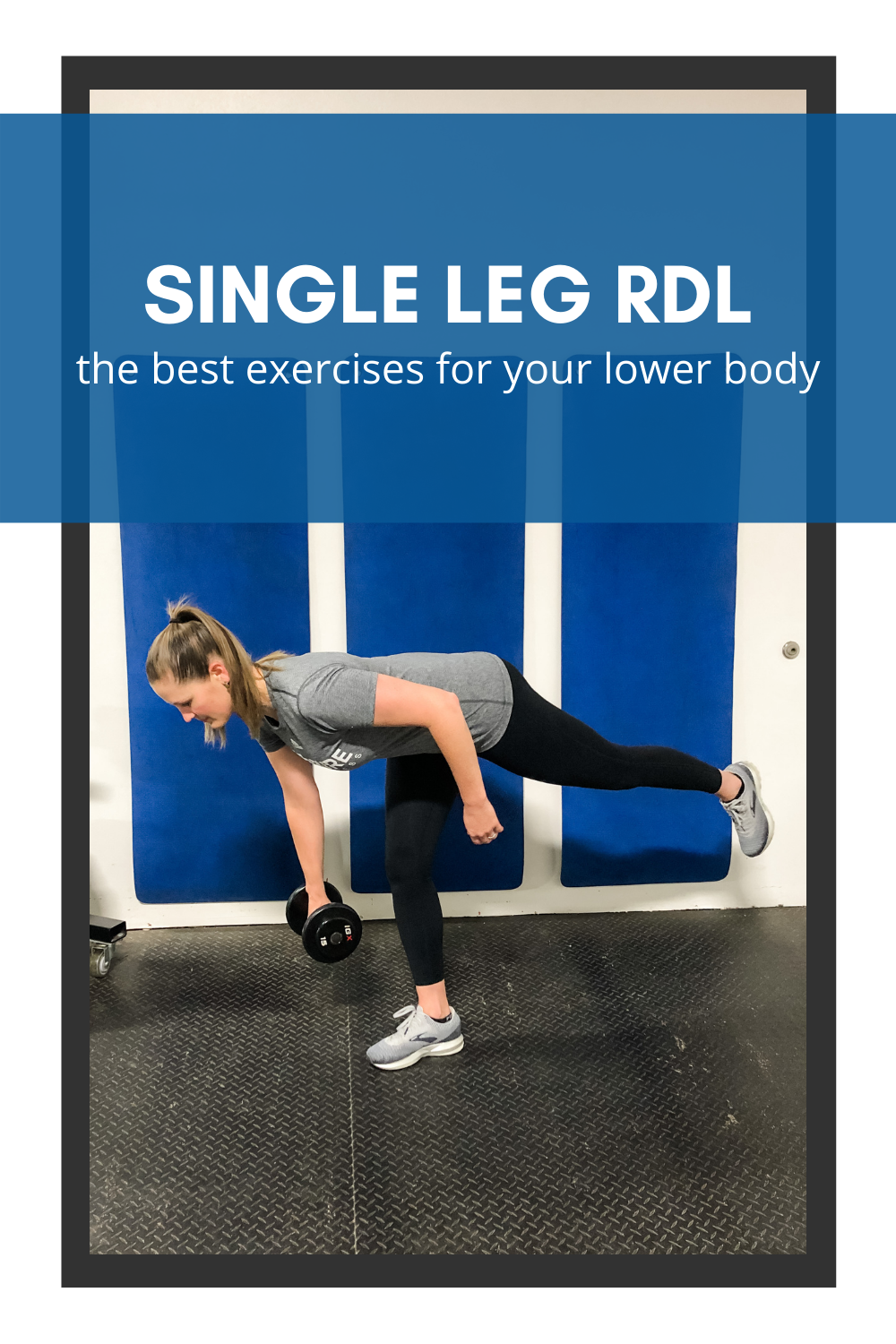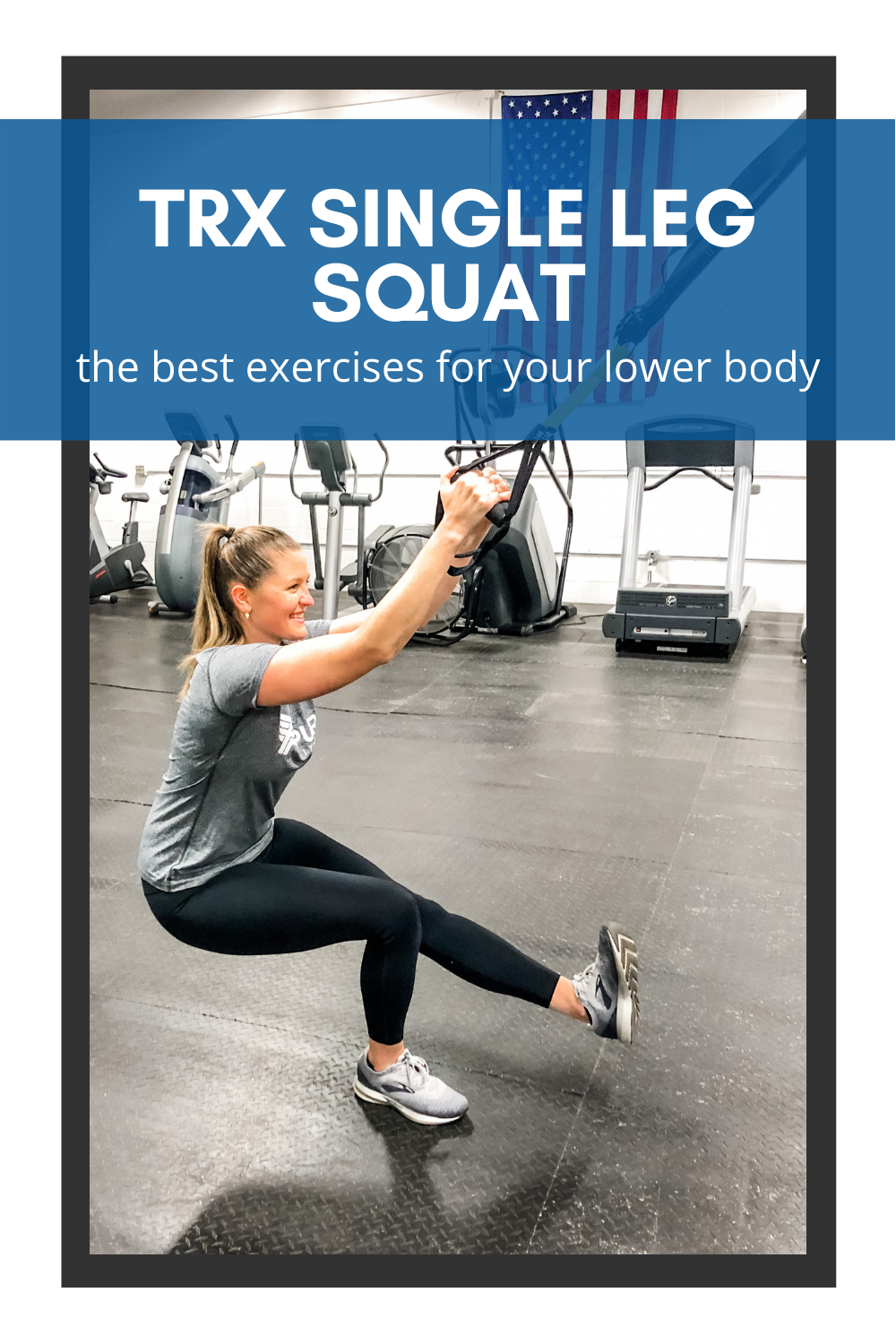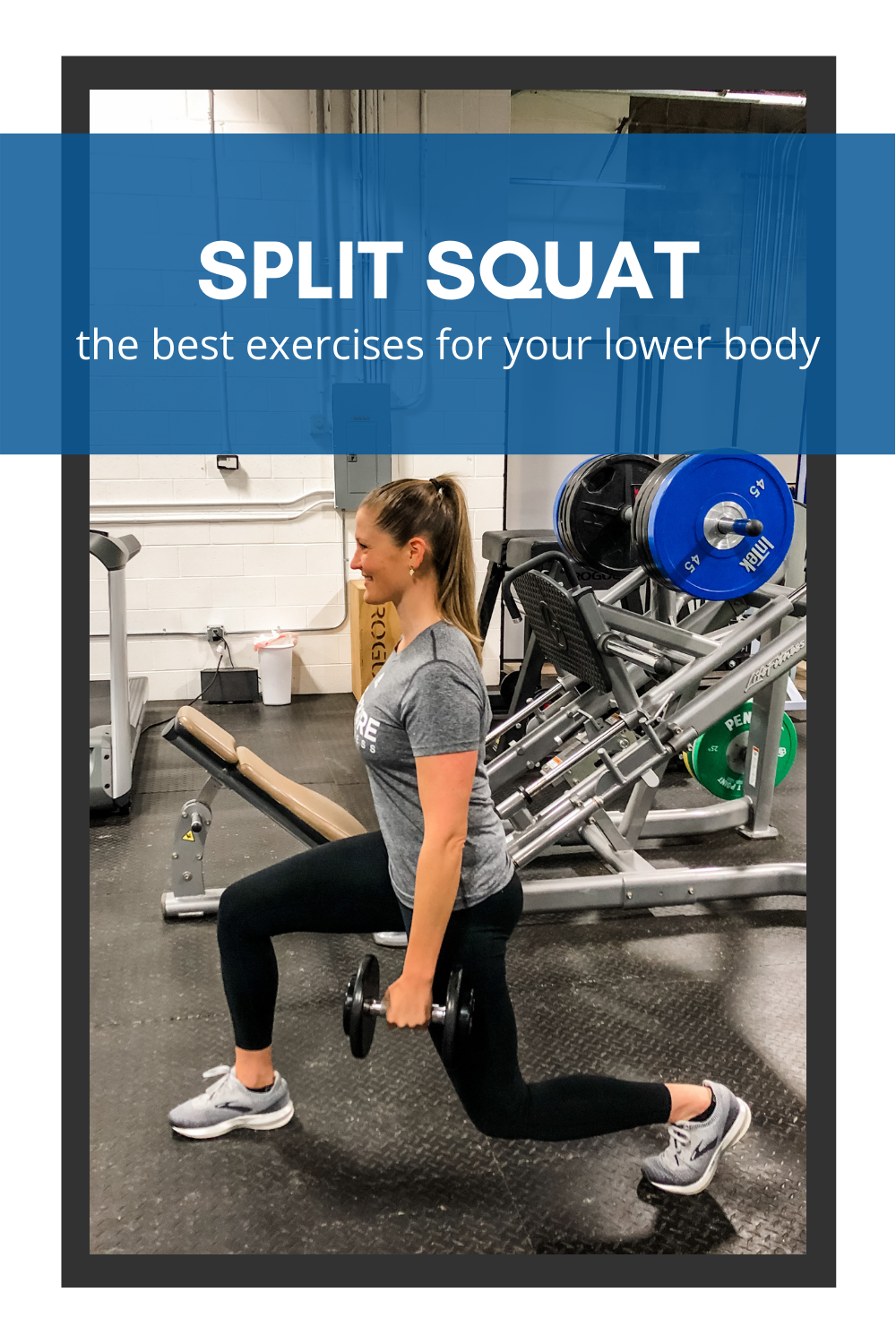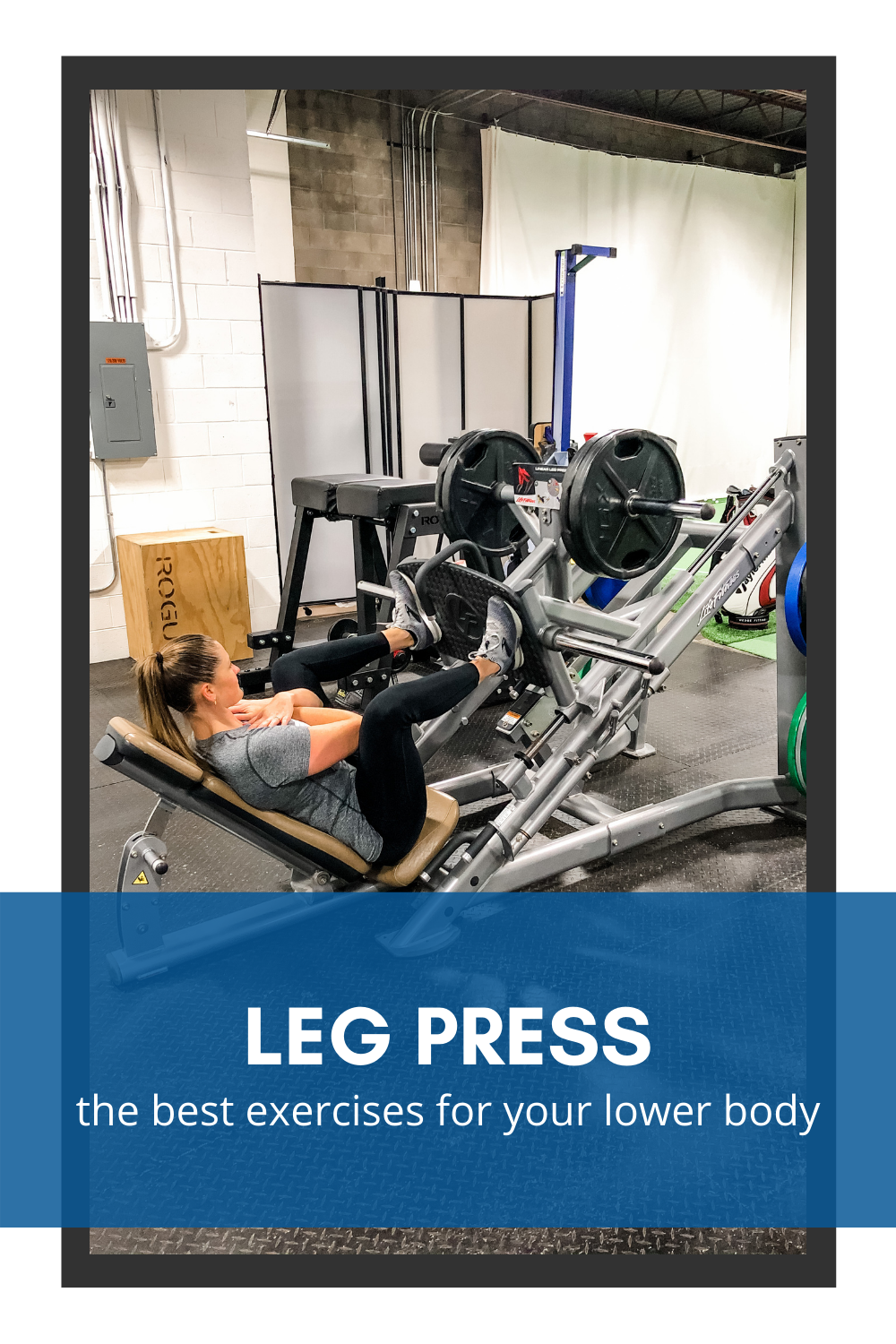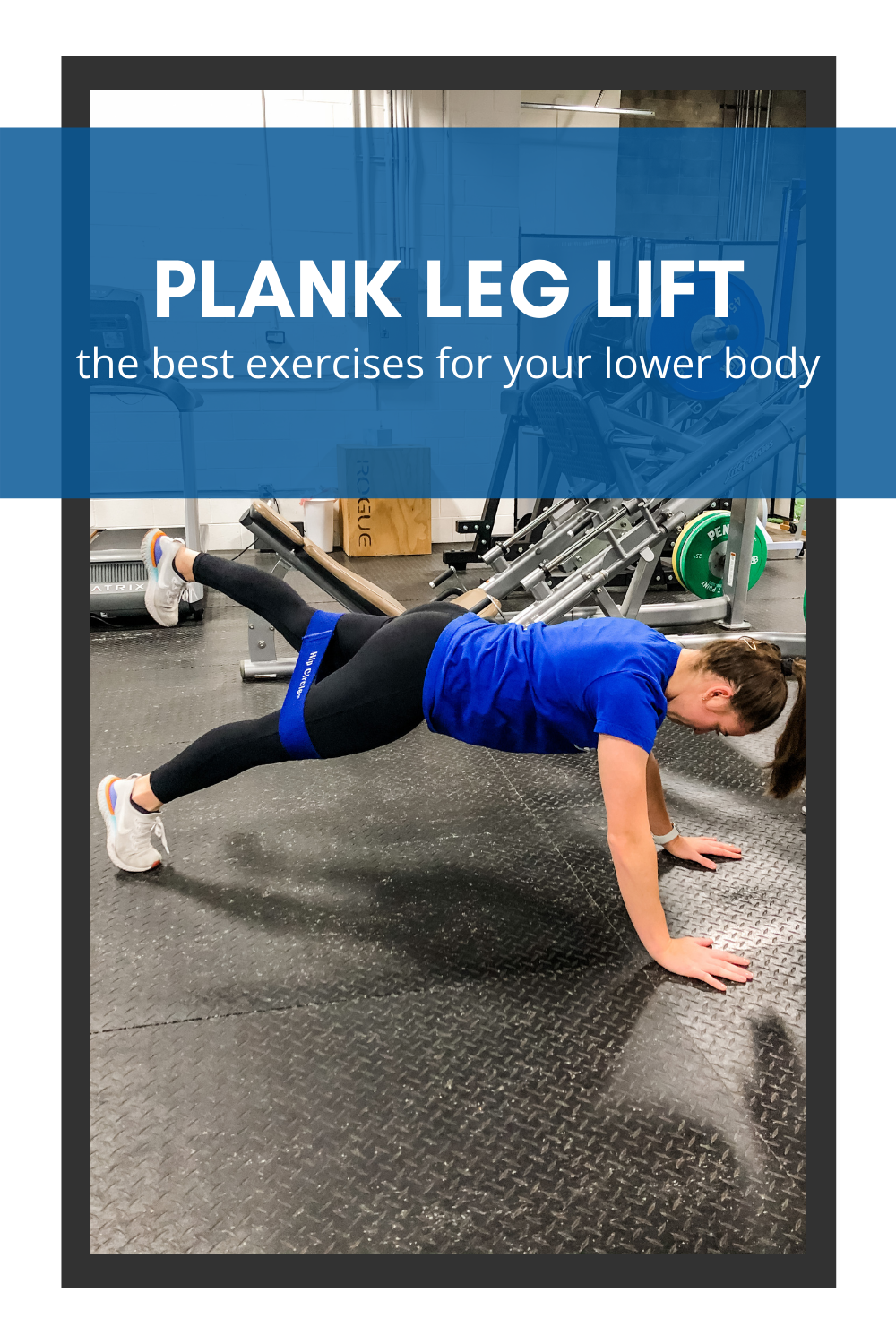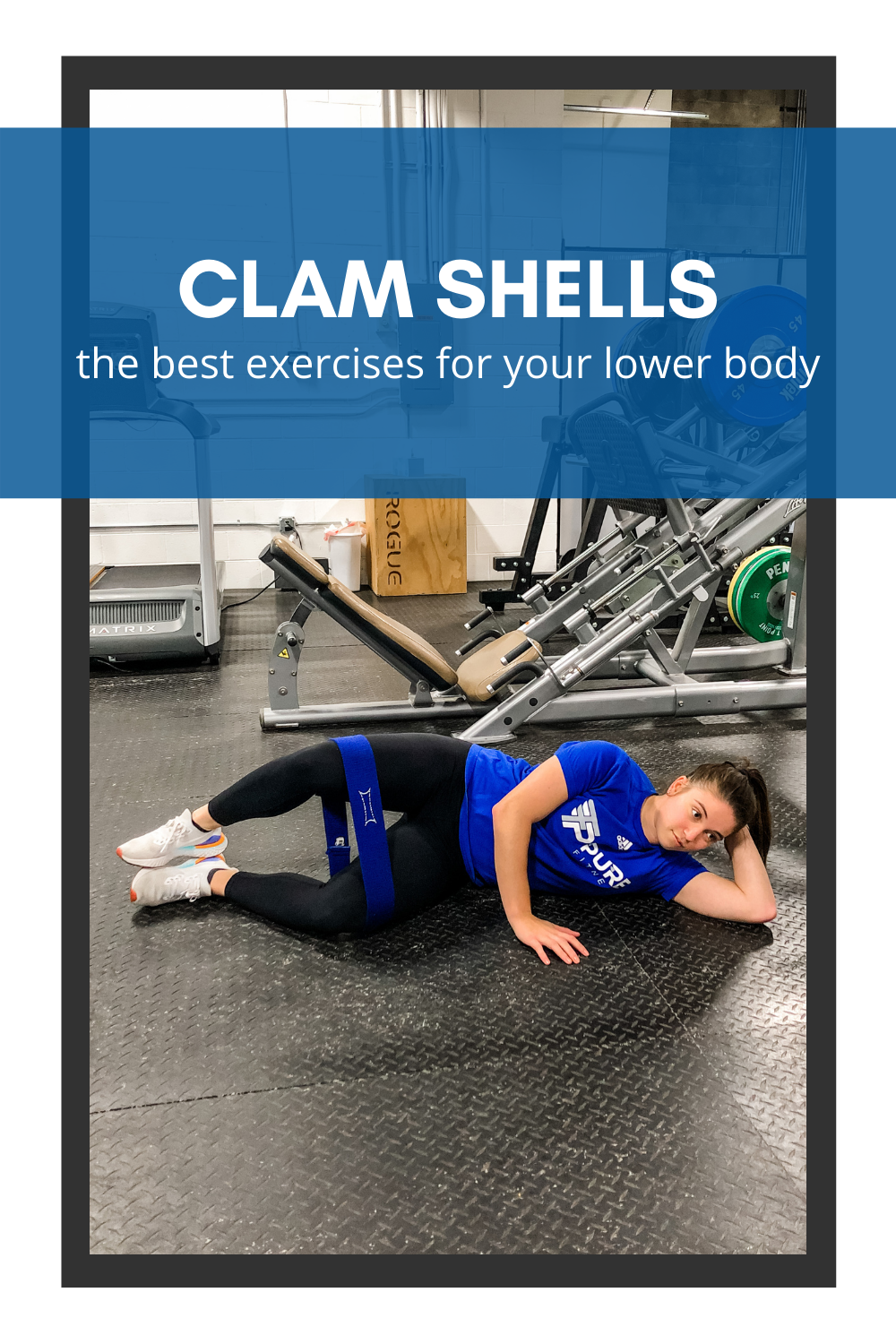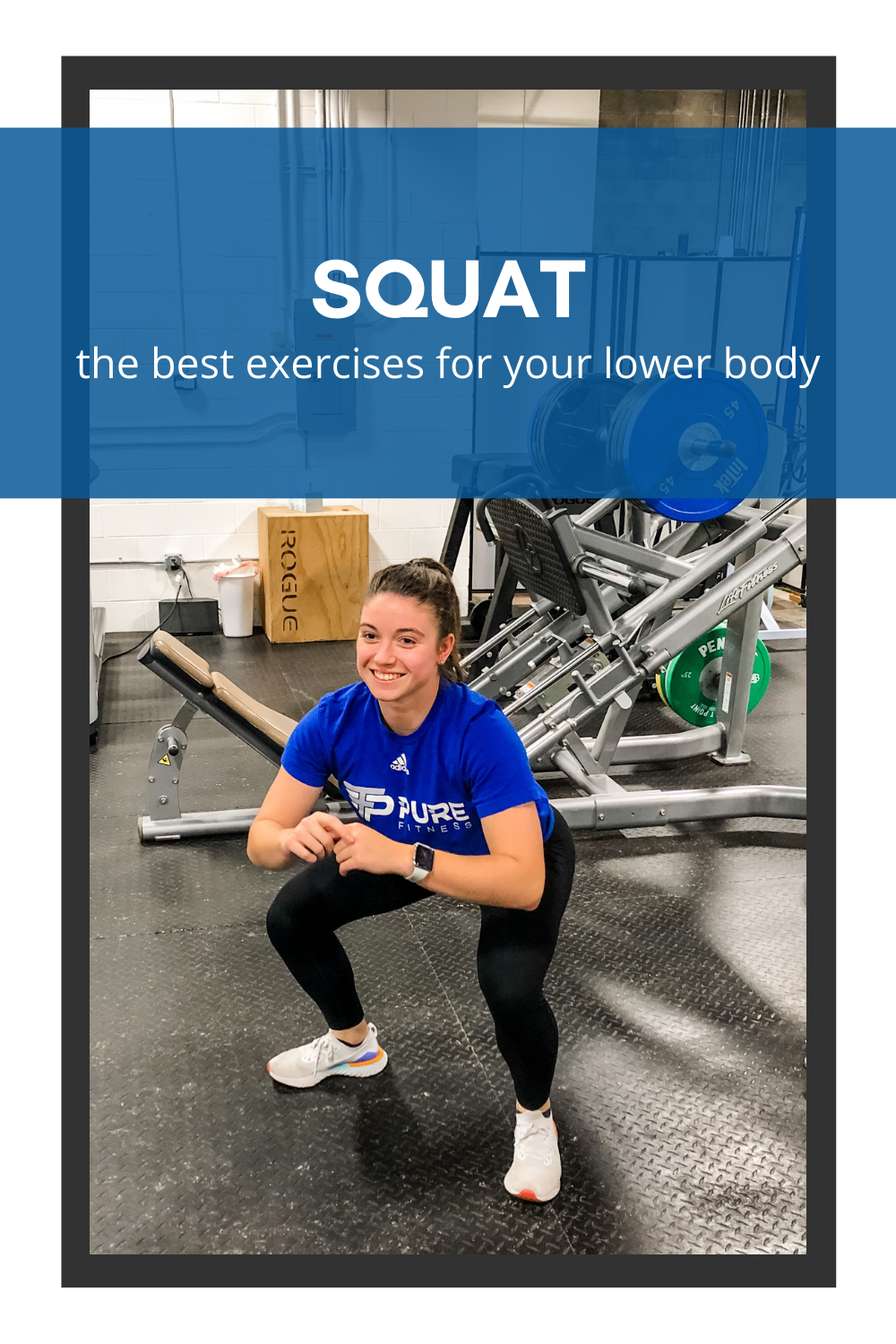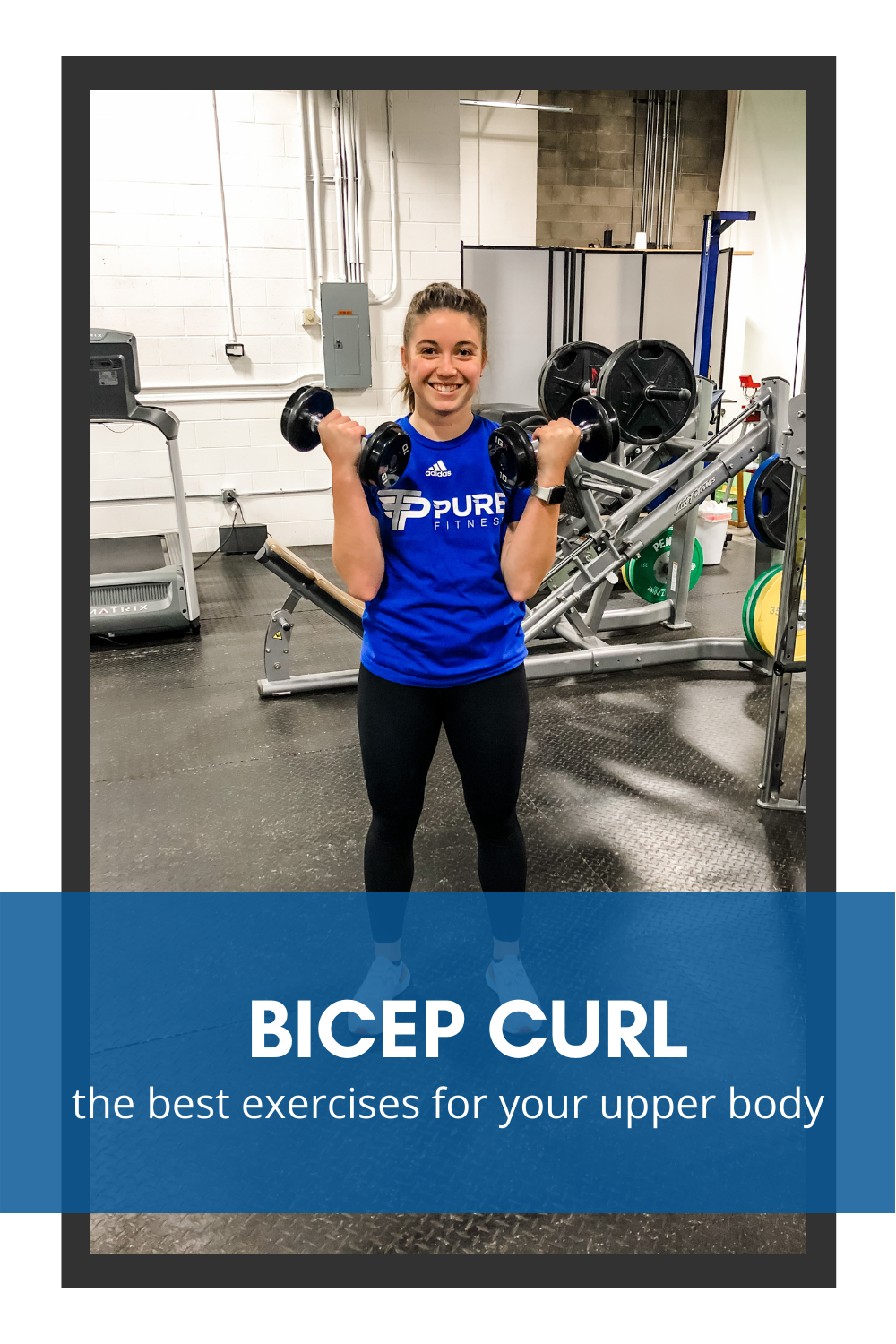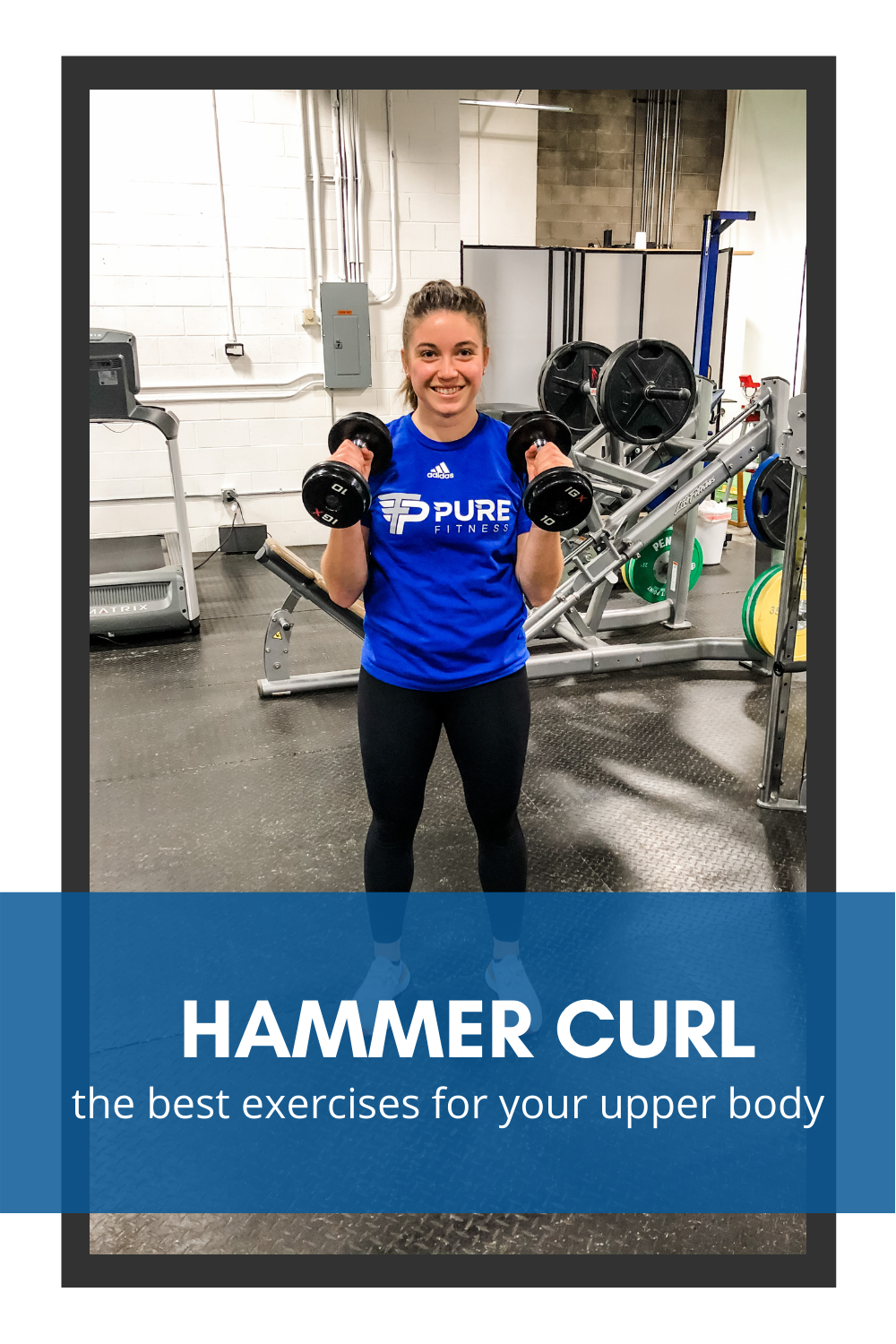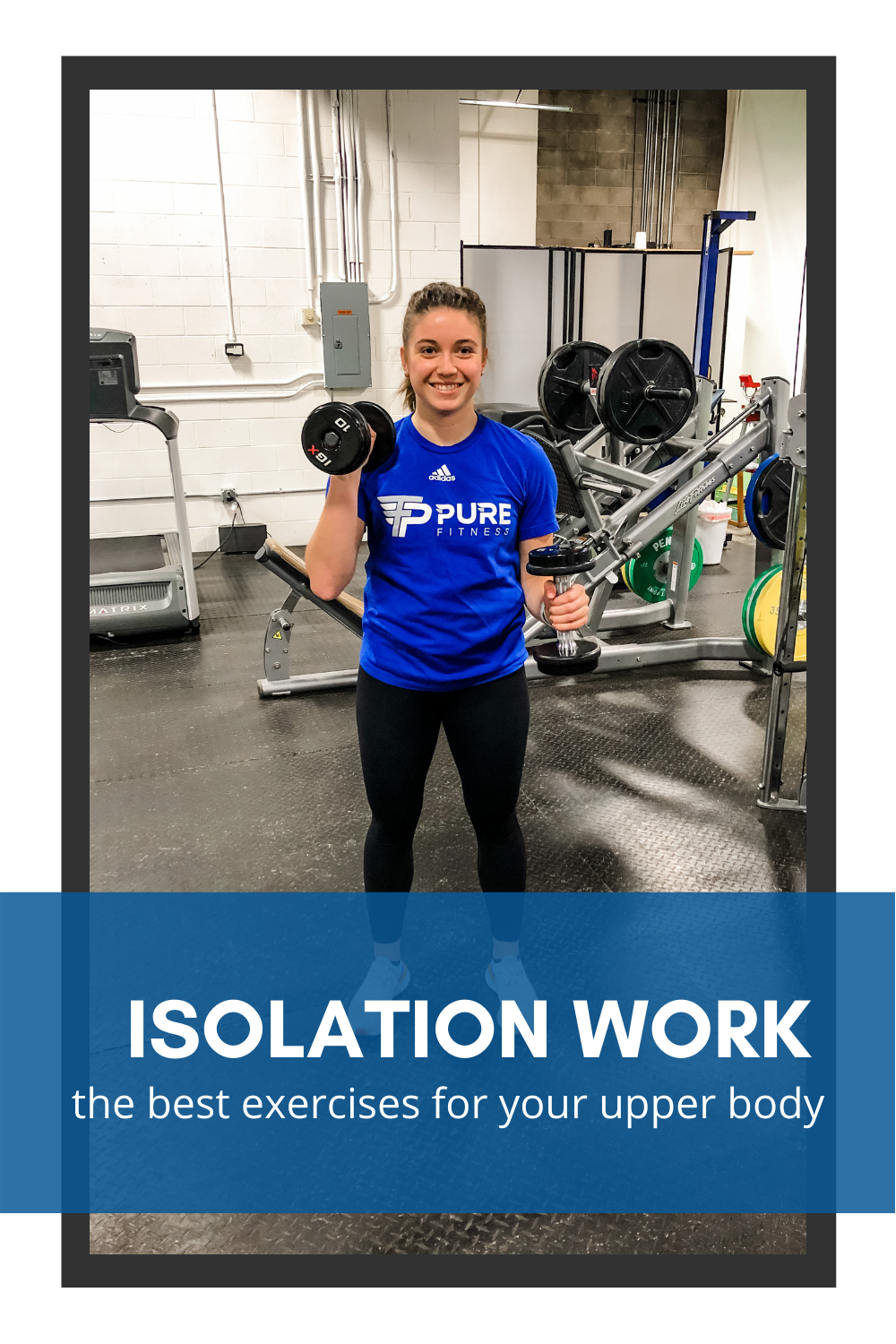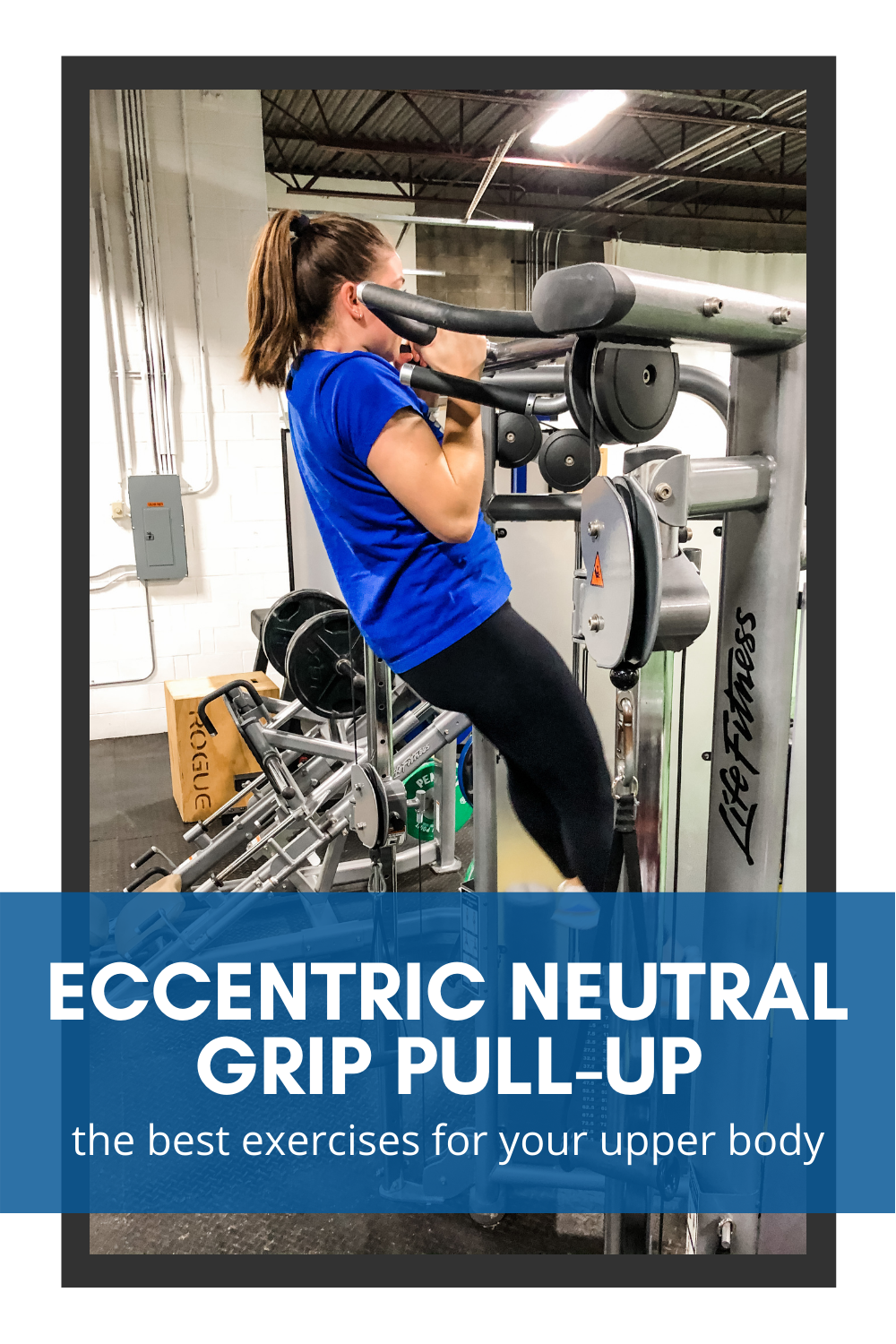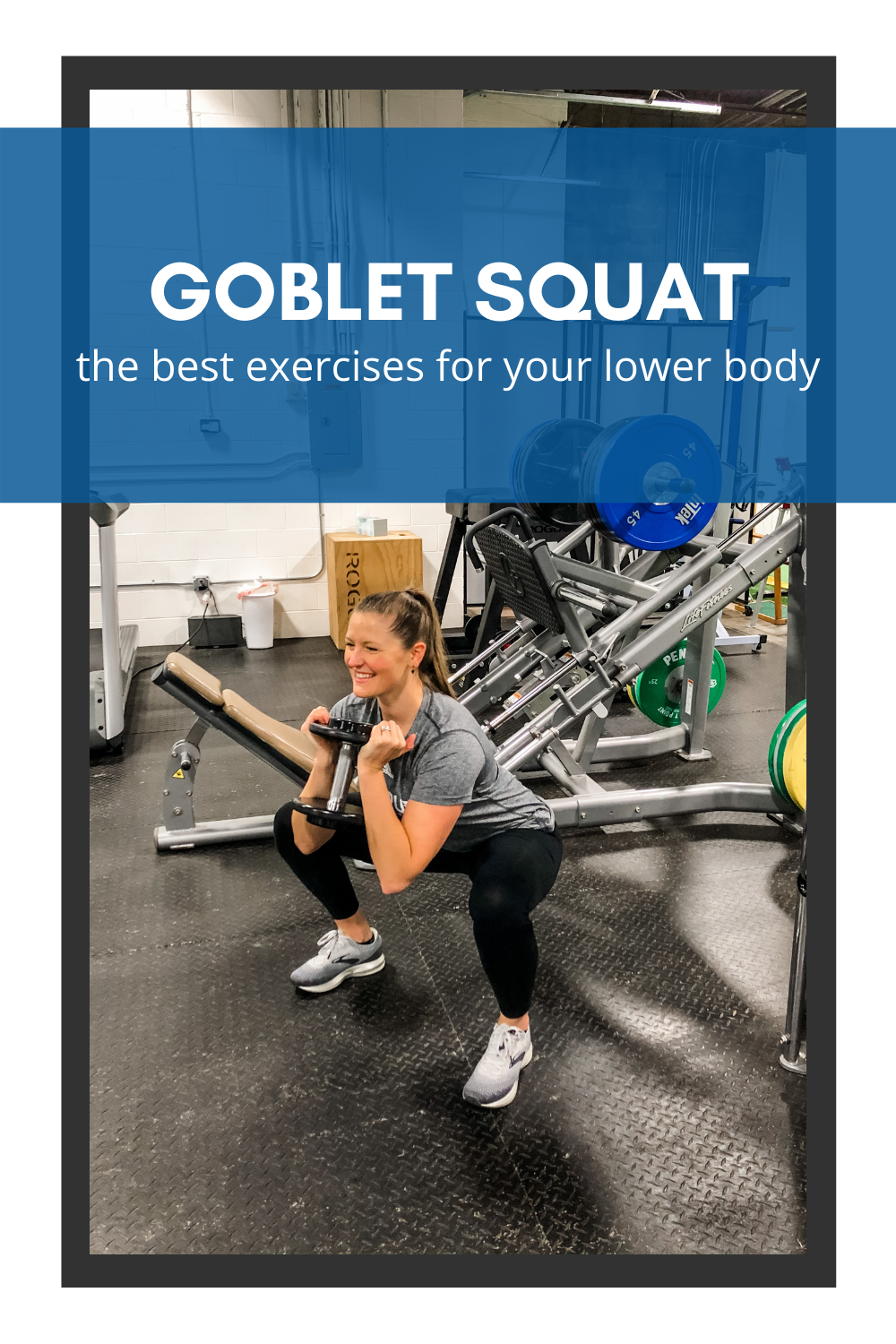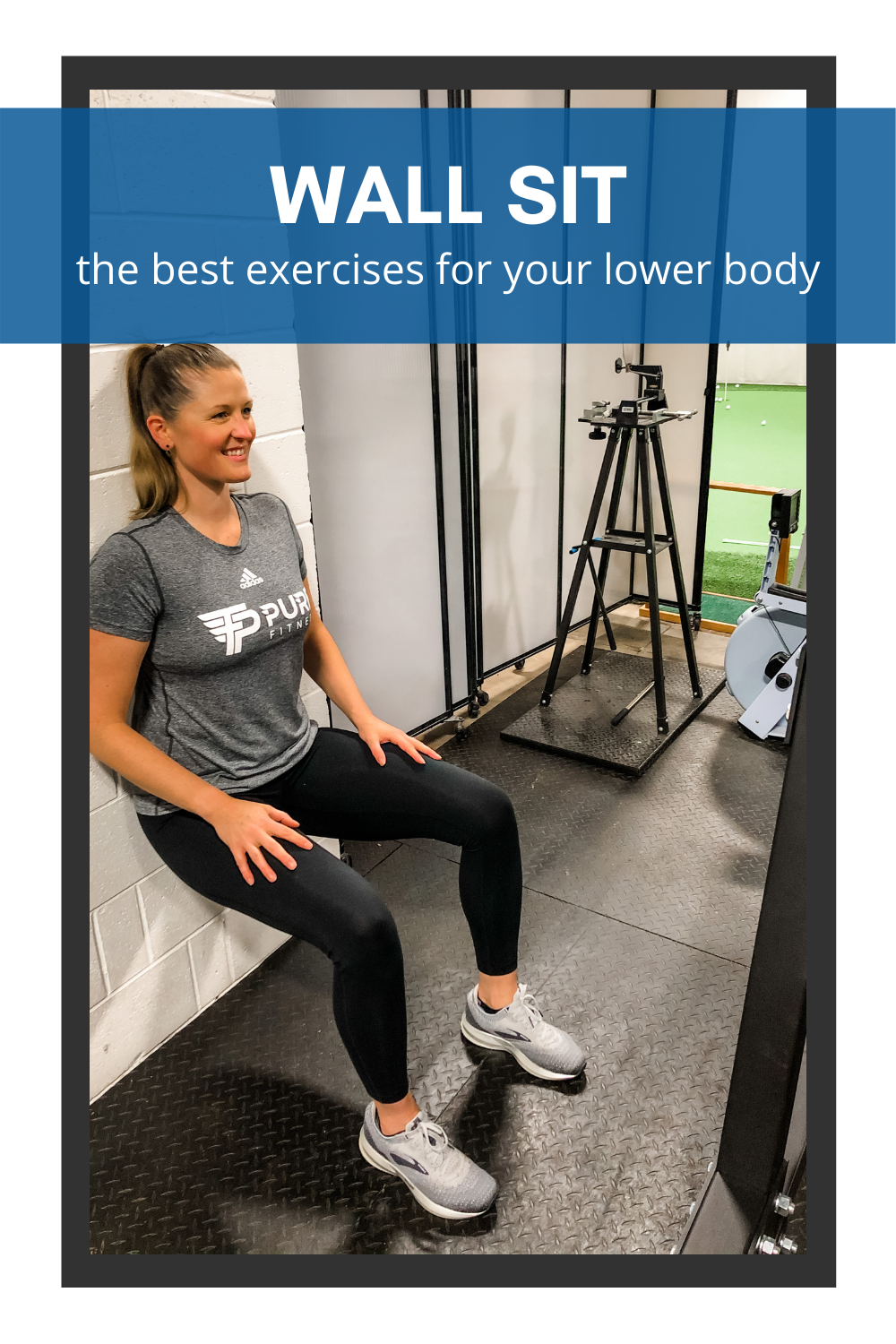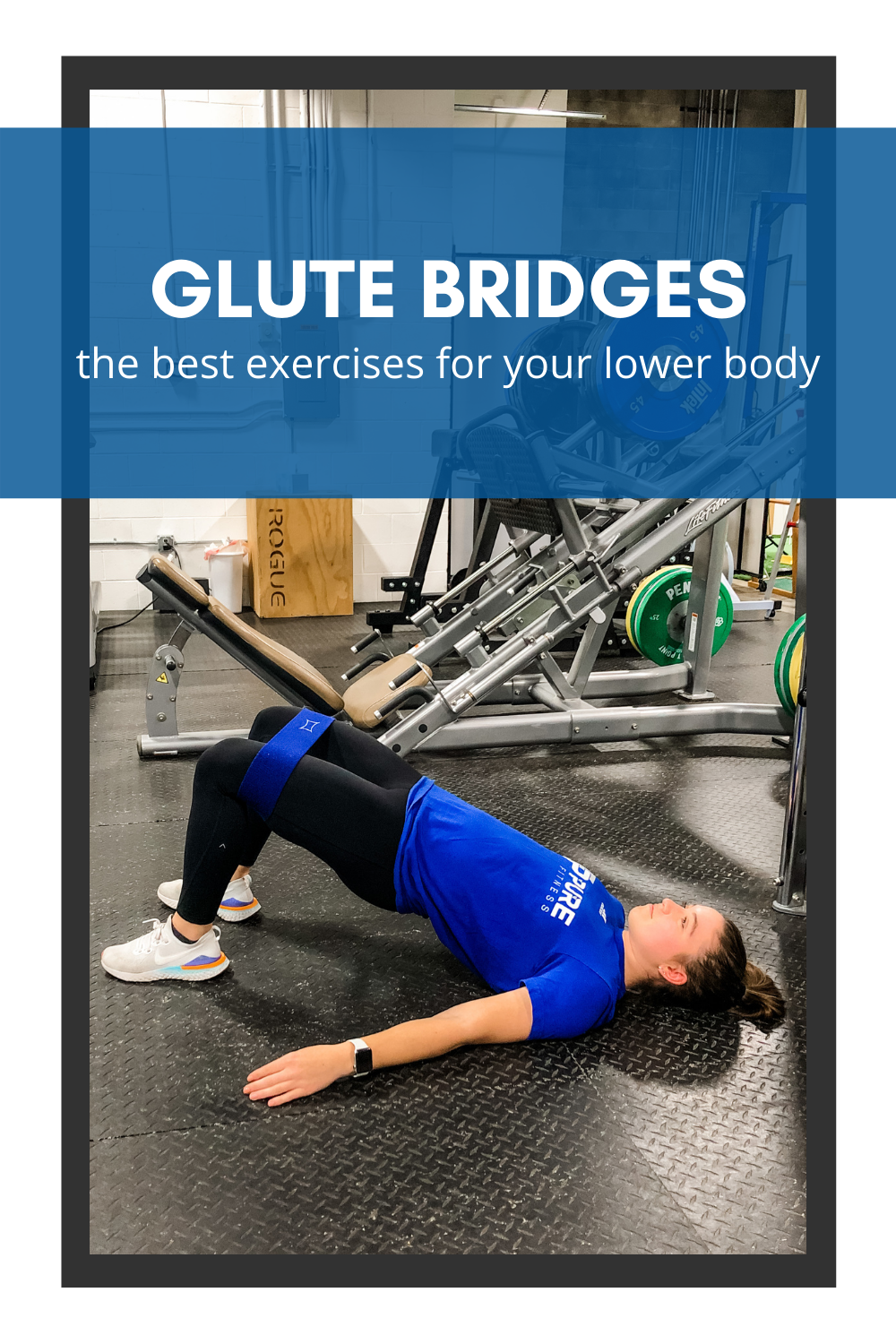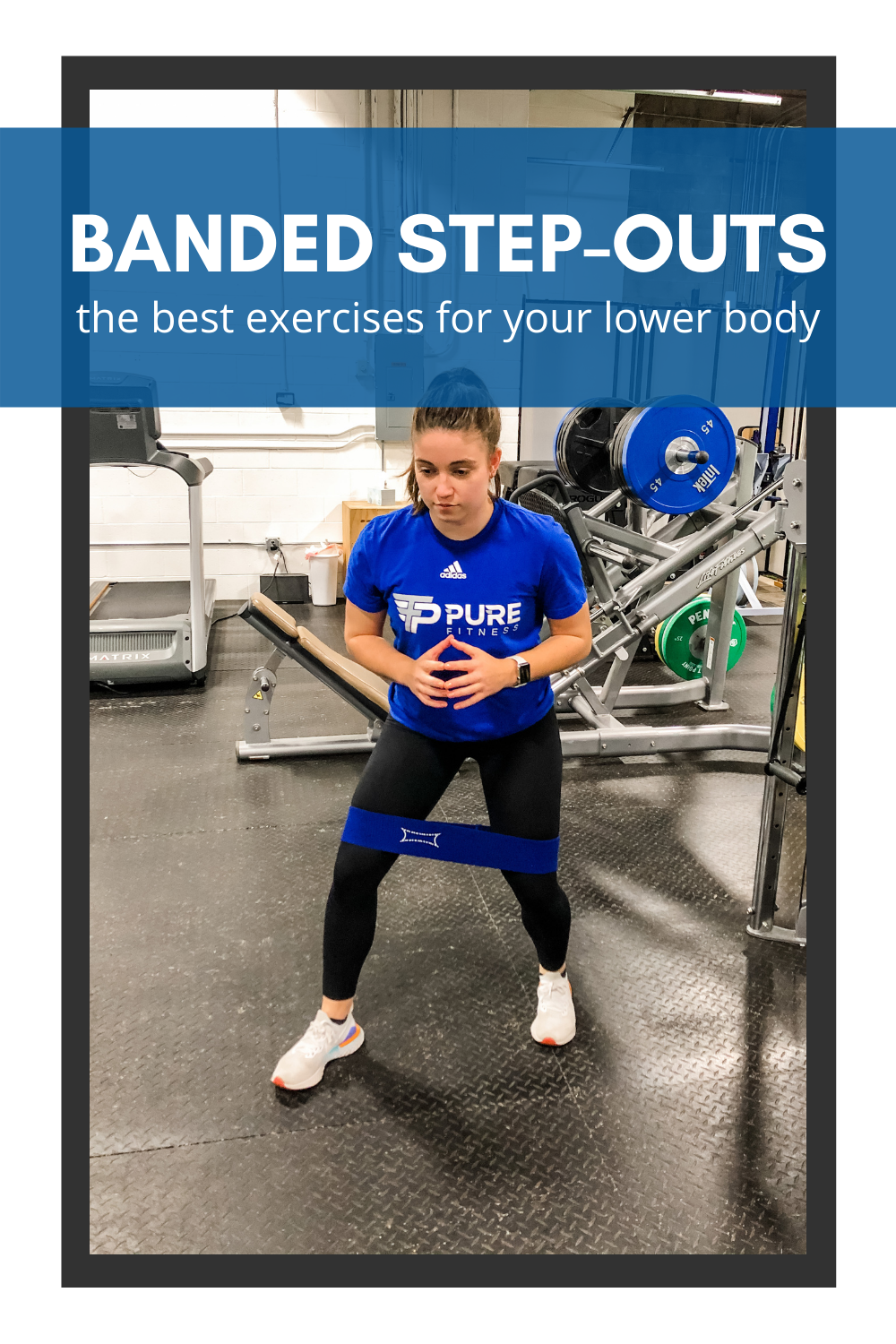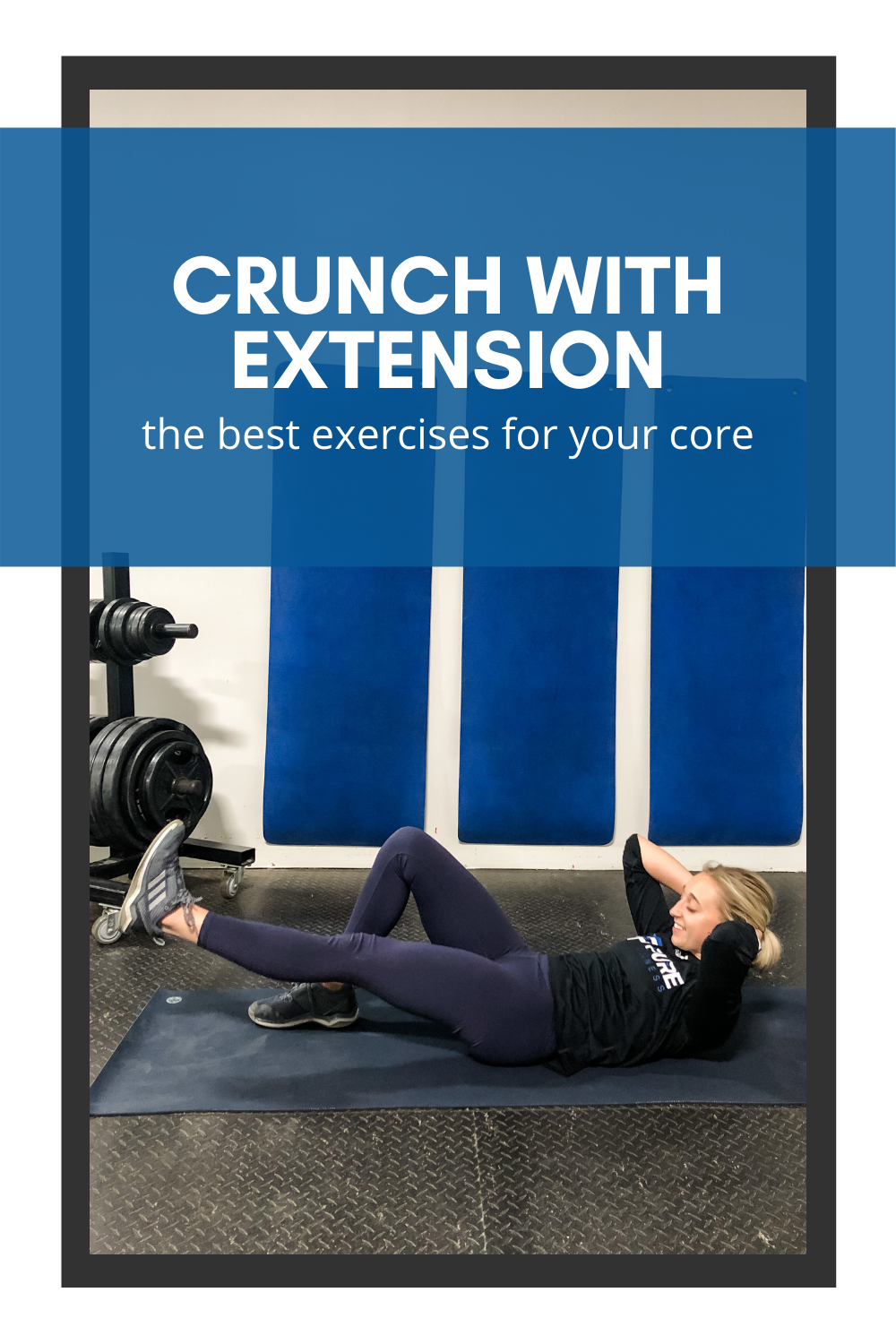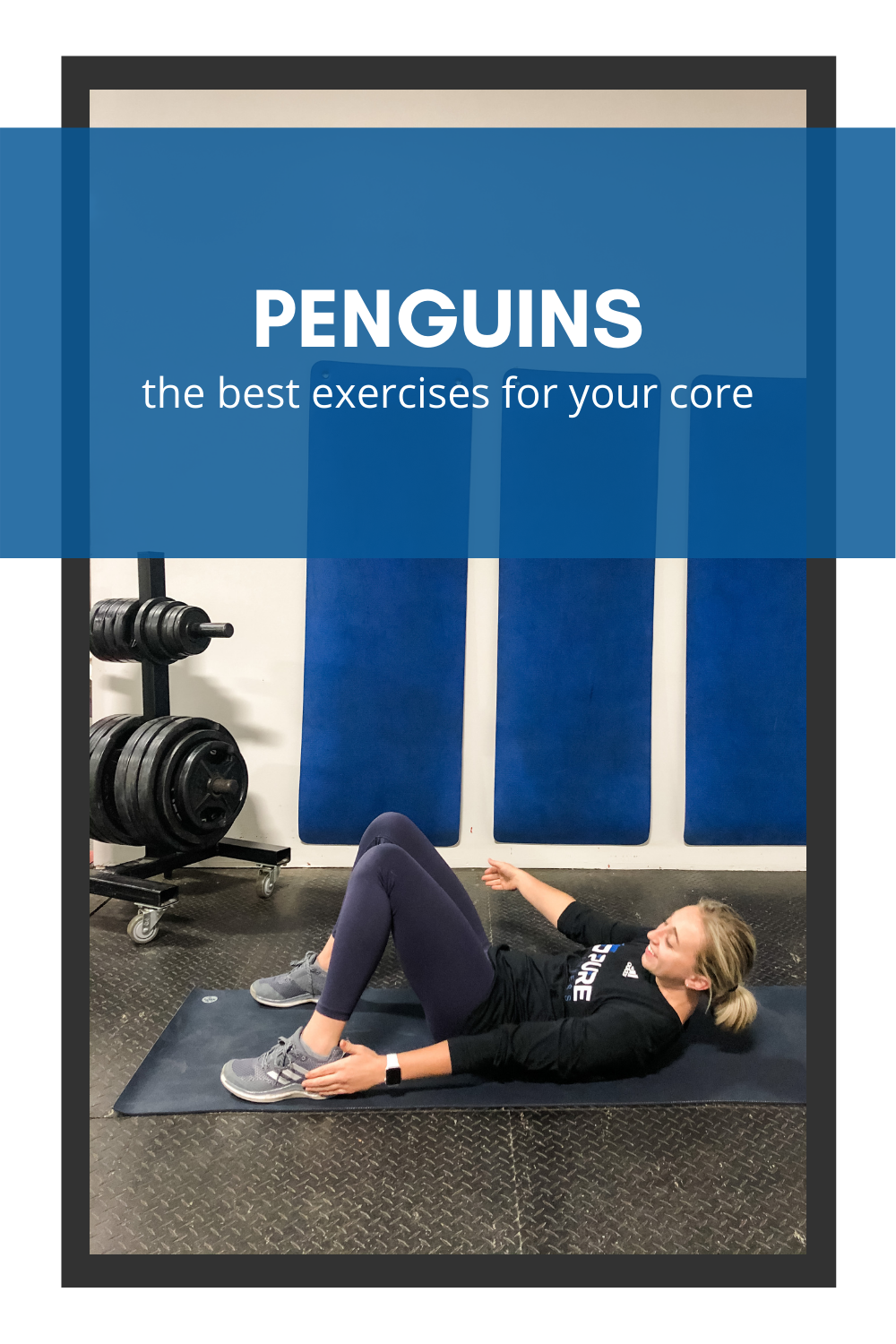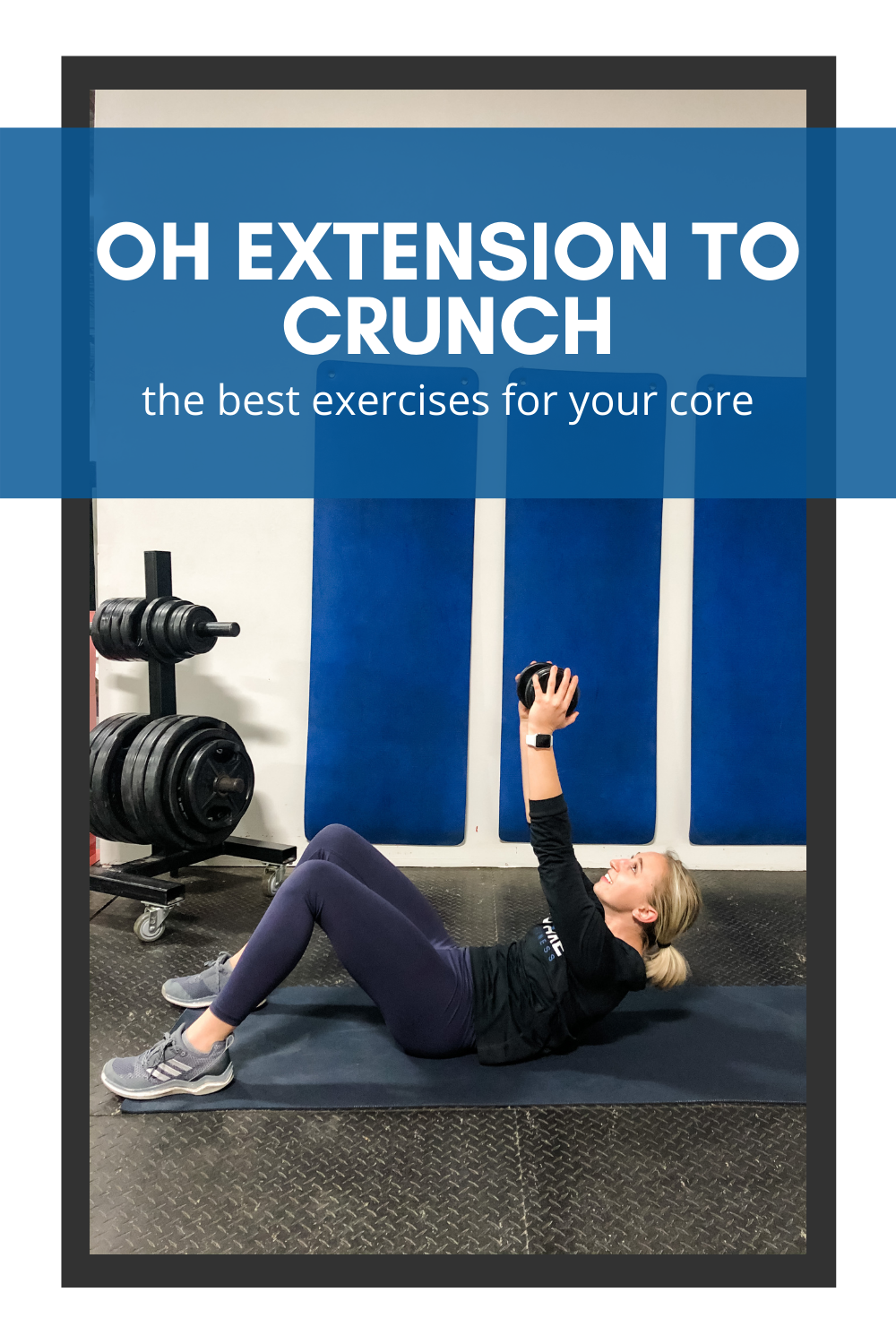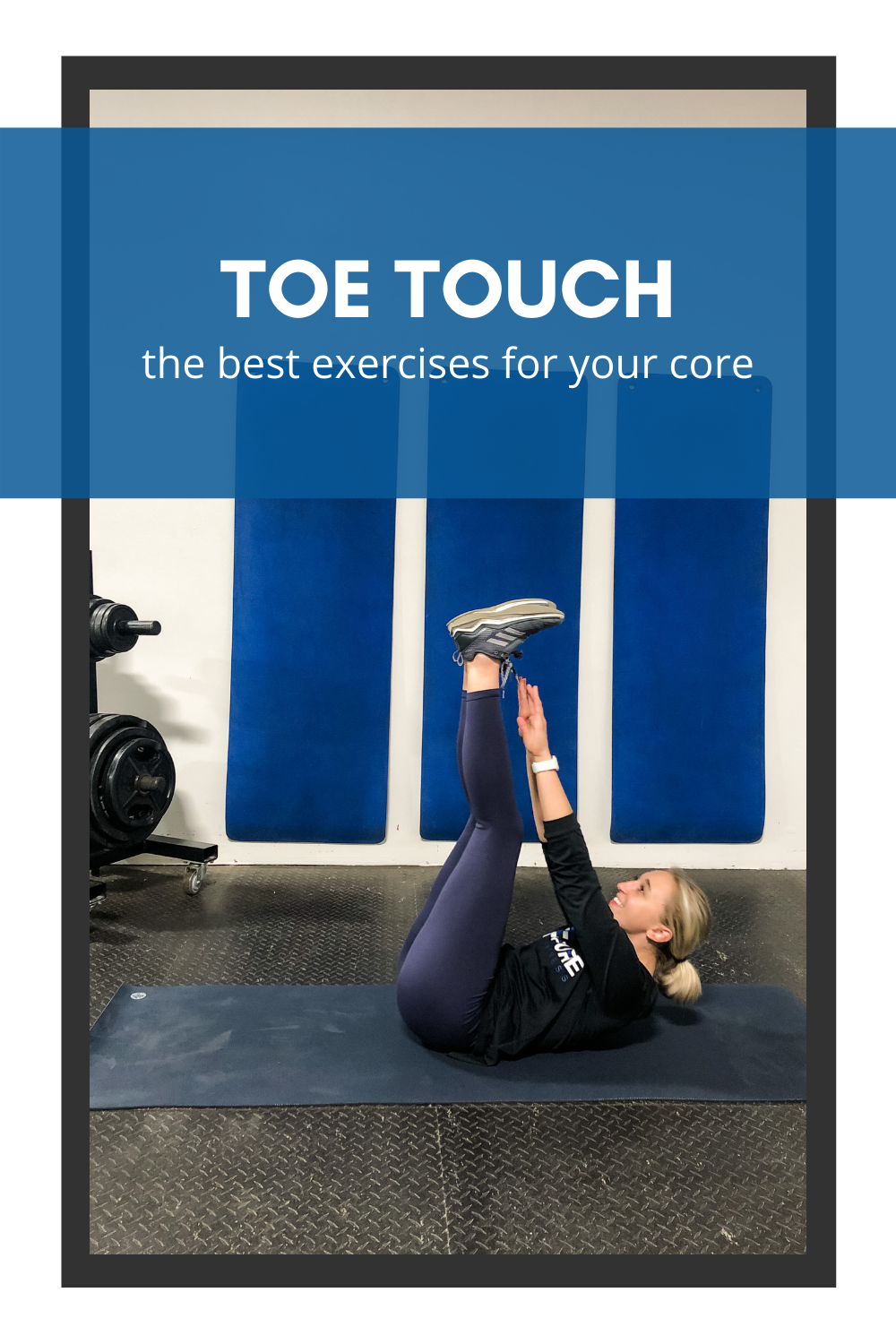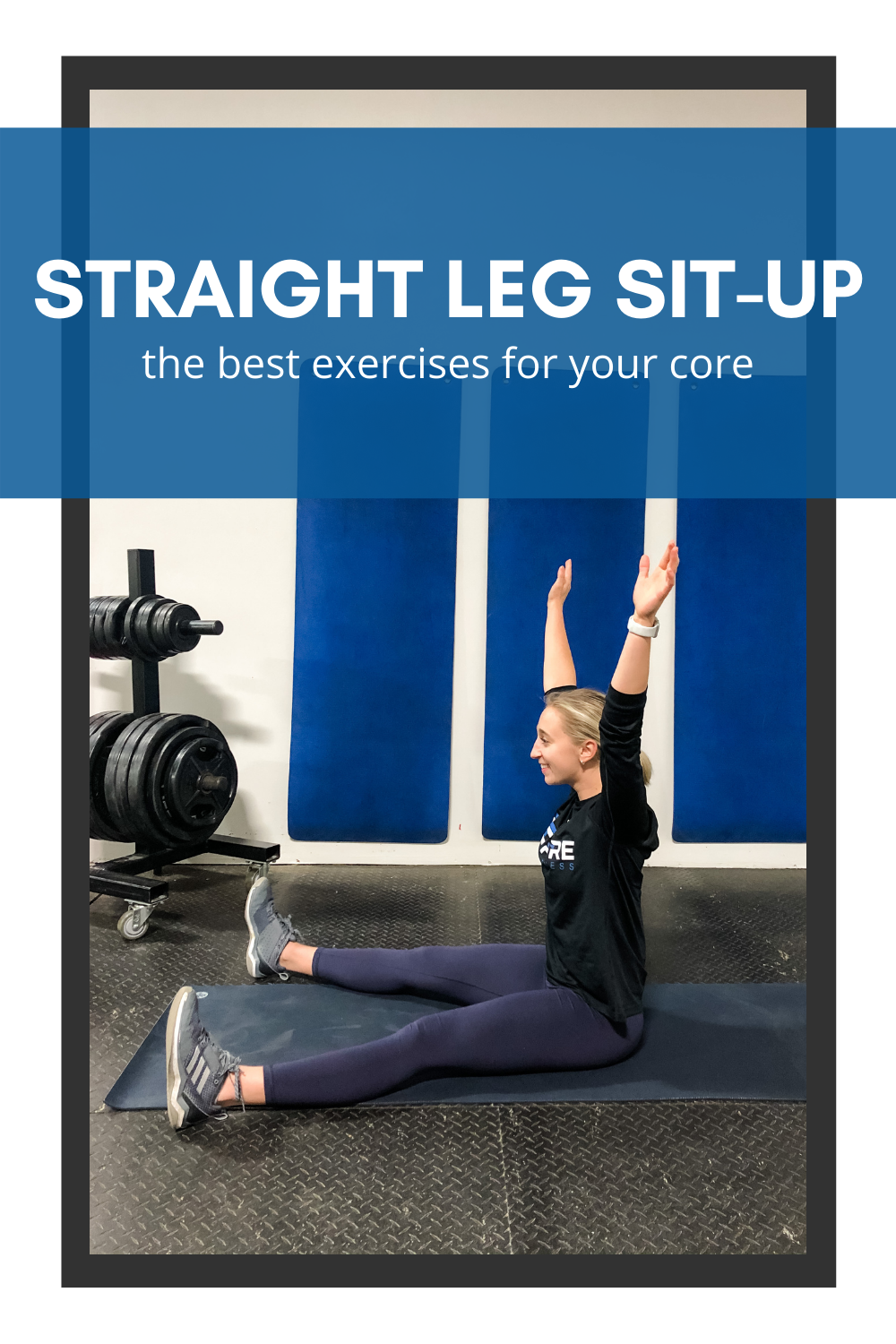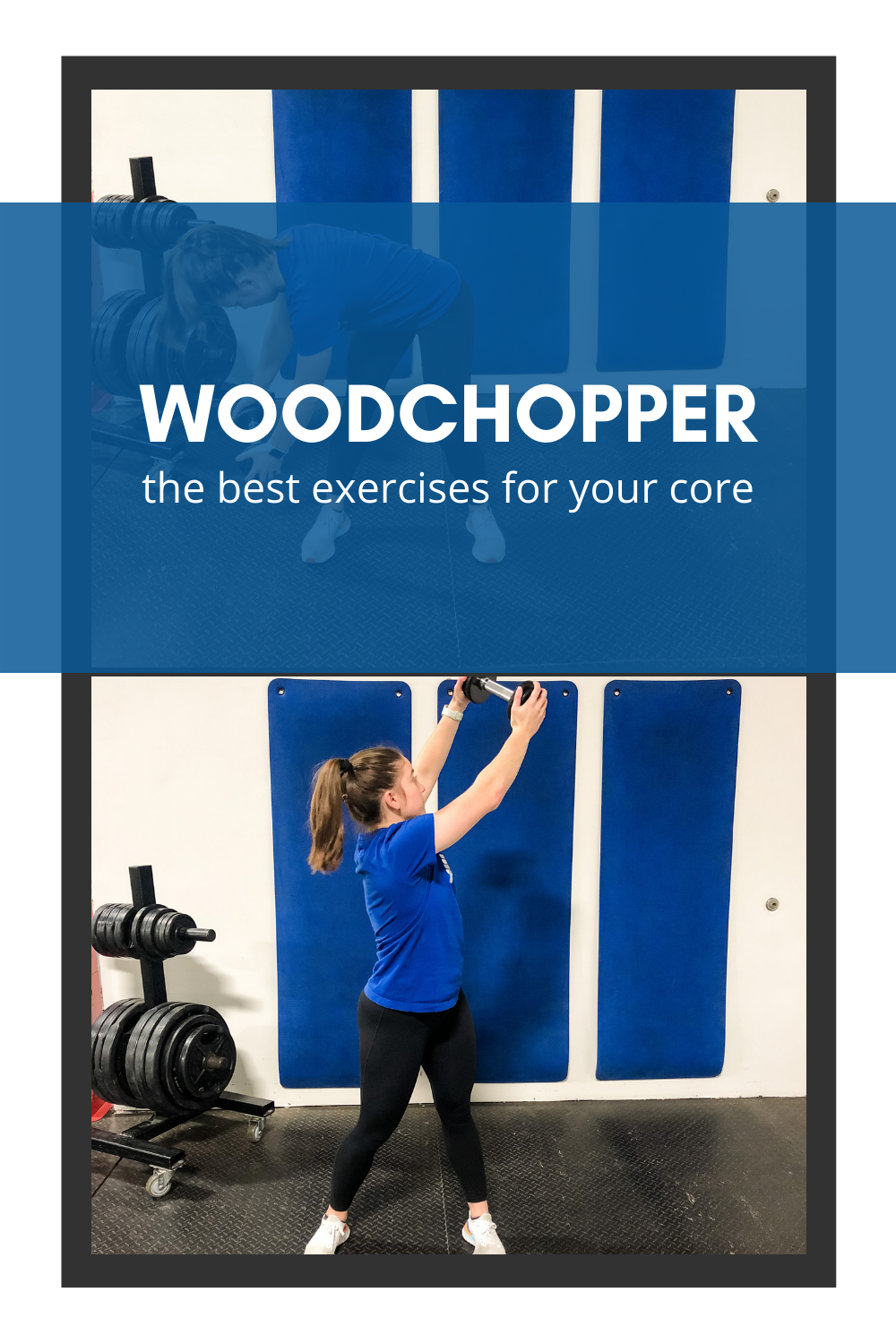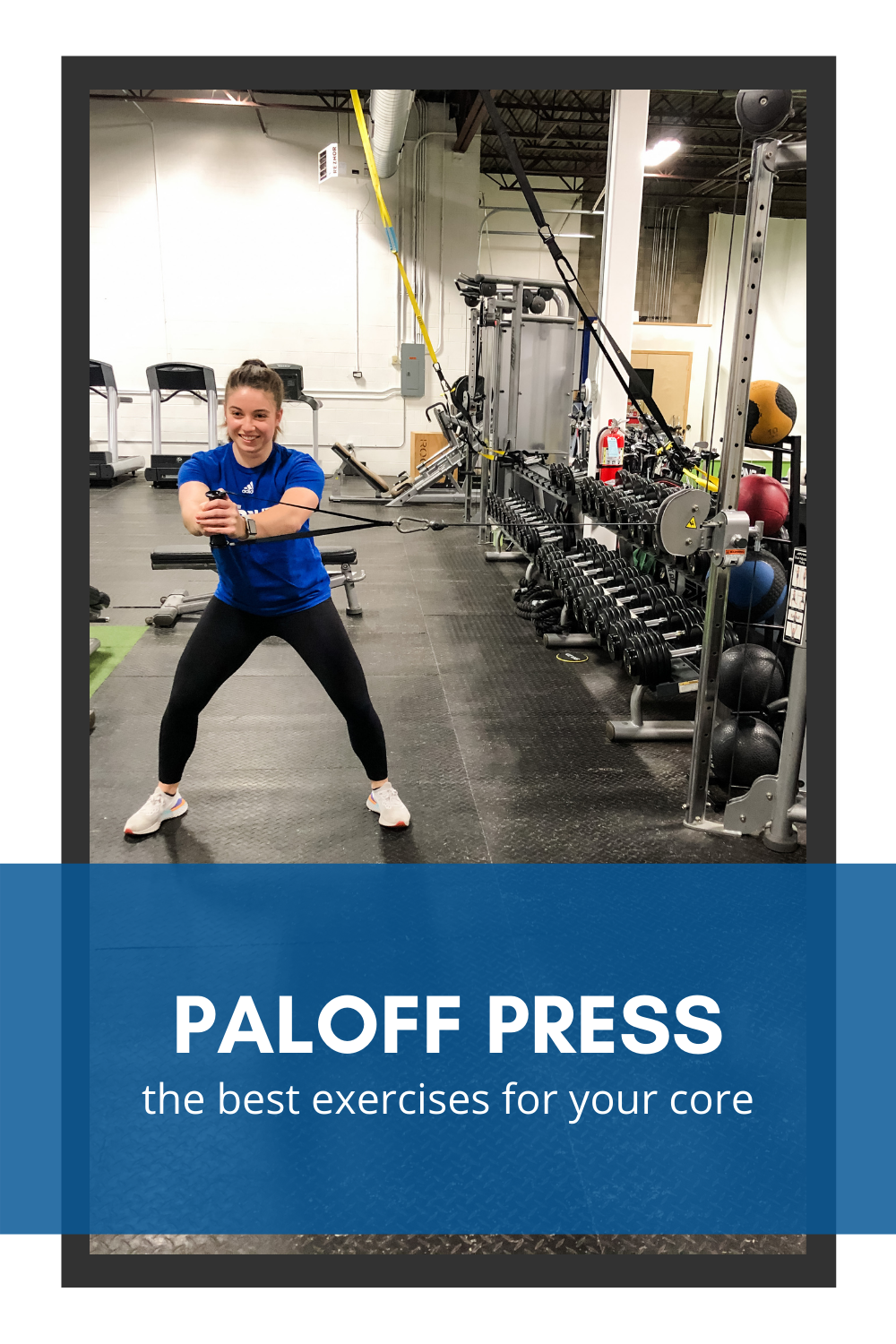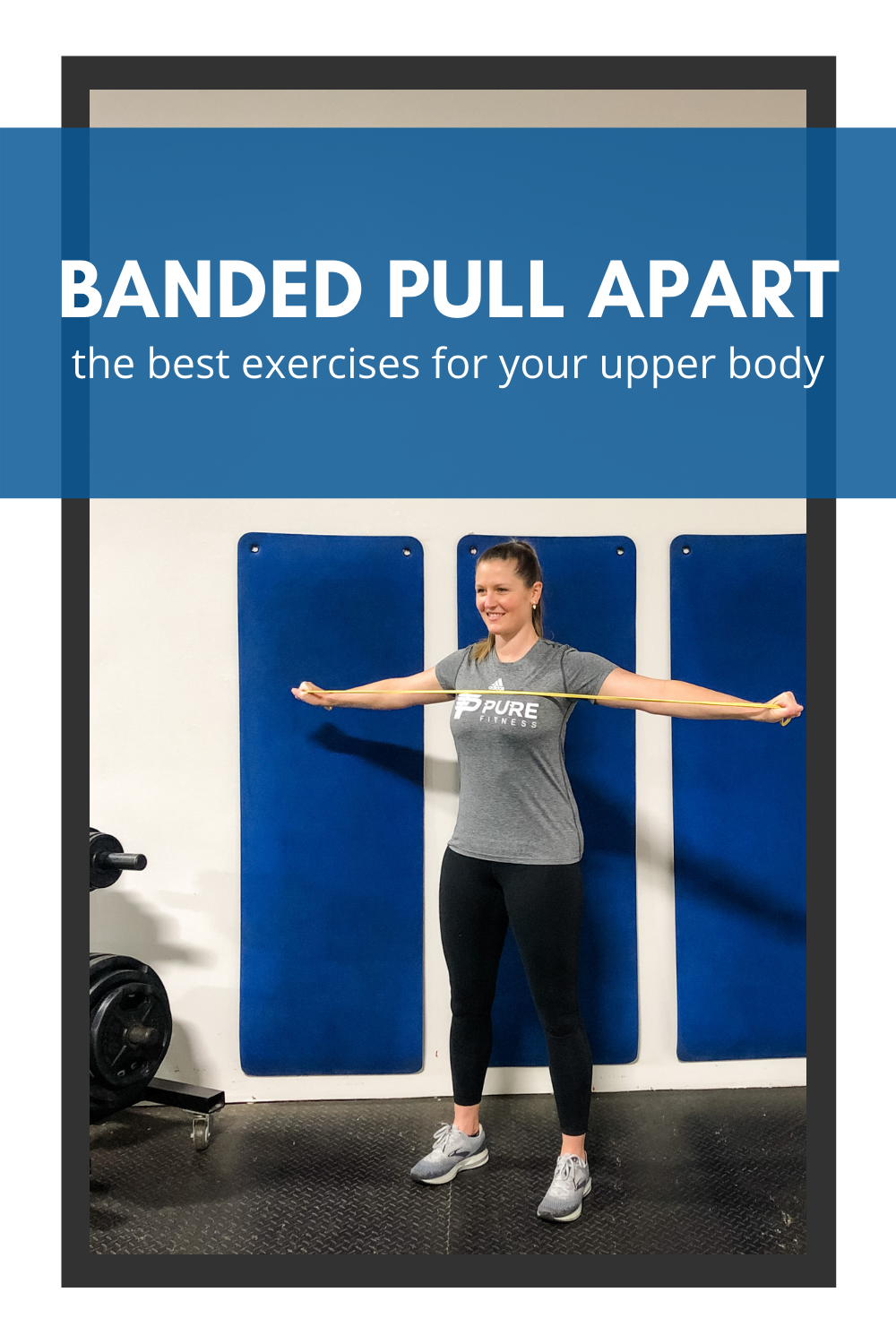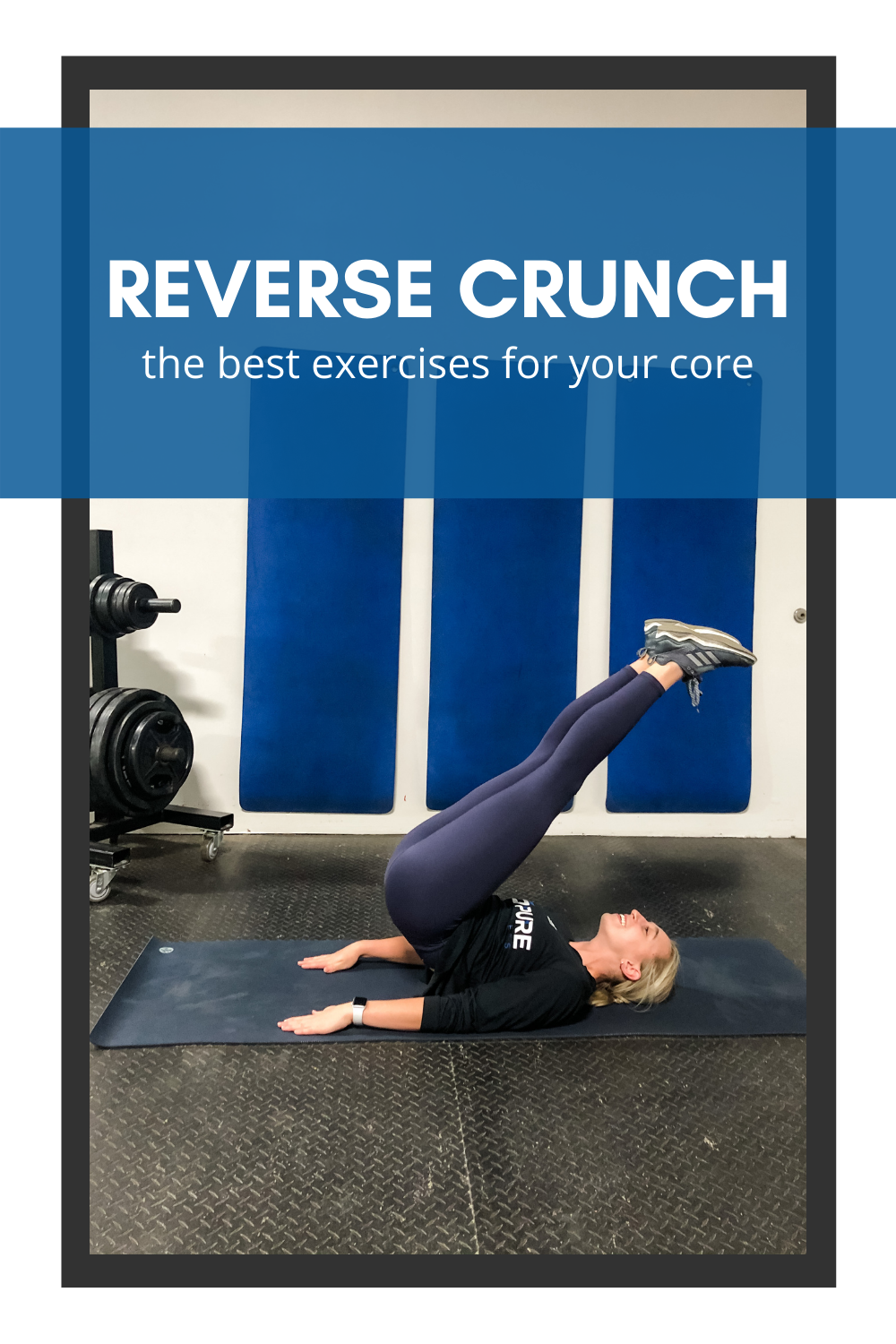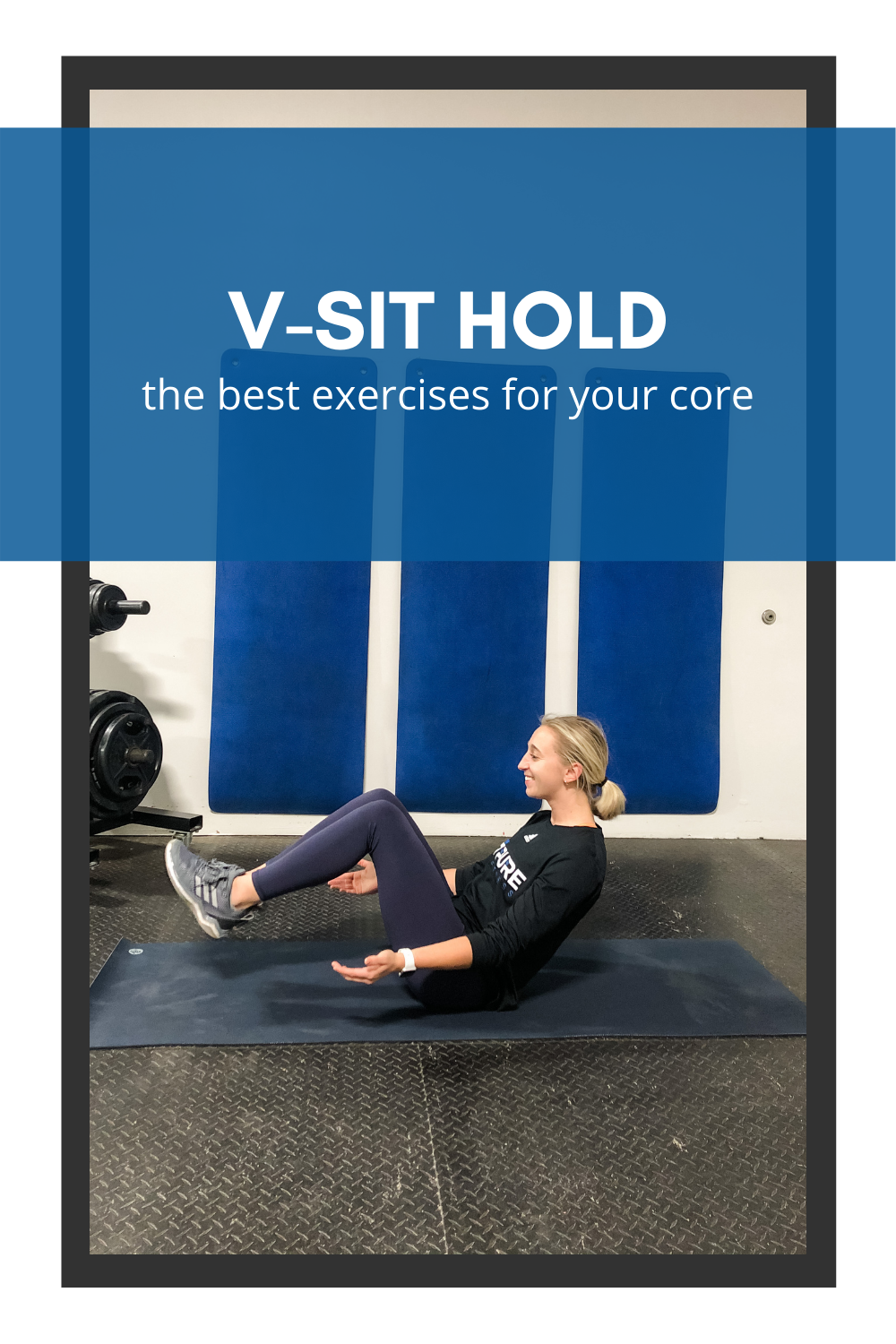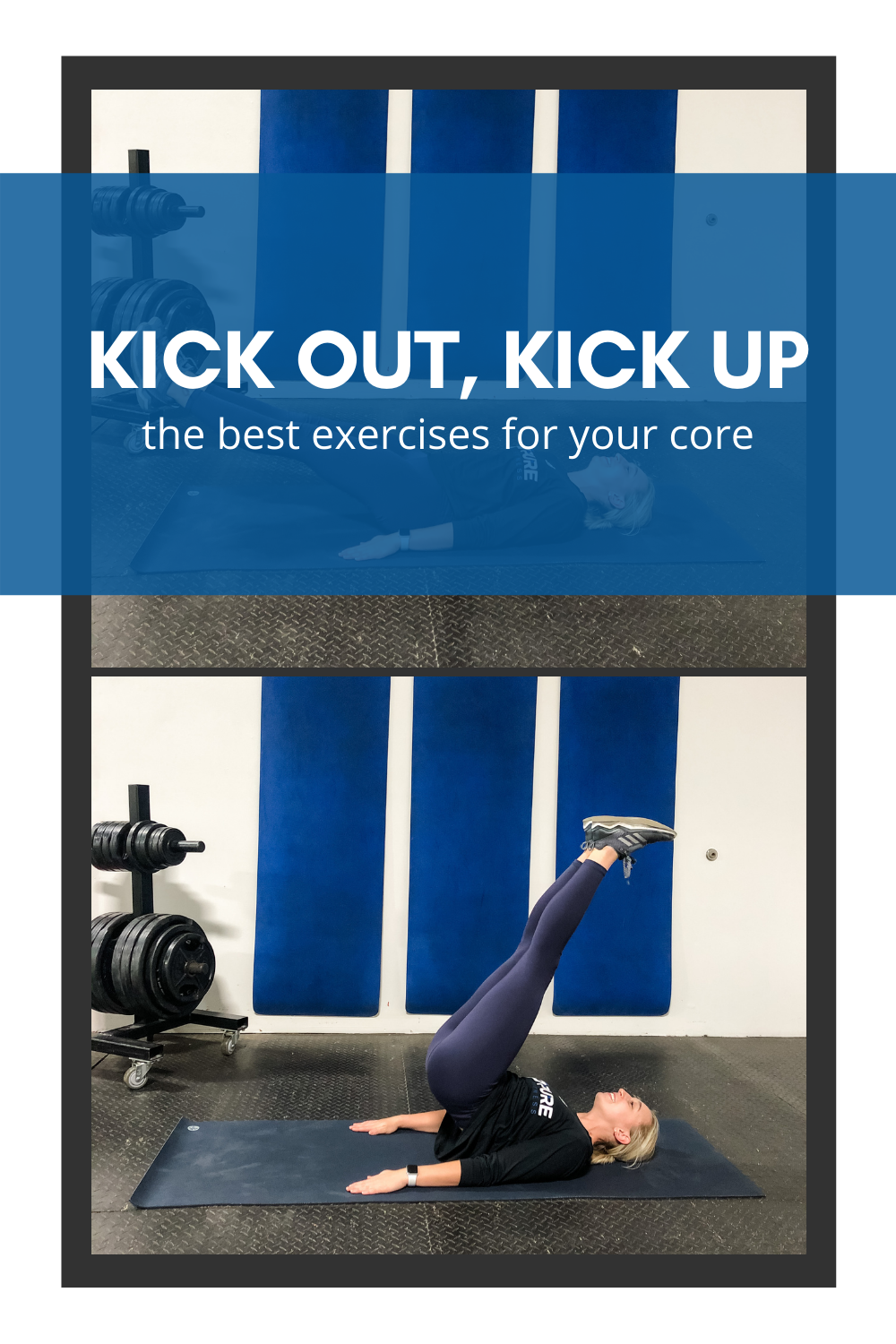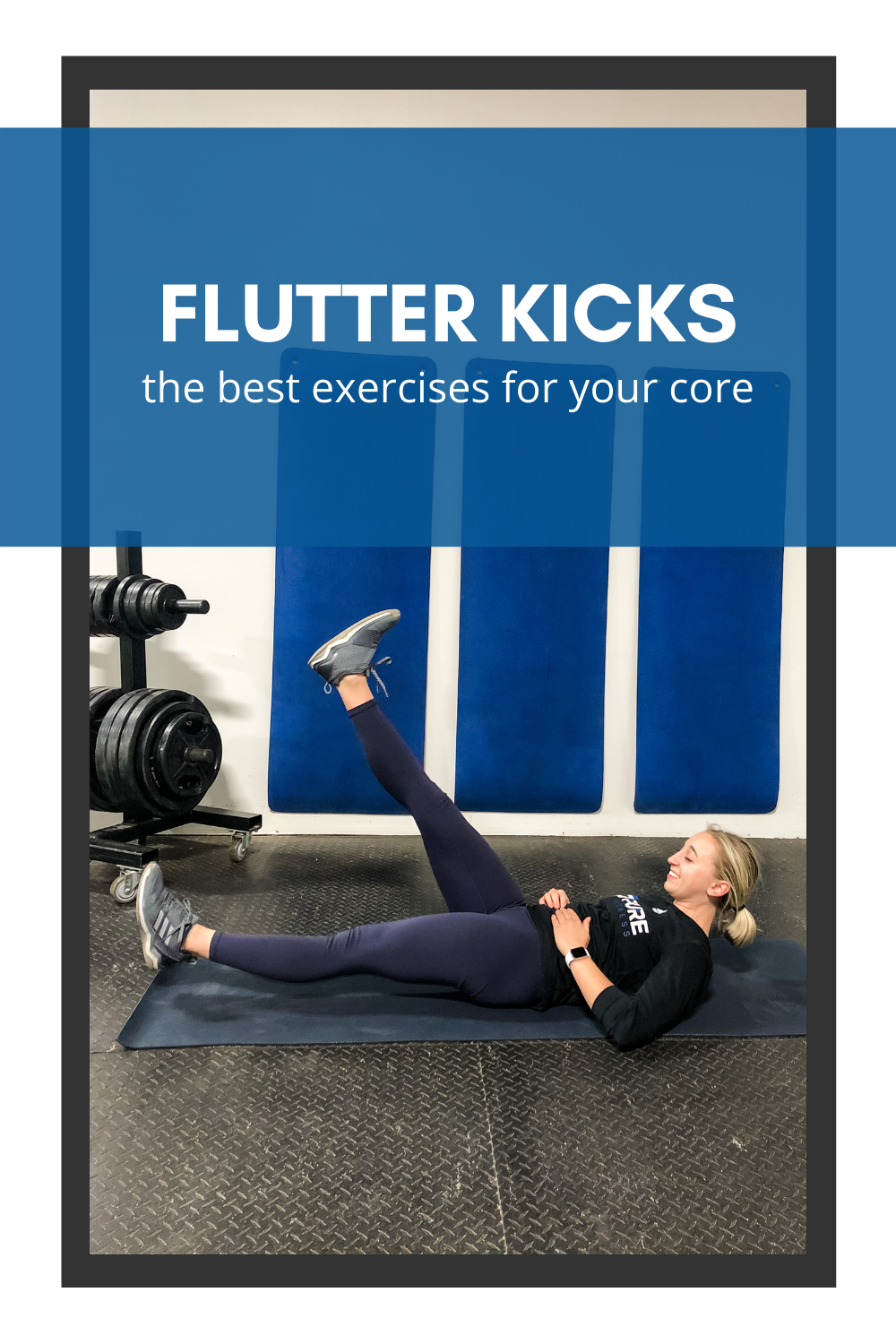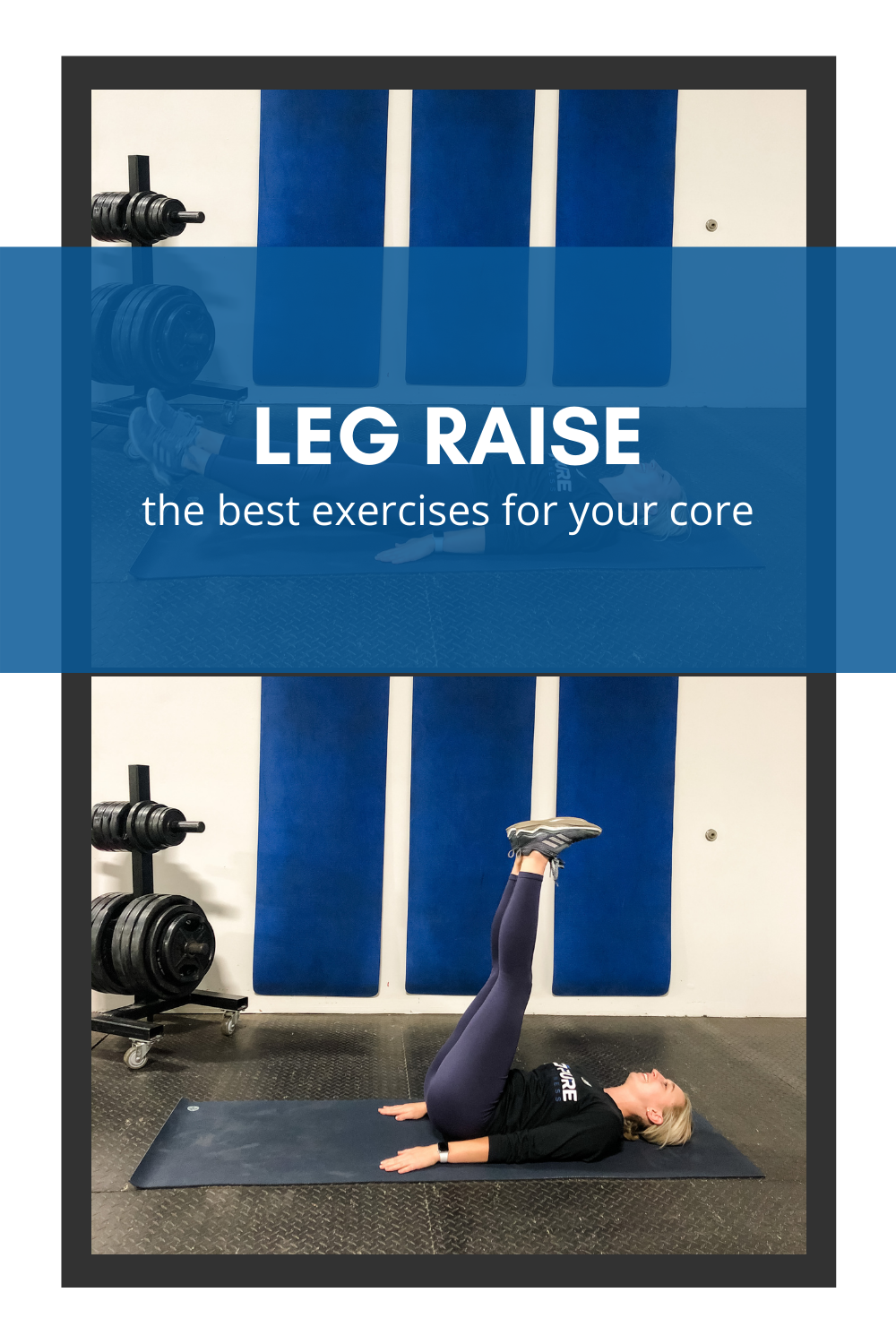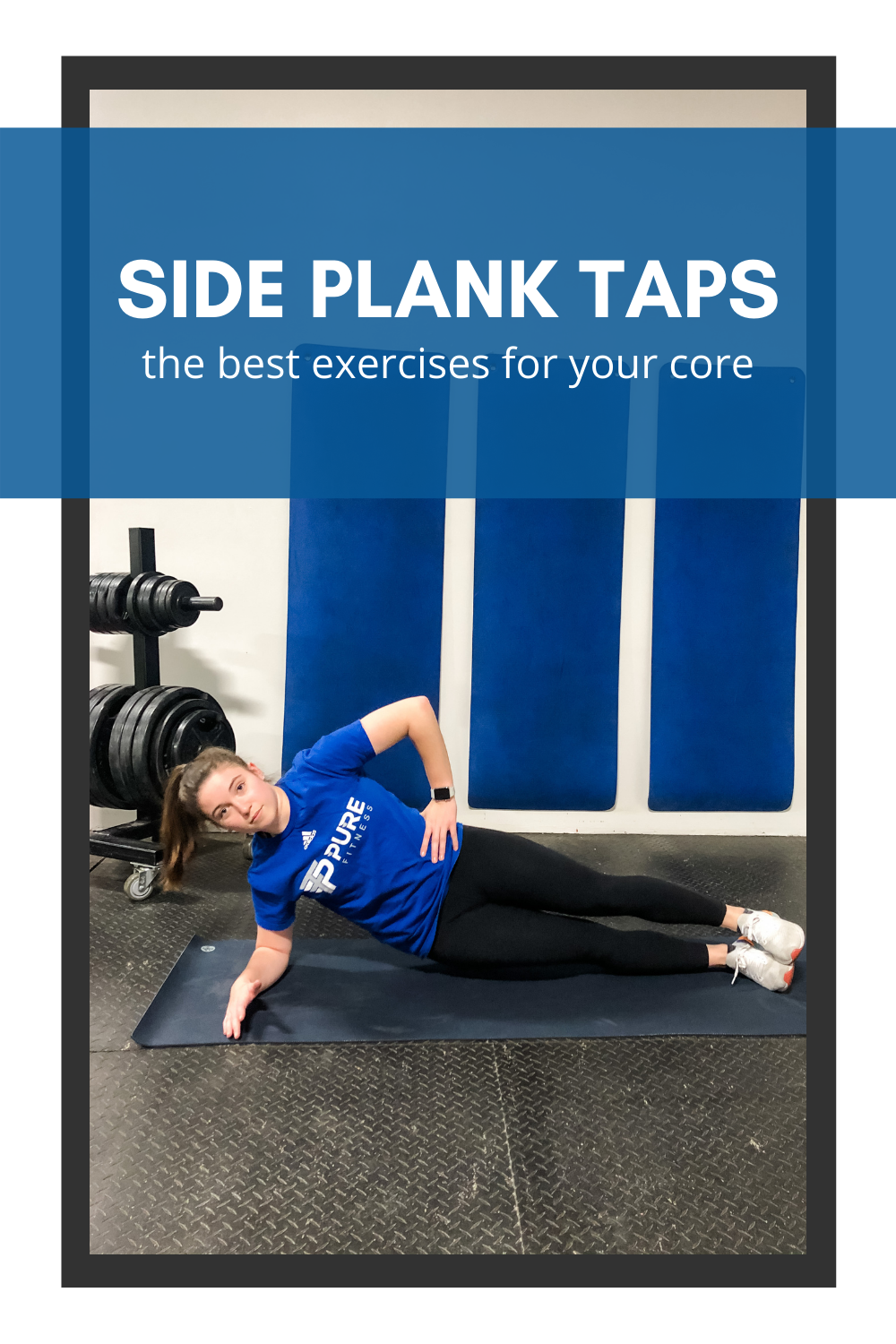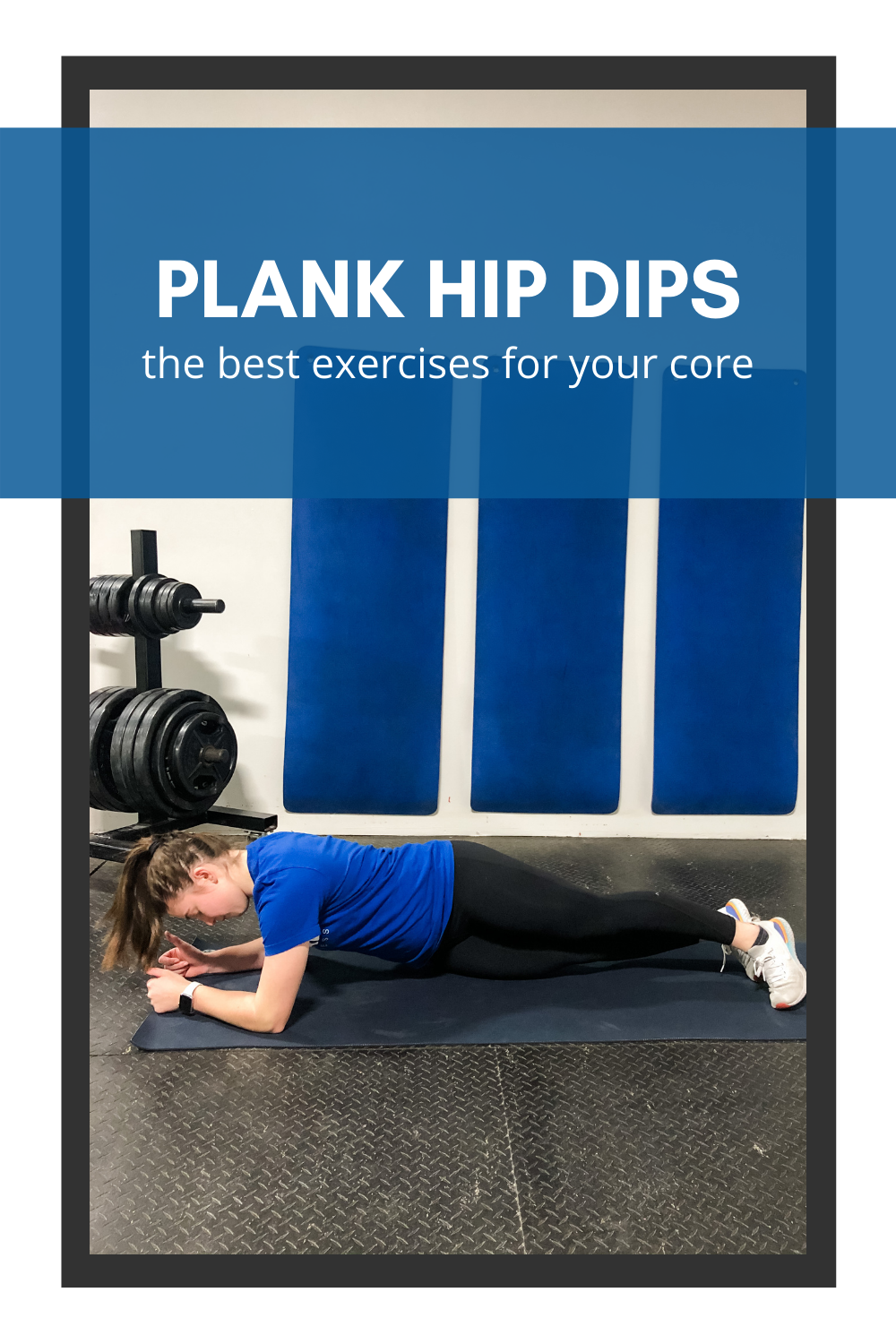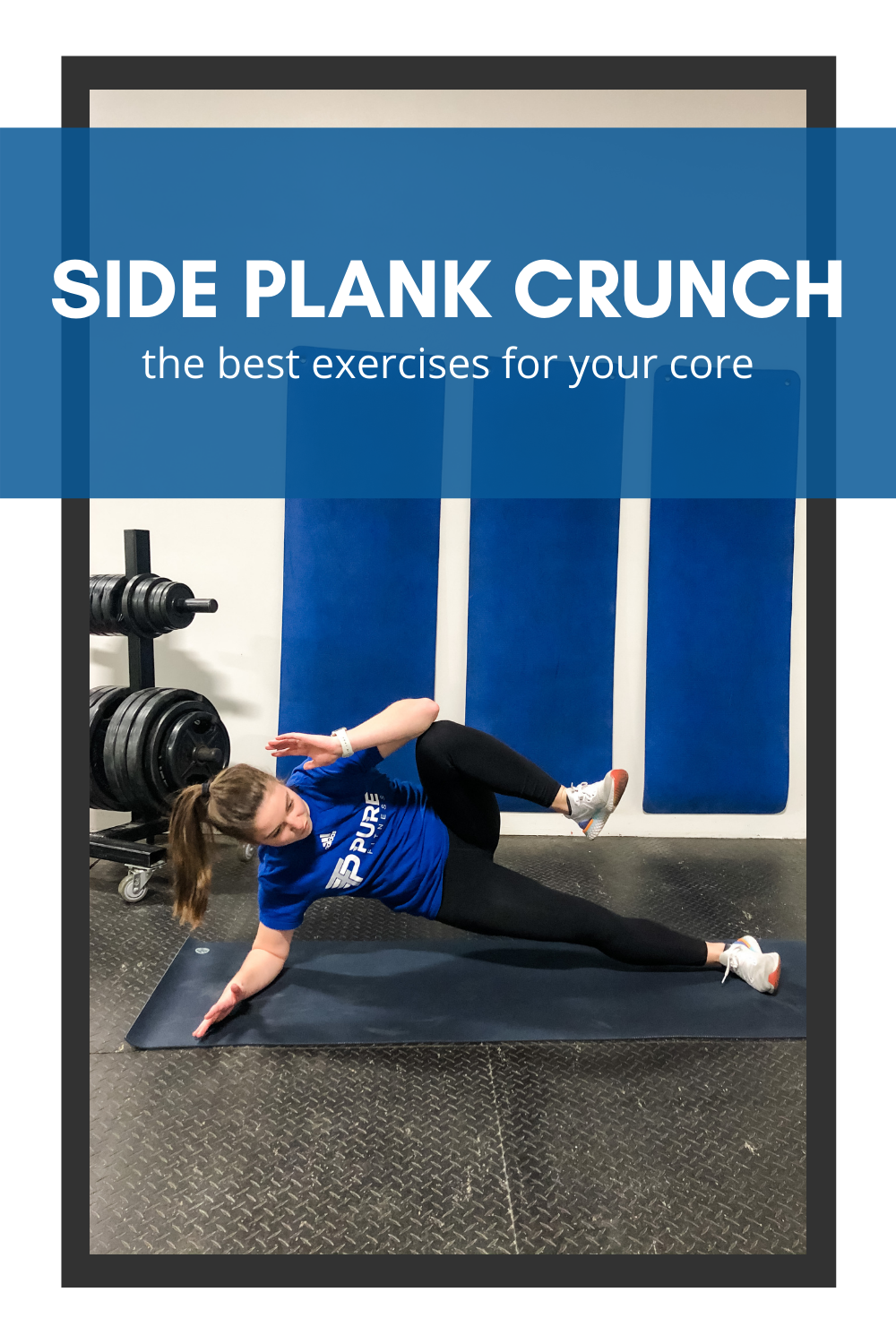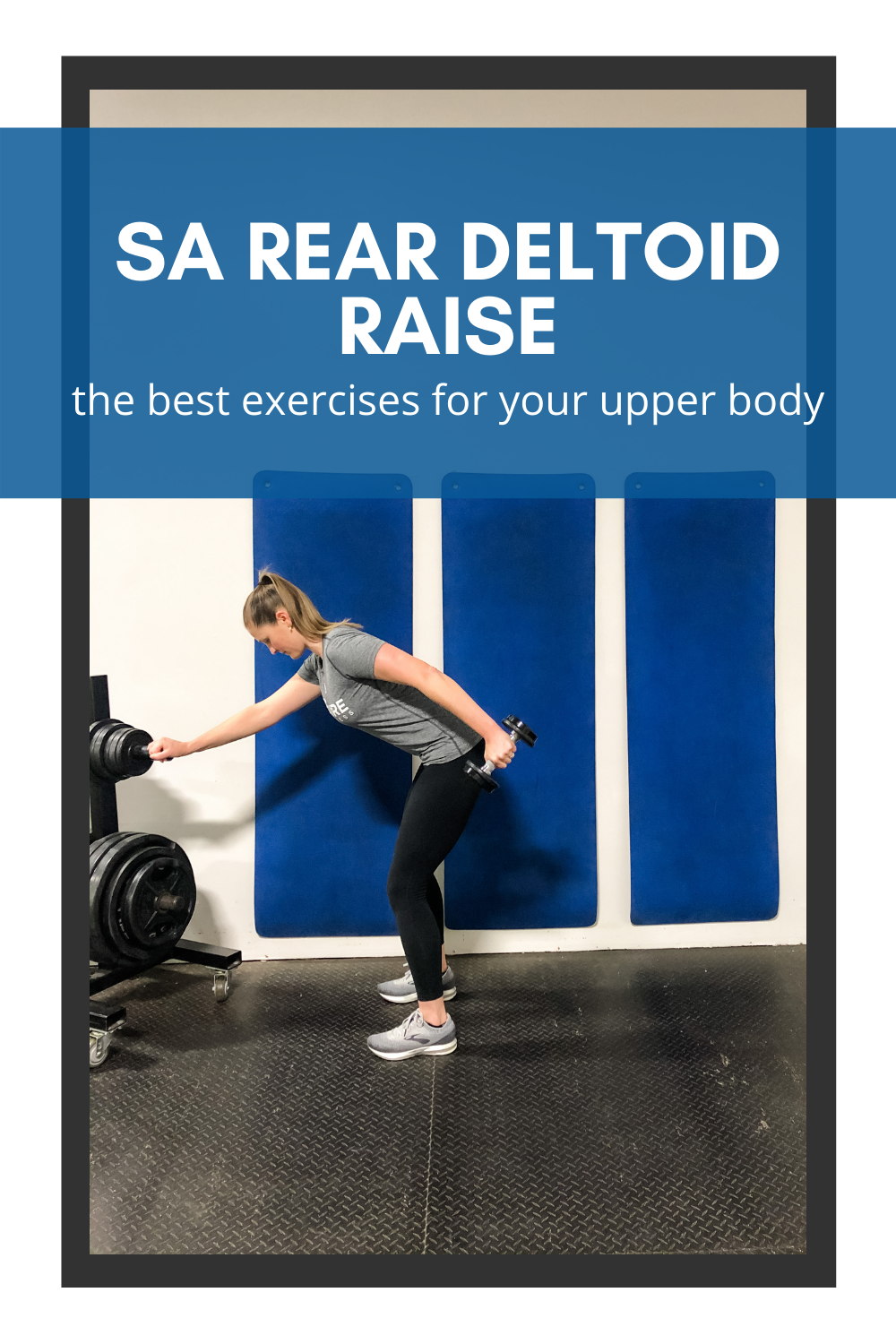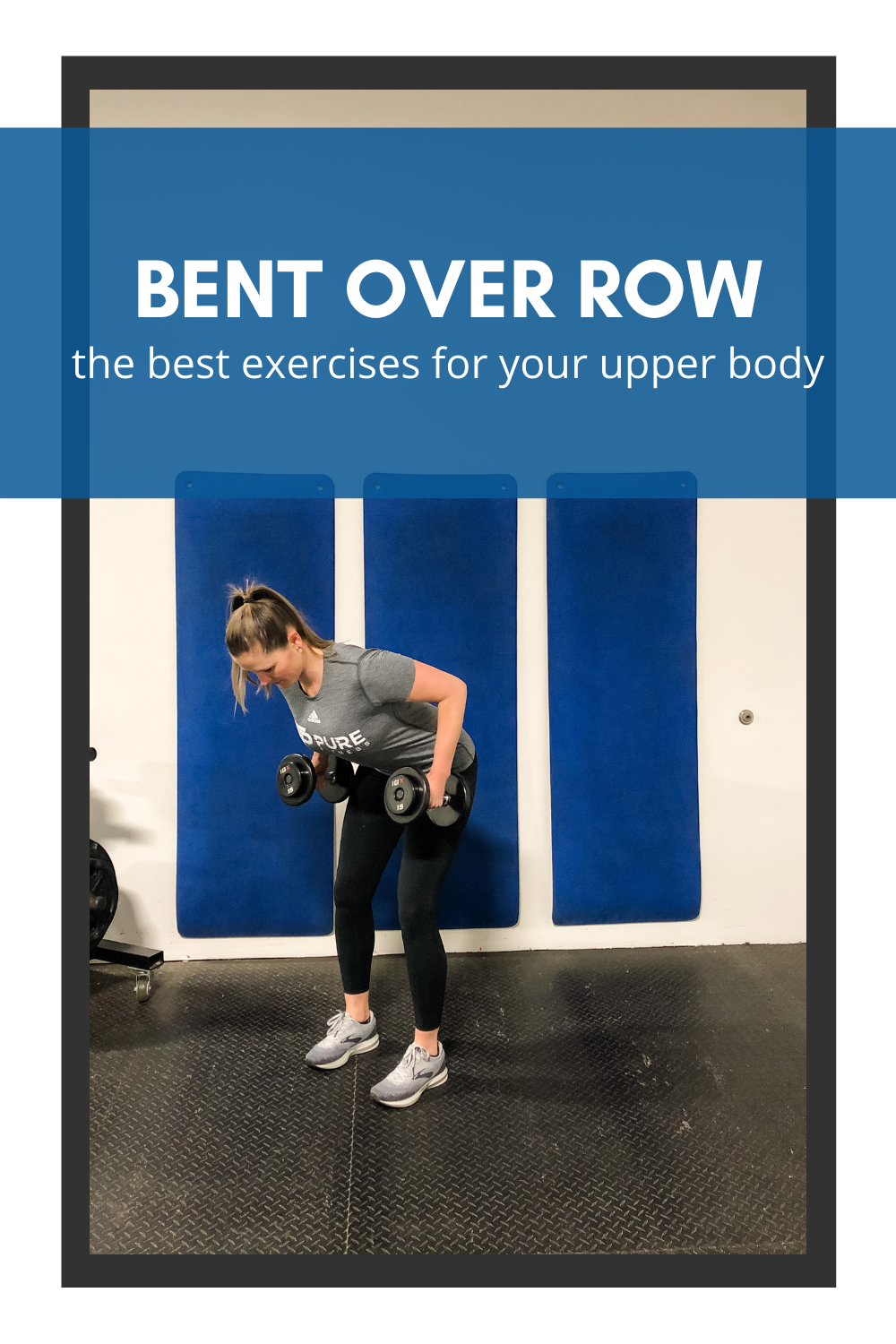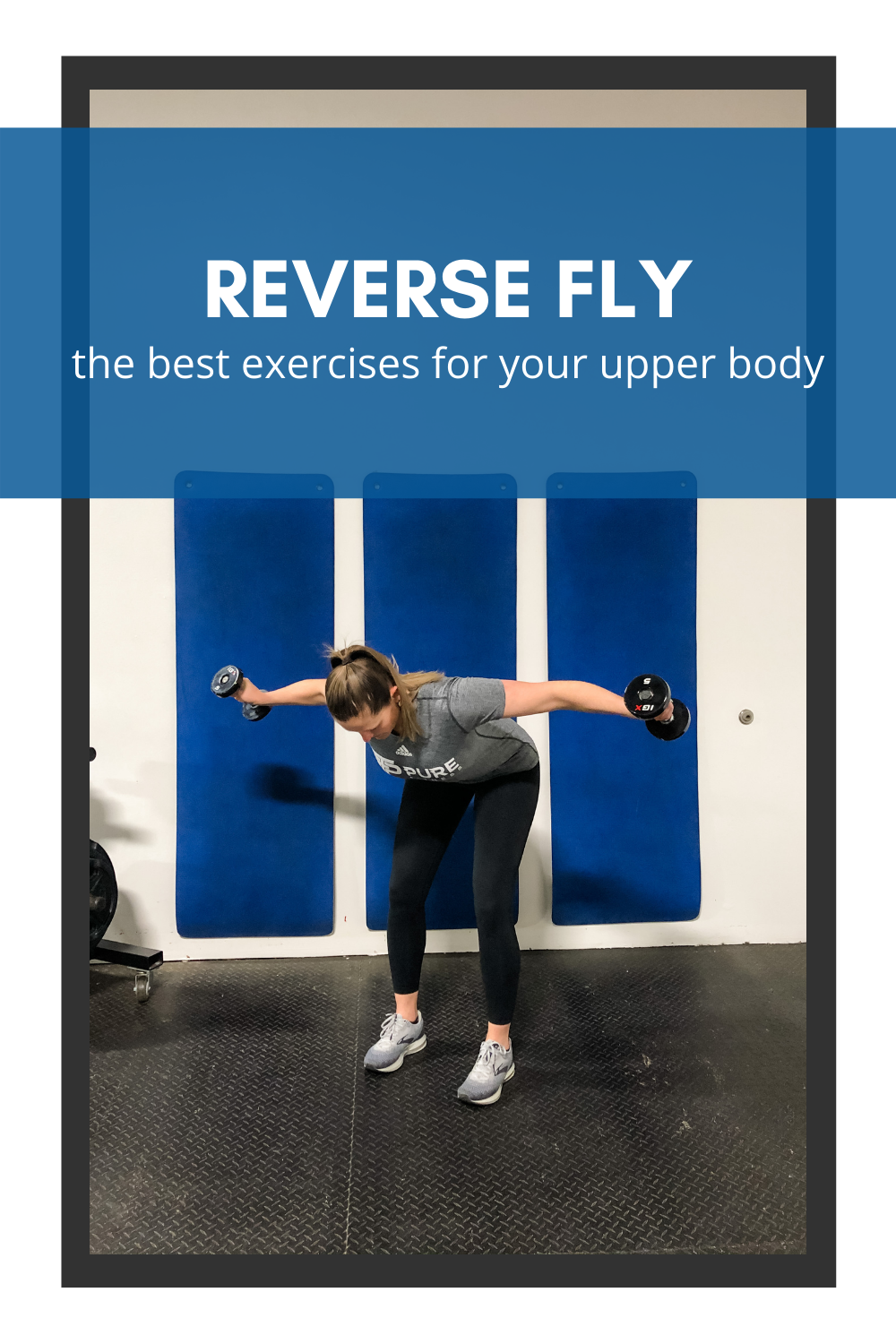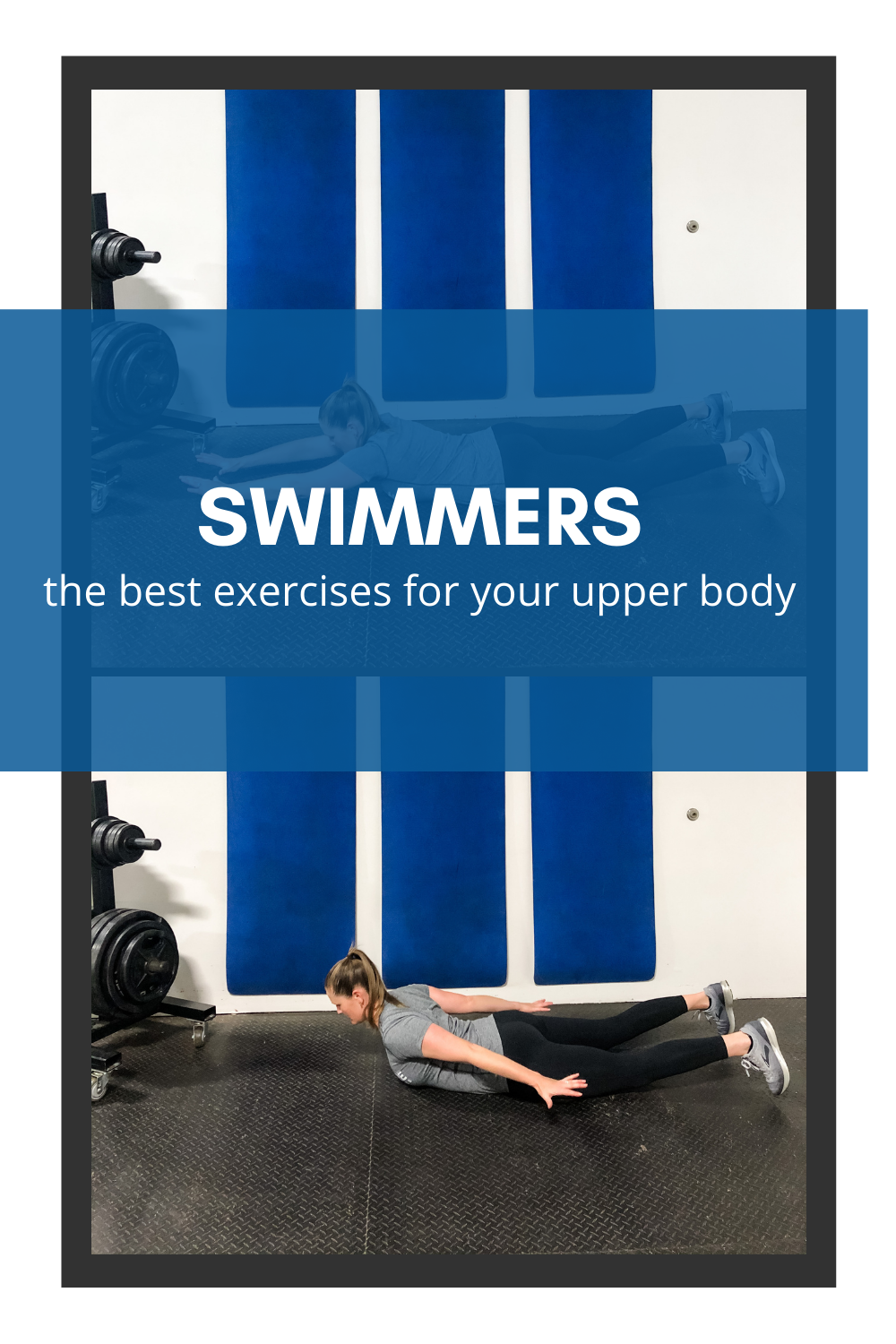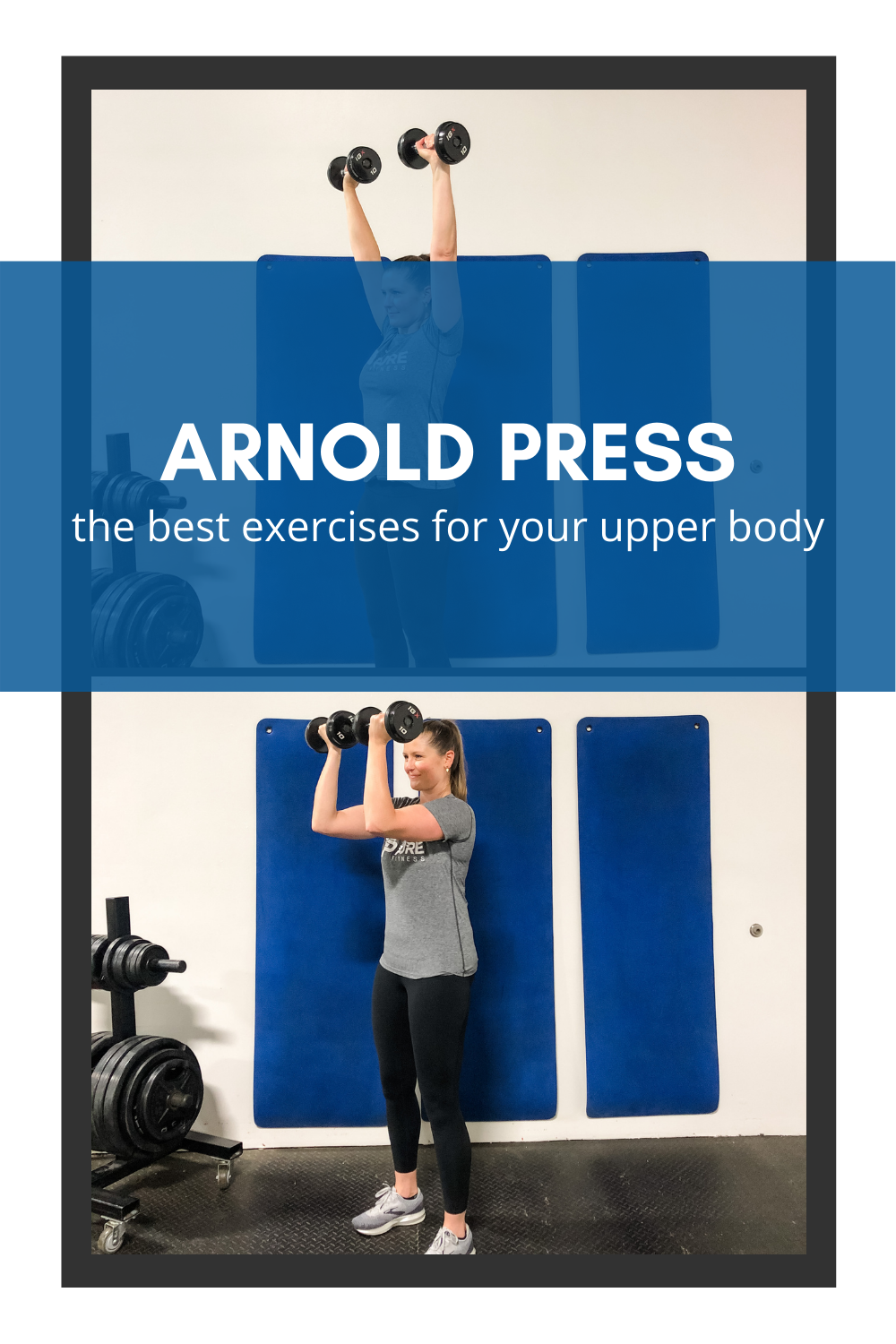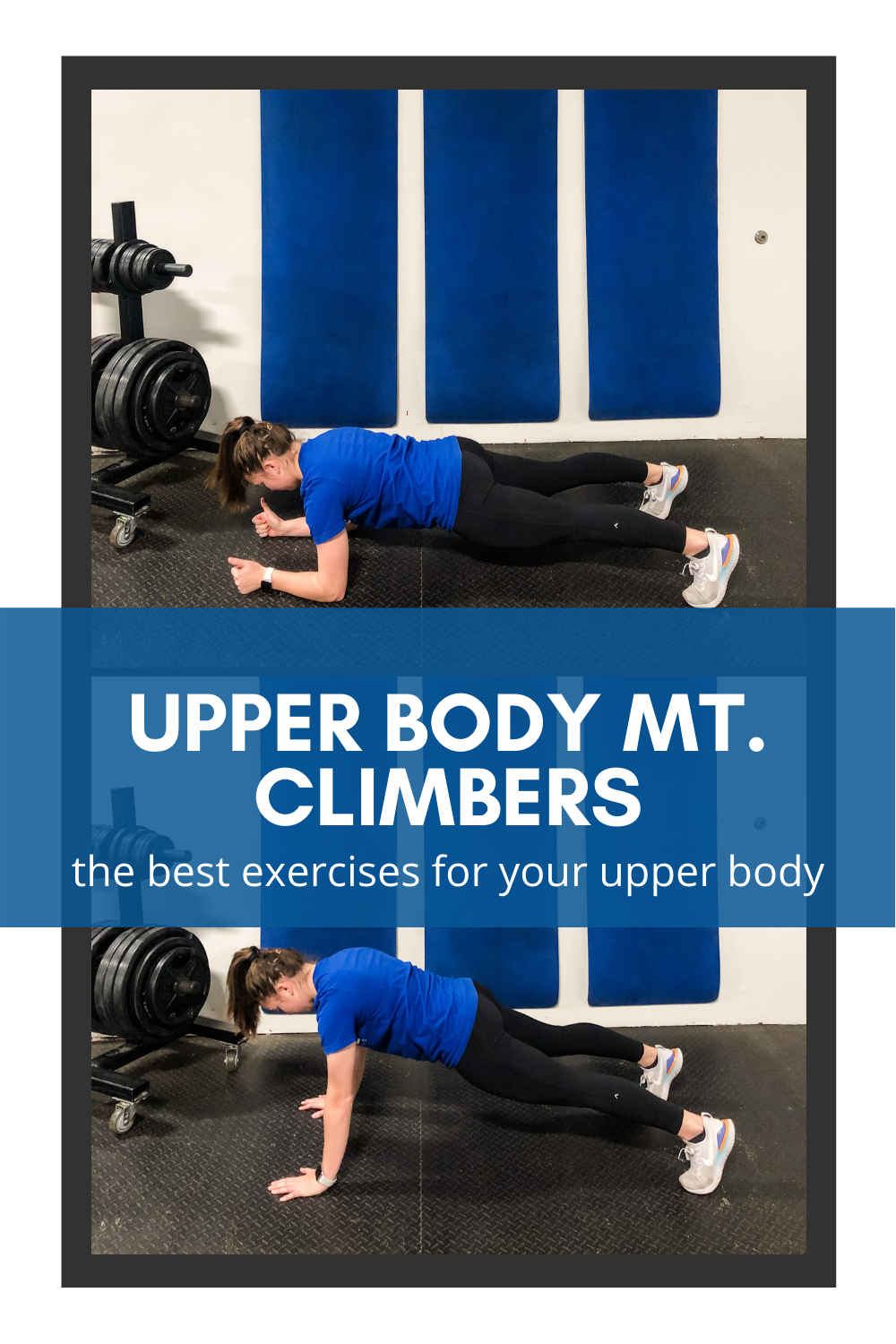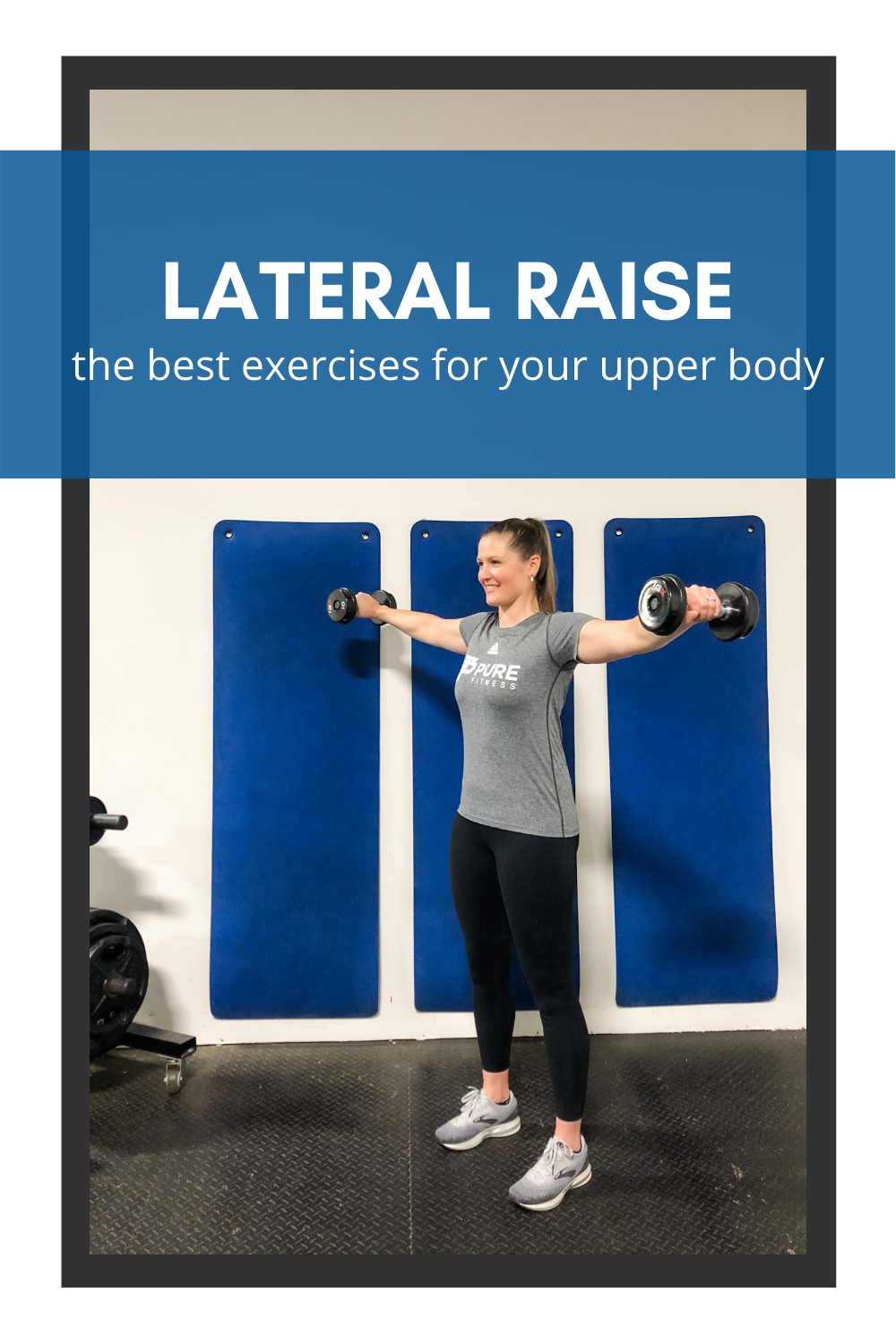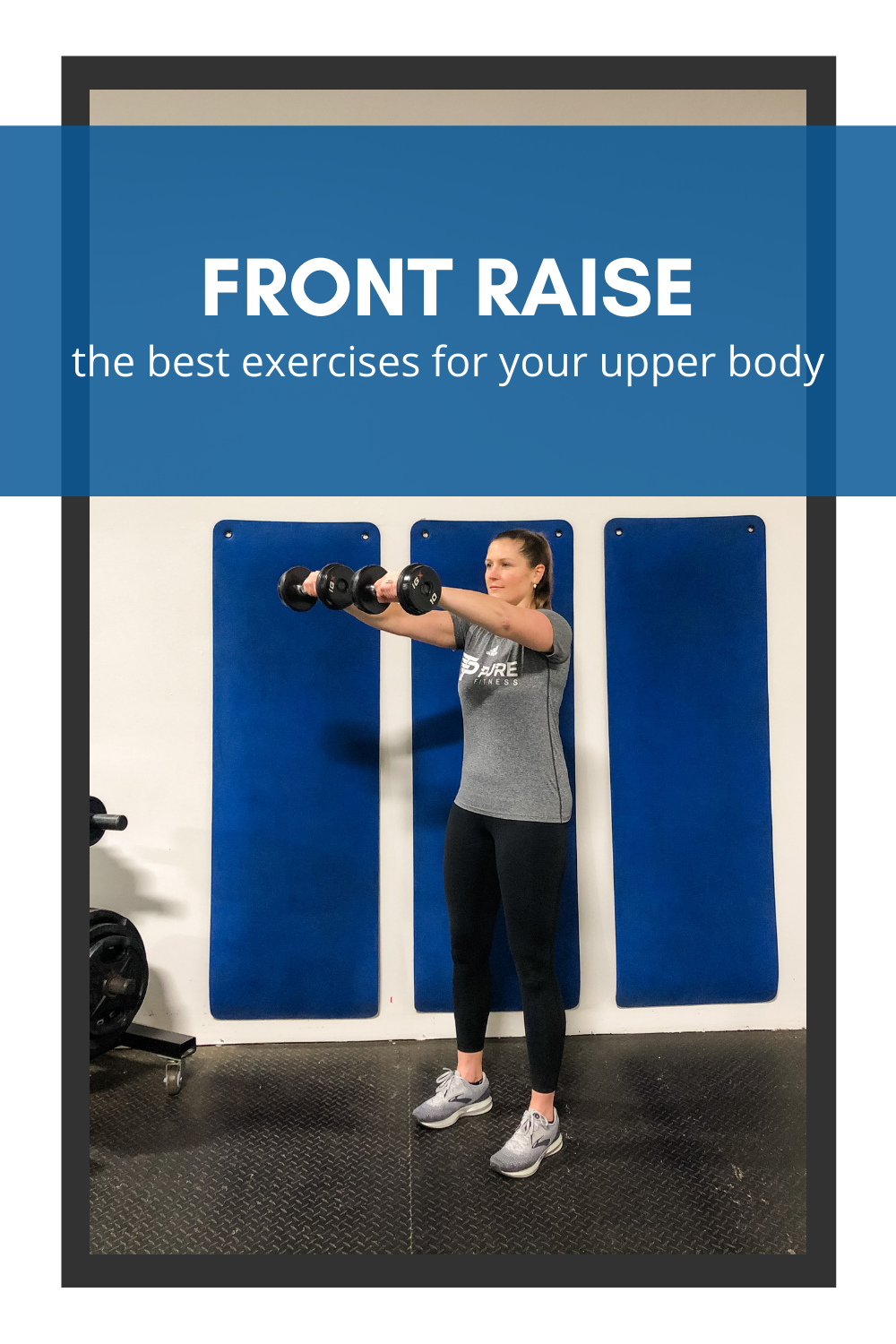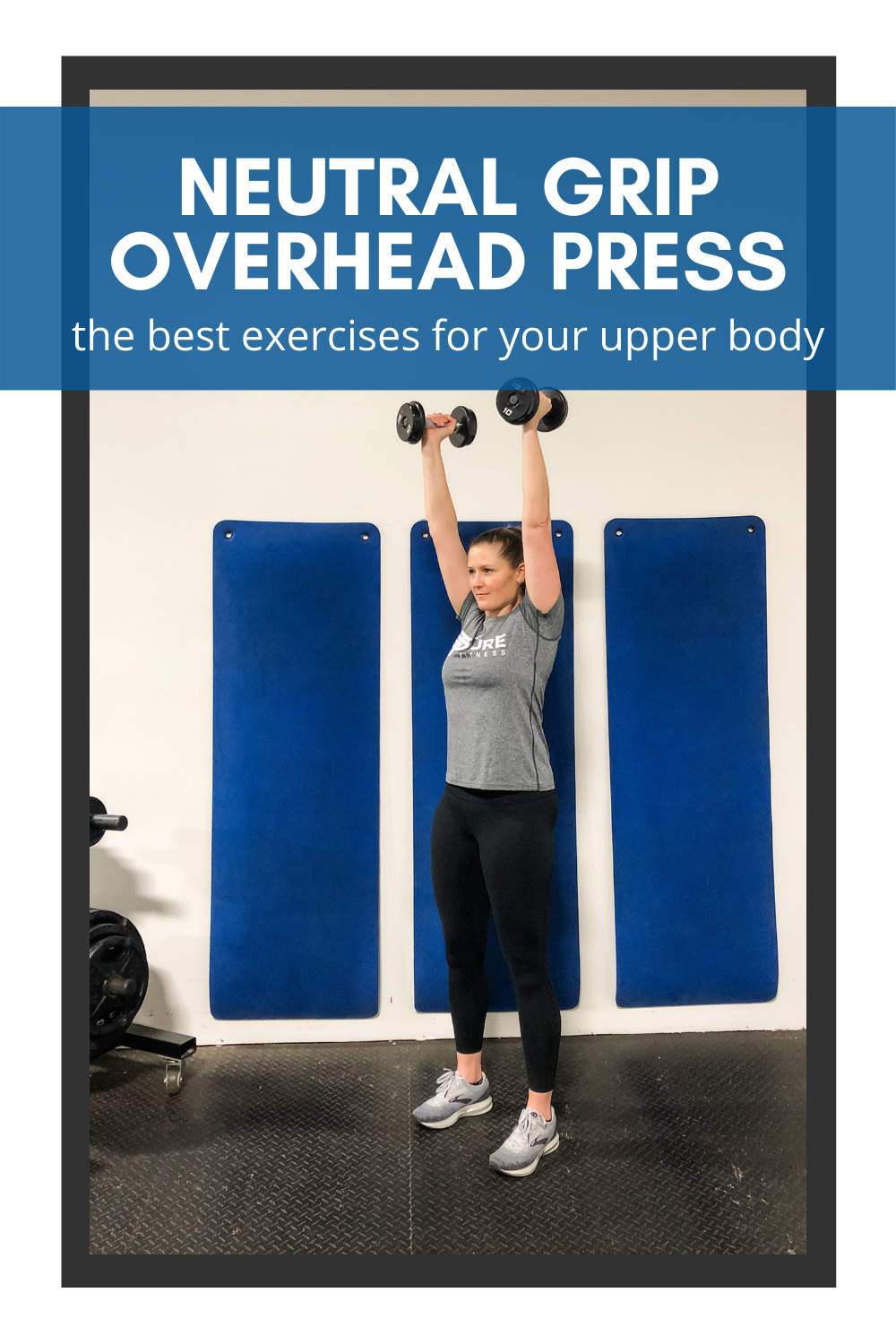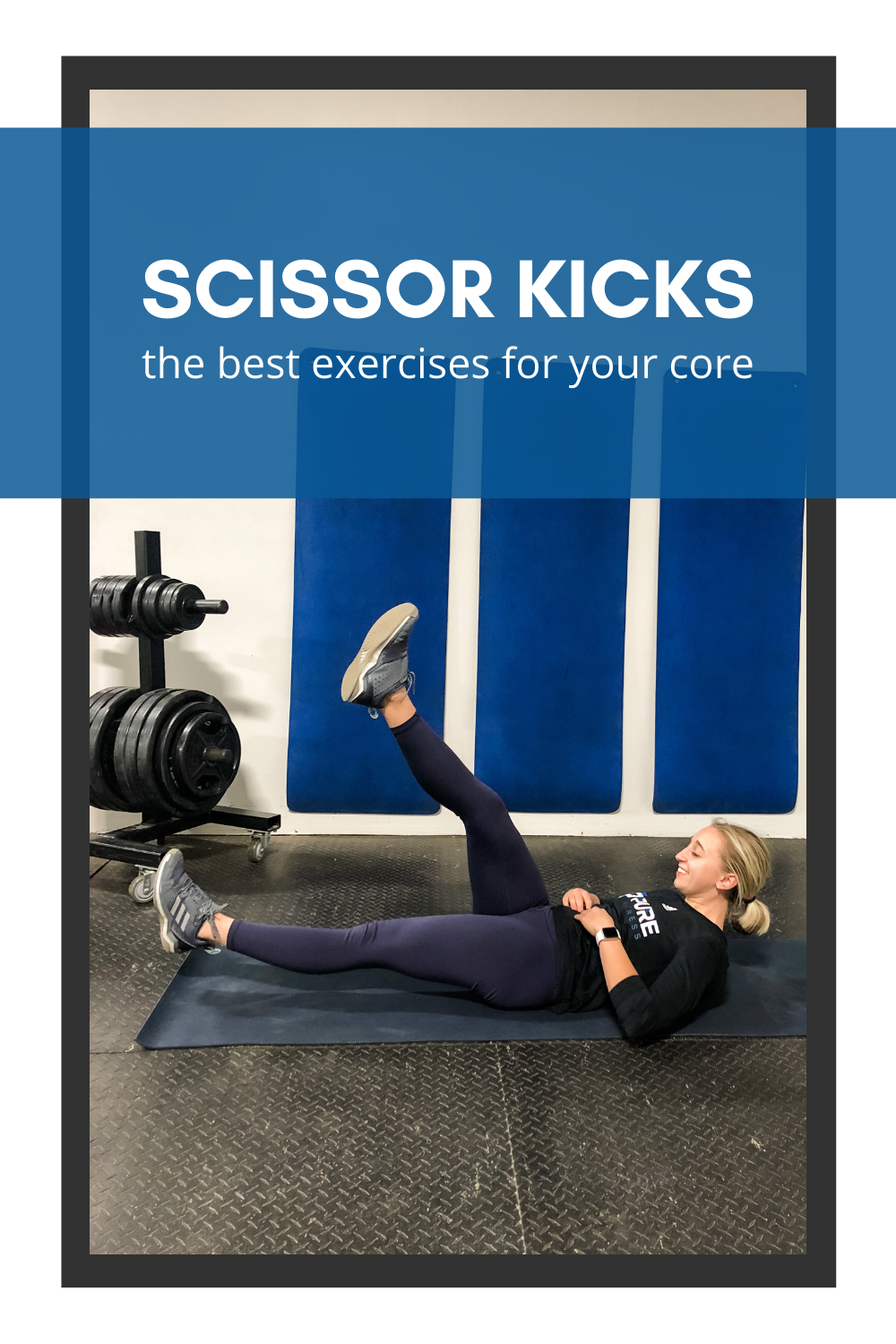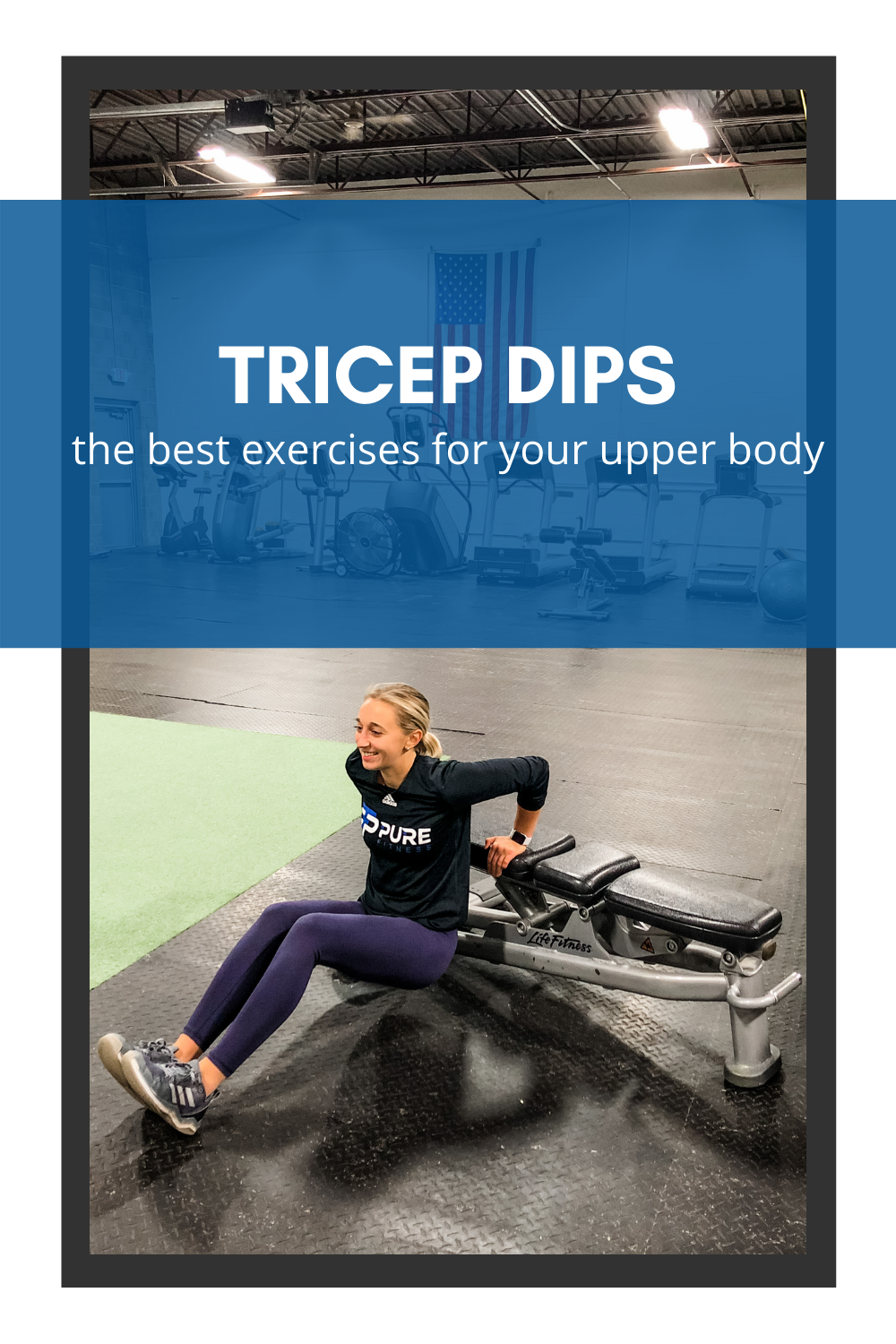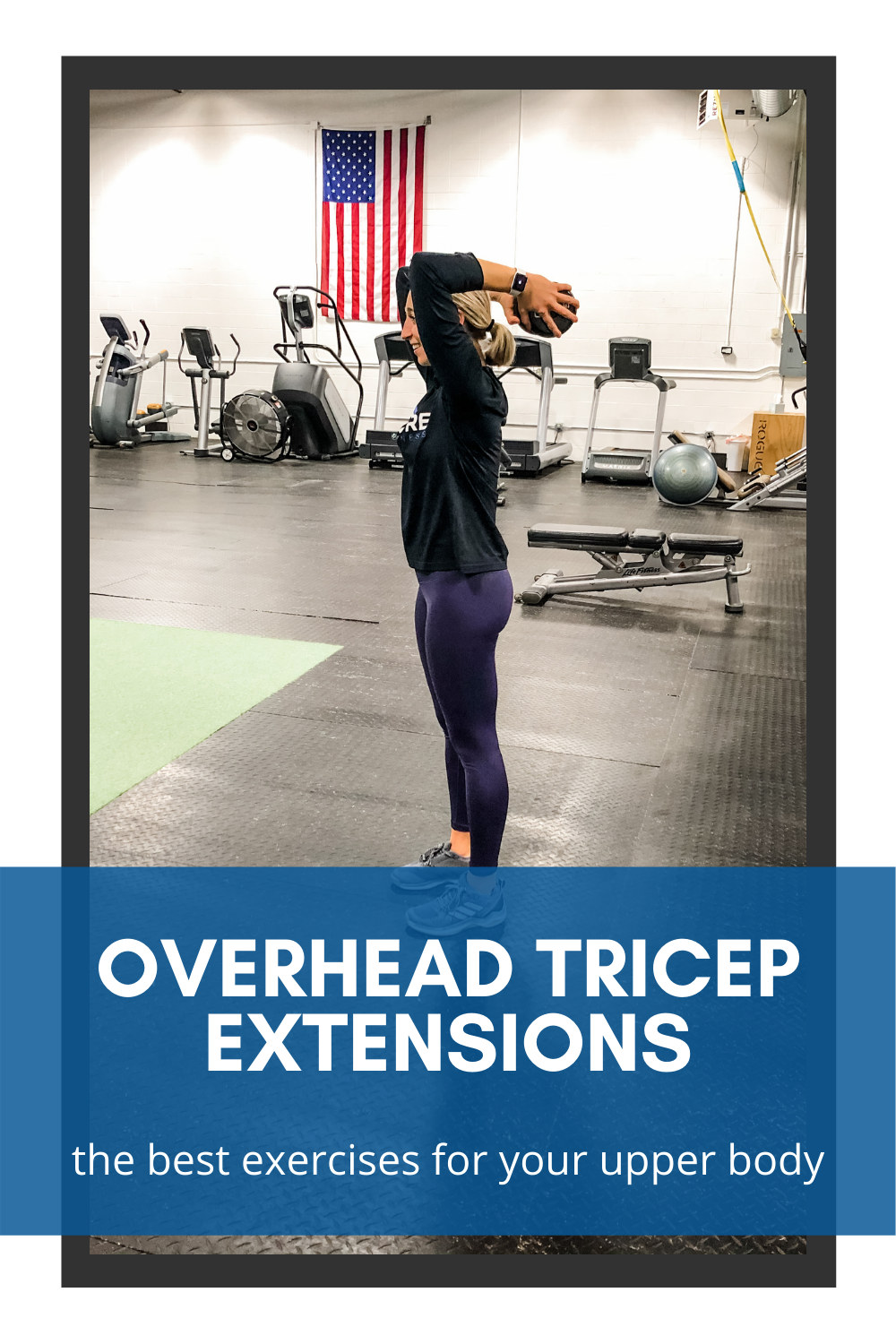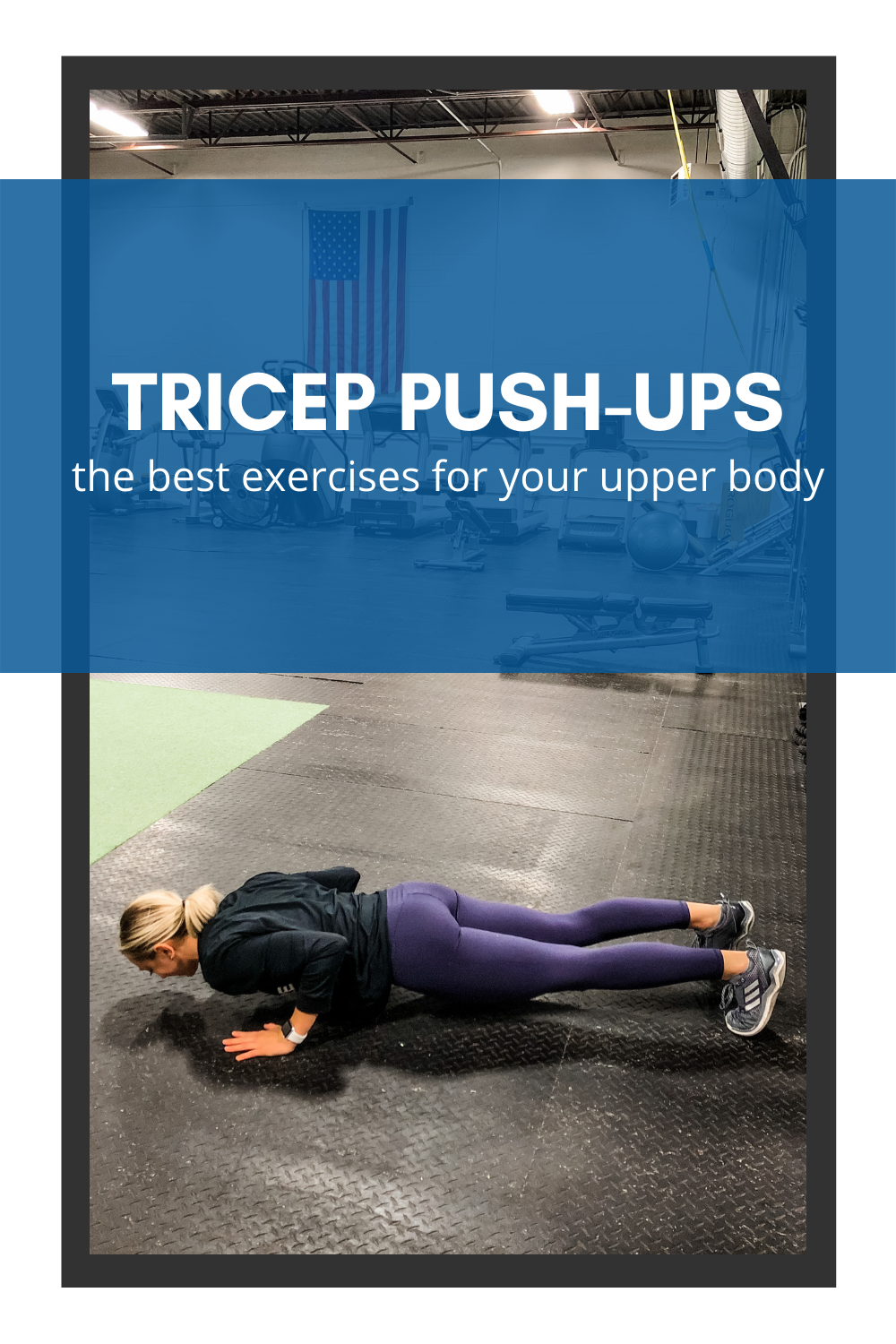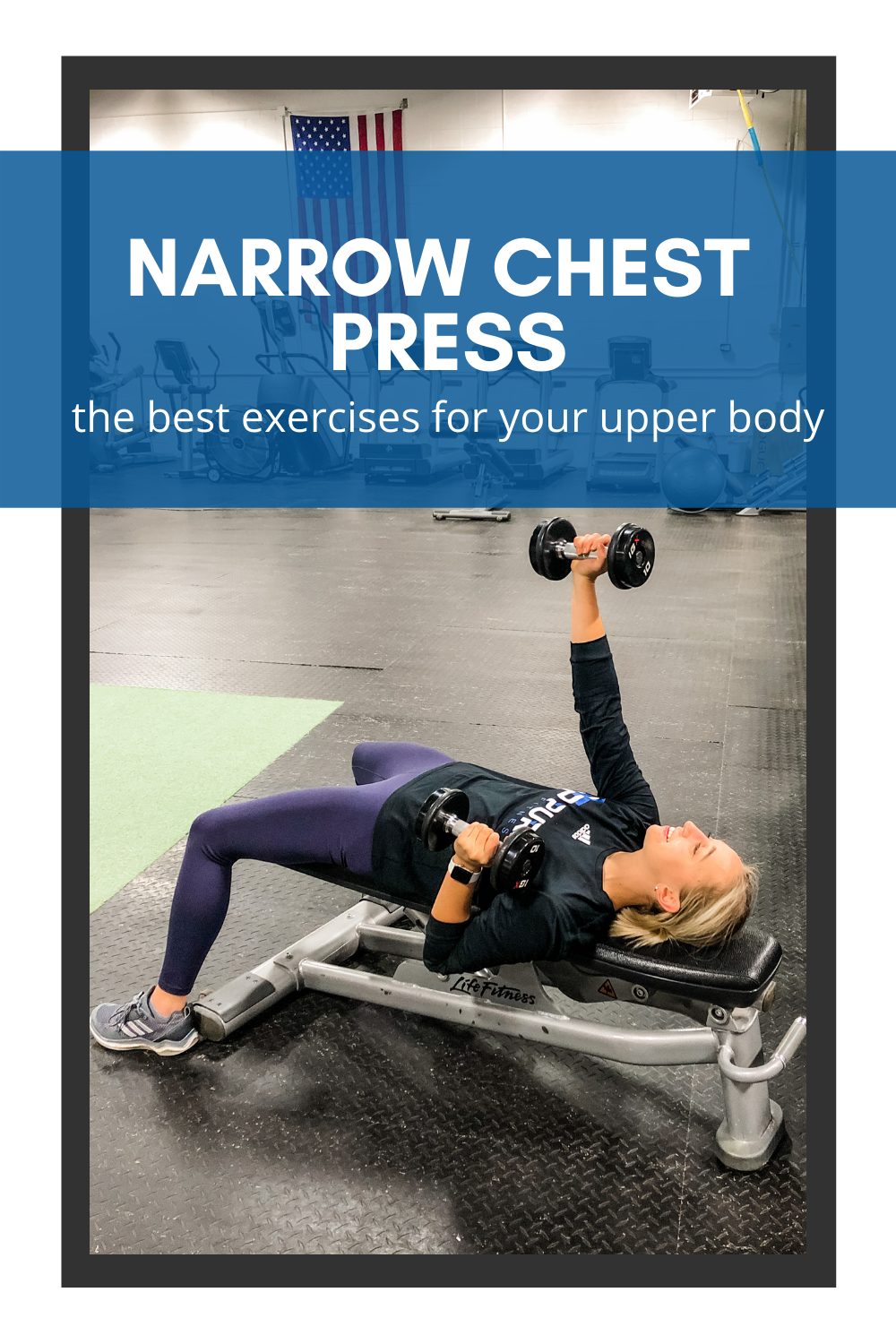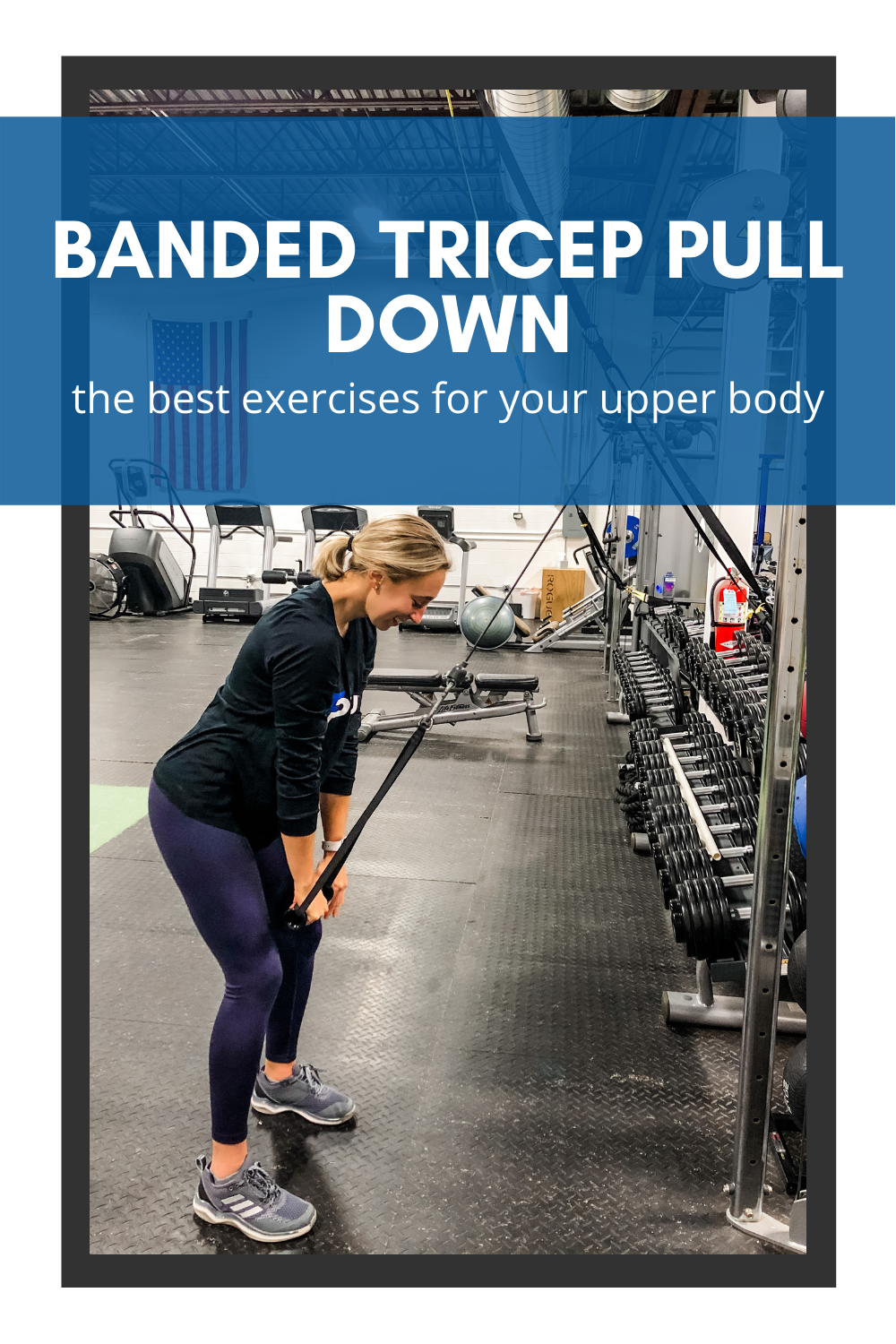Are you looking to transform your body, boost your fitness, and achieve your health goals without the need for expensive gym memberships or fancy equipment? Look no further! I have an amazing solution for you, my Bodyweight Workout Program. In today's fast-paced...
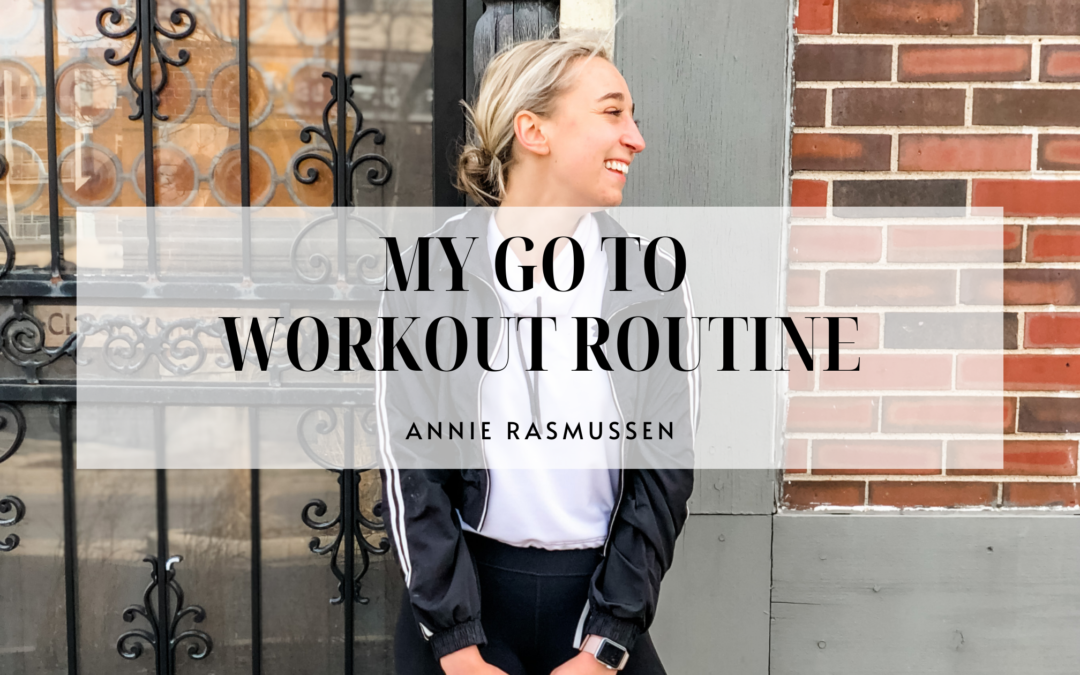
MY GO TO WORKOUT + TIPS
We have all been lost in the gym before. You start working out again, sign-up at a new gym or just don’t have your mojo. You don’t really know where to start. And it can be extremely intimidating to walk in and see everyone with their planned-out routines. They take up an entire set of dumbbells and are spread between 4 pieces of equipment. You can feel their judgmental eyes. At this point you are about ready to grab your things and head right back out the door.
Being a former athlete, I was so used to people telling me exactly what to do in the gym. Everyday I was surrounded by my teammates in our own weight room. So when it came time to work out on my own in a public gym I found it extremely intimidating. Even as an educated trainer, I still felt like I was invading on others’ territory. So how did I get past this?
Honestly, I needed direction. Even after a couple weeks there were days where I still didn’t feel confident going to the gym. But, having a plan and belief in my plan was the key to feeling confident. I want to help those of you that are currently facing the gym phobia. I want to give you my best tips to walk into the gym energized and ready to crush the workout and my go to workout!
My top tips for surviving the public gym

Scope it out before hand
This can be through a tour or just check out everything when you sign-up. Think about how you would use the gym. Having a good idea of where you are supposed to put your stuff, where all the equipment is and where to shower are going to be very helpful in making you feel comfortable!
PRO TIP: Try and do this step around the time you will be going into the gym so you can see how busy it is!
Find comfort in what you can control
Wear your favorite outfit! Put on your favorite song in your headphones. Put your hair in a cute braid. These seem small, but it can make a huge difference in your confidence heading into the gym. If you are comfortable in what you wear, it makes one less thing you need to worry about.
Here’s my favorite to the gym outfit.
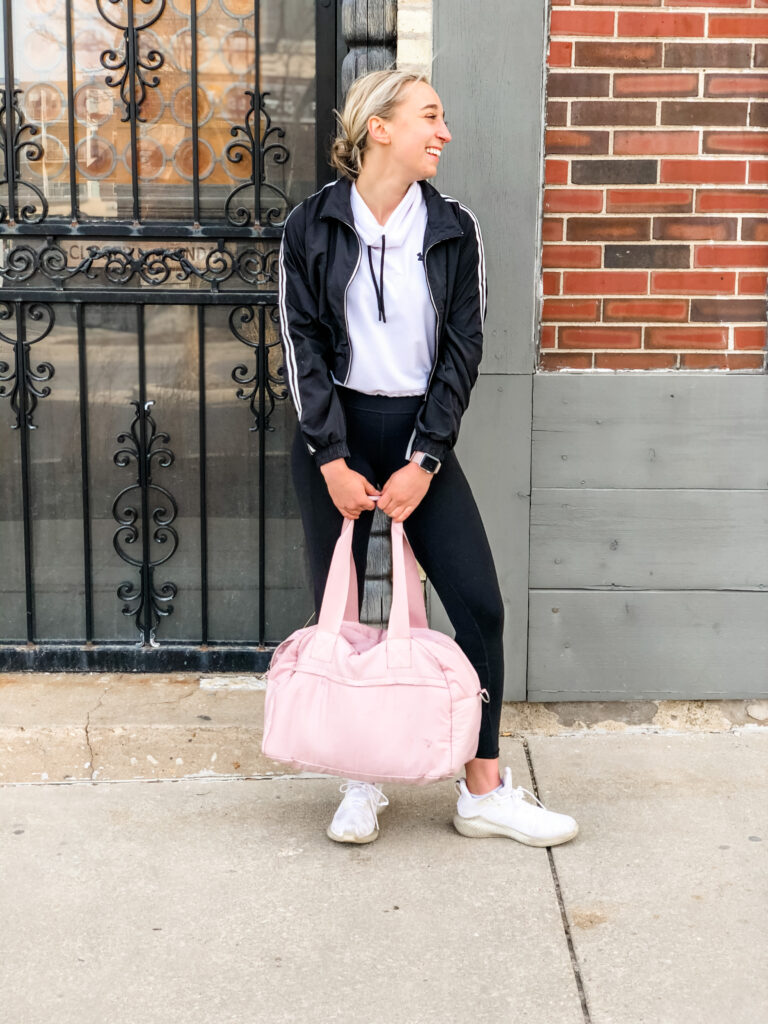
I may earn a commission off of some of these links. There is no cost to you and your support is appreciated!
SHOES | LEGGINGS | JACKET (similar) | TOP (similar) | BAG (similar)
Start with something familiar
You should be doing a warm-up, so use it as an opportunity to get your mind ready for your workout. I usually like to start with either a walk on the treadmill or a muscle activation series on a mat.
But starting with something familiar will help settle any nerves you may have. They can also give you an ability to scope out the gym and find an area you will be most comfortable working out in.
If I am using the treadmill I typically do a 3-5 minute warm-up of a light to increasingly moderate pace. And when I do muscle activation I focus on glutes, core and posterior shoulder activation to help ensure those muscles are awake and ready to work.
Have a plan
Whether it is writing your workout on a piece of paper (check out our fitness + lifestyle journal), keeping it on a note on your phone or there are even apps to help track your weights and exercises! Having this readily available will help you feel confident in flowing from exercise to exercise.
Because equipment is limited in gyms, it can be difficult to always use the piece of equipment you want at the time you want. Being flexible in the order of your plan can help you get the entire workout done without feeling stressed.
You can download 5 favorite core exercises and our best glute exercises by clicking the links. They are a great place to start if you aren’t sure what to do the next time you are in the gym.
Read on to see what workouts you could try out at your first time at the gym!
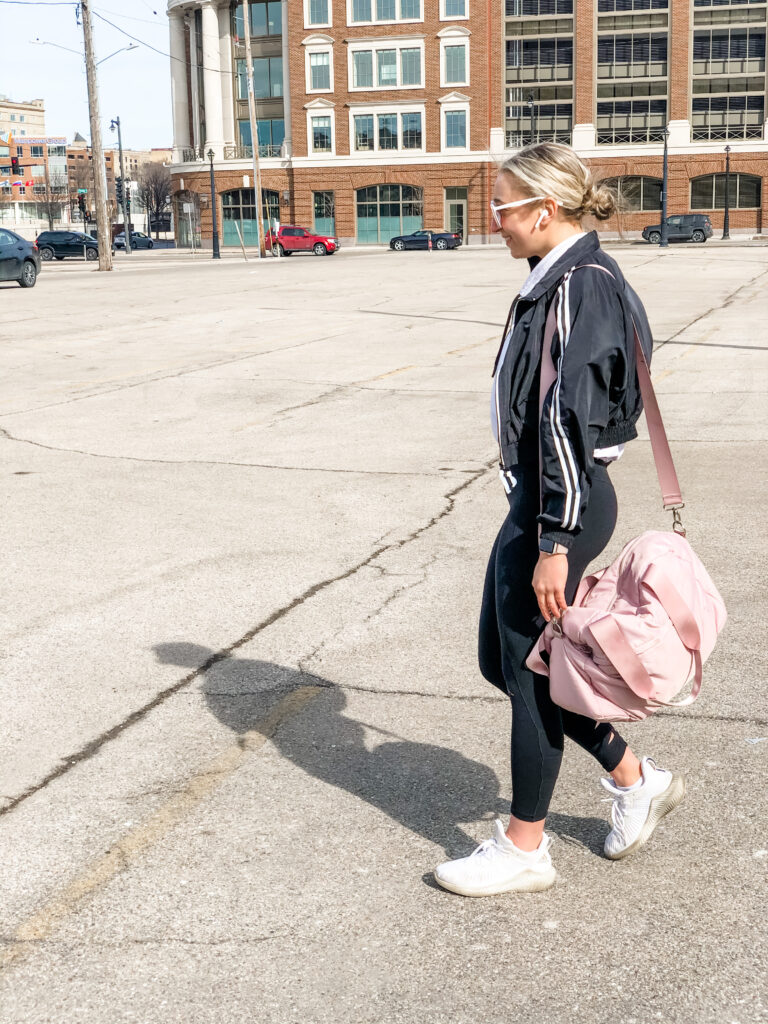
Remember Your Why
When you’re in a gym full of people, it is important to remind yourself why you came to the gym to workout in the first place. Is it to impress the others around you? Is it to look like you know what you are doing? Is it to wear the cutest outfit for an Instagram post?
Most likely your answers to these questions are no. Most likely you are going to the gym to stay healthy and do what is best for your body. That goal should be reflected in your confidence walking into the gym. You are working out for you!
Sometimes finding your why isn’t as easy as everyone wants to make it sound. So if you are struggling check out how you can use the enneagram personality assessment to get more out of your workouts. I love personality assessments because I believe that they can help us better understand ourselves and get the most out of ourselves.
MY GO TO WORKOUT
This is my go to workout when I need something to fall back on. Contrary to what people think, trainers also struggle with consistency. So this workout addresses key areas of the body while still being challenging.
I have laid out here a workout plan of 6 exercises with the same piece of equipment! I tried to keep it to mostly using one or two free weights so that when you get to the gym you do not have to mess with any machines.
A lot of times I have found that the dumbbells can be really crowded at the gym. I tend to drift toward the kettlebells because they are rarely taken and still have a variety of weights. You can still do a lot of great exercises using a kettlebell and just some space in the gym!
The workout below can be great for a total body workout, but if you want more cardio you can always hop on the treadmill or machine of your choice in between sets. I go for 3-5 rounds of all the exercises depending on how I am feeling and time. Give this a try the next time you are in the gym!
Even when you feel intimidated, lost or confused at the gym, keep in mind that you are there to better improve your health and wellness. Working out is done by you and for you, so don’t let others at the gym dictate how your workout goes!
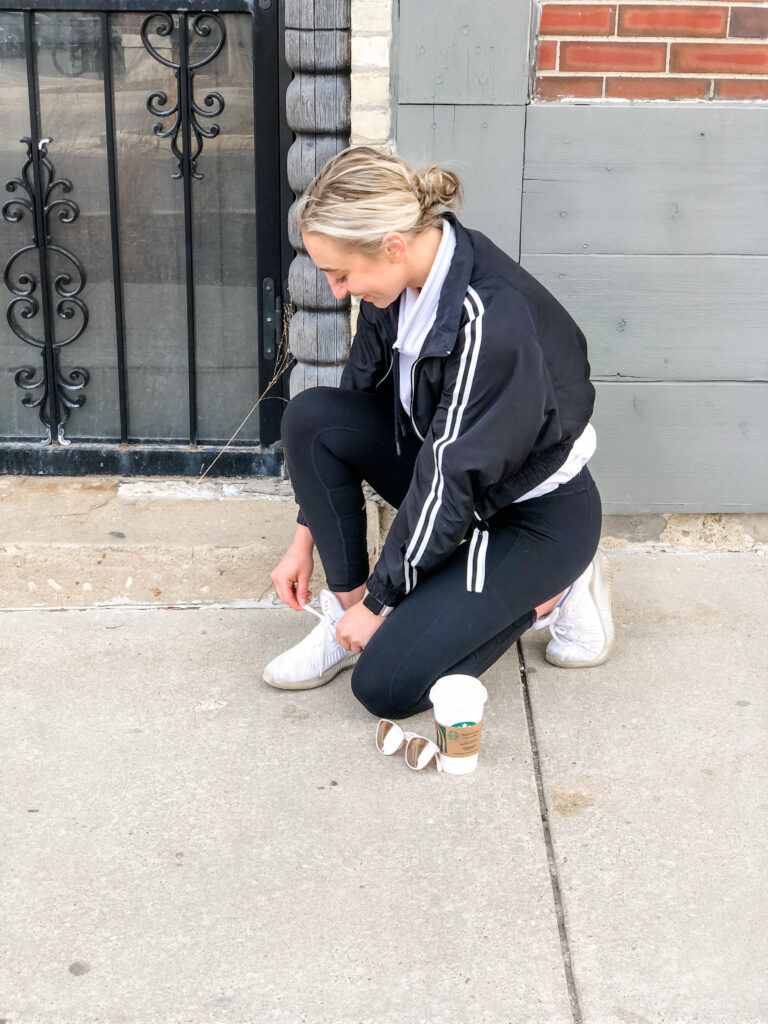
Unlock Your Full Potential: The Bodyweight Workout Program
Sculpt Your Goals: Dumbbell Only Workout Program
Are you ready to start a new workout program that focuses on building strength in a simple and effective manner? Then you are in the right place! My Dumbbell Only Workout Program is your answer to achieving your fitness goals. Let's explore why my program is the...
3 Reasons to Own Your Own Training Business
Owning your own training business can be an exciting and yet overwhelming thought. But ask yourself... Are you committed to the long term? Does passion and knowledge fuel your desire to work with clients everyday? Are you looking for more career advancement...


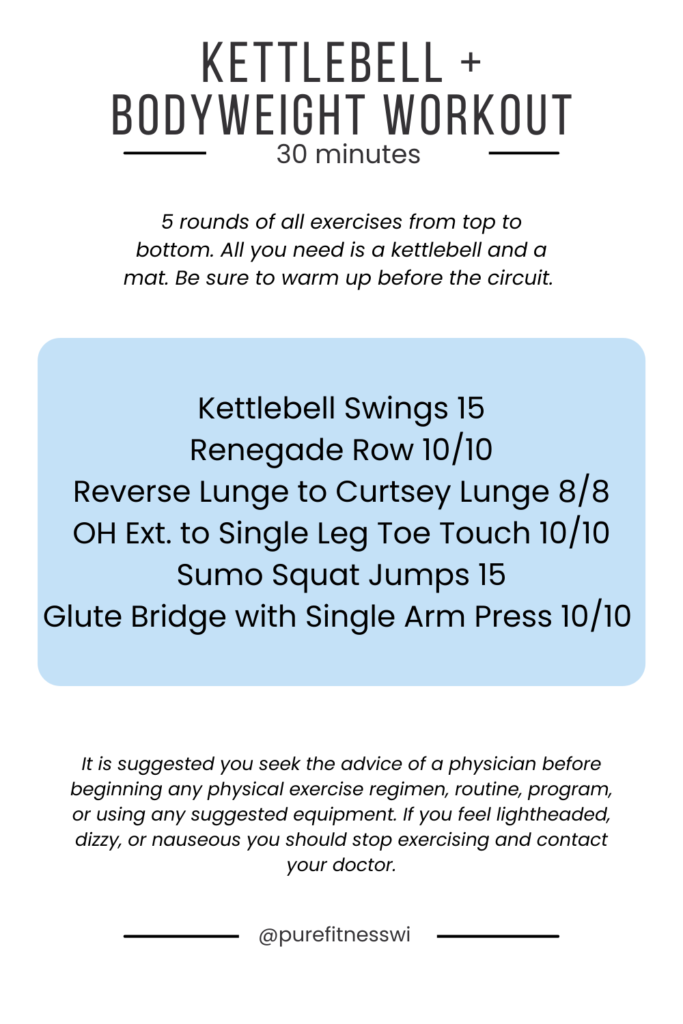

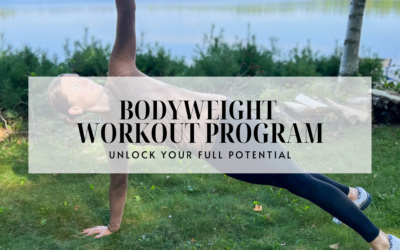
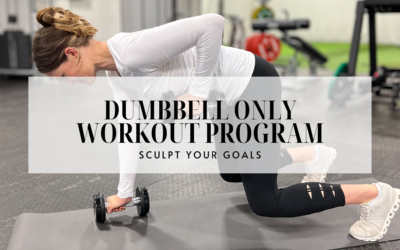
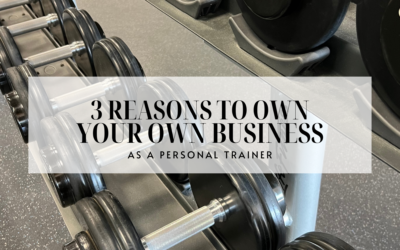




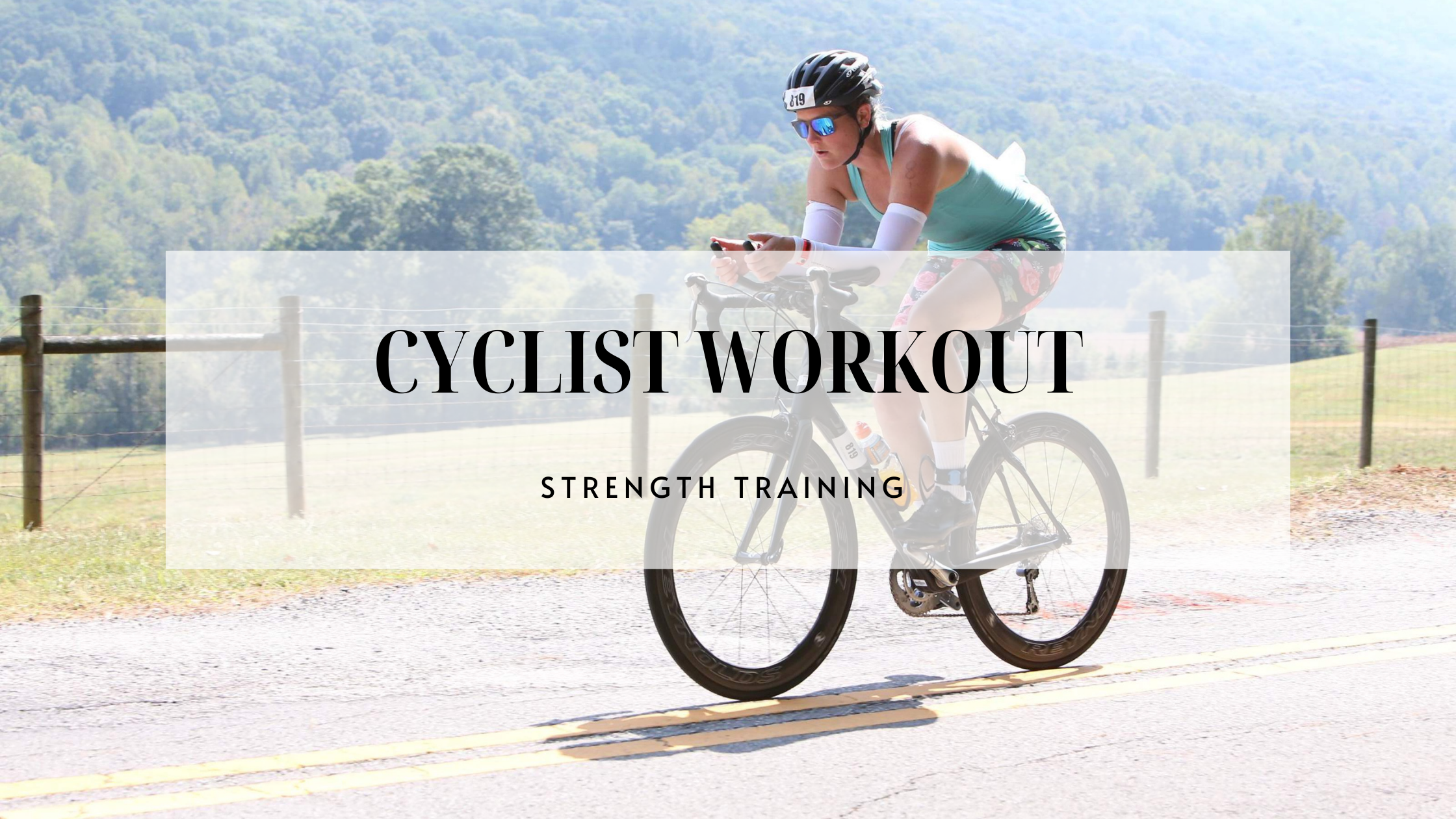
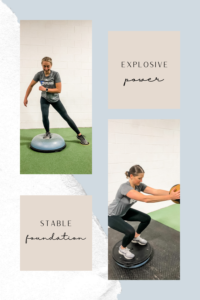 Here is the number one reason competitive cyclist need to strength train. PERFORMANCE. It doesn’t matter if you are competing to win or competing to finish, strength training should be a mandatory part of your training plan.
Here is the number one reason competitive cyclist need to strength train. PERFORMANCE. It doesn’t matter if you are competing to win or competing to finish, strength training should be a mandatory part of your training plan.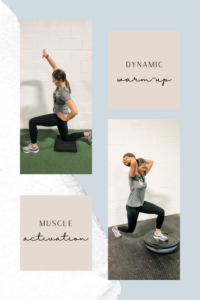 There are three common ways we are suppose to warm-up. Foam rolling, muscle activation and dynamic warm-up. Is one better than the other? Depends on who you ask.
There are three common ways we are suppose to warm-up. Foam rolling, muscle activation and dynamic warm-up. Is one better than the other? Depends on who you ask.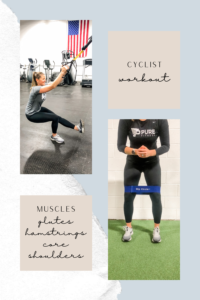 I have put together two strength sets, legs + core, you can try incorporating into your weekly training. My intention was to provide you a challenging program that can be done body weight or with resistance. You can also vary the repetition numbers based on your training situation.
I have put together two strength sets, legs + core, you can try incorporating into your weekly training. My intention was to provide you a challenging program that can be done body weight or with resistance. You can also vary the repetition numbers based on your training situation.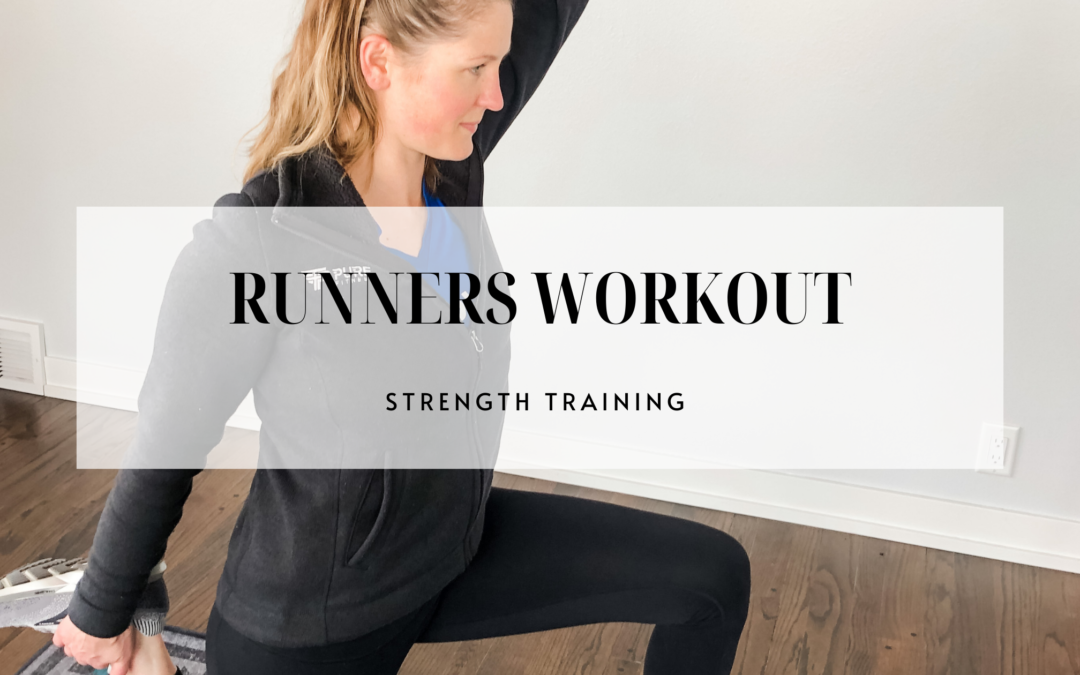
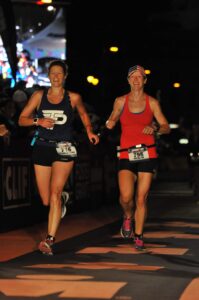 There are many reasons why runners and “non-runner” runners should be strength training weekly. But here are my top three:
There are many reasons why runners and “non-runner” runners should be strength training weekly. But here are my top three: